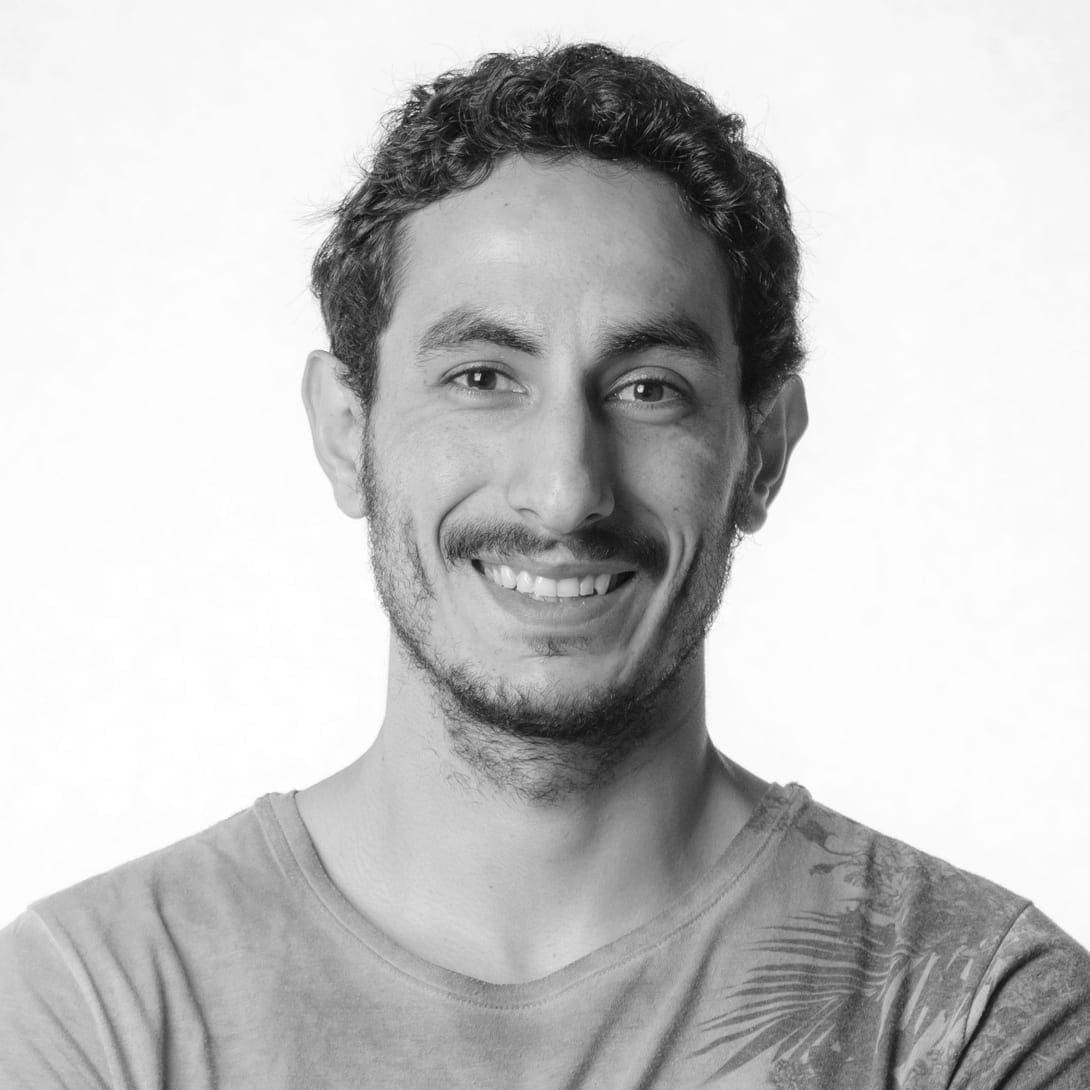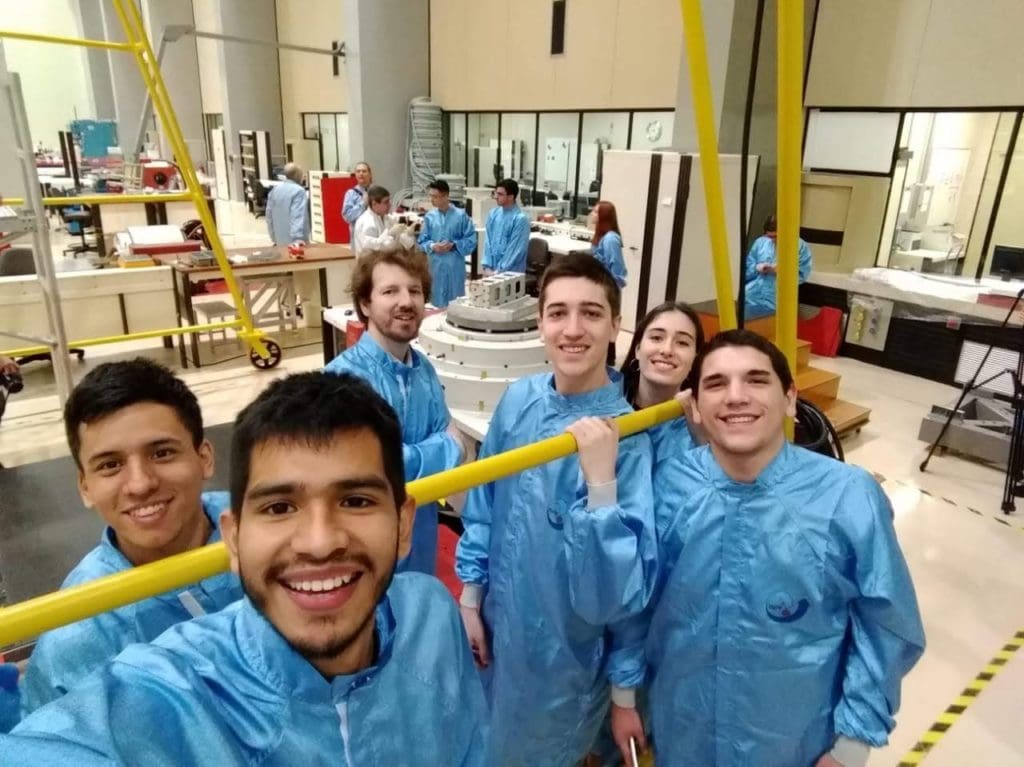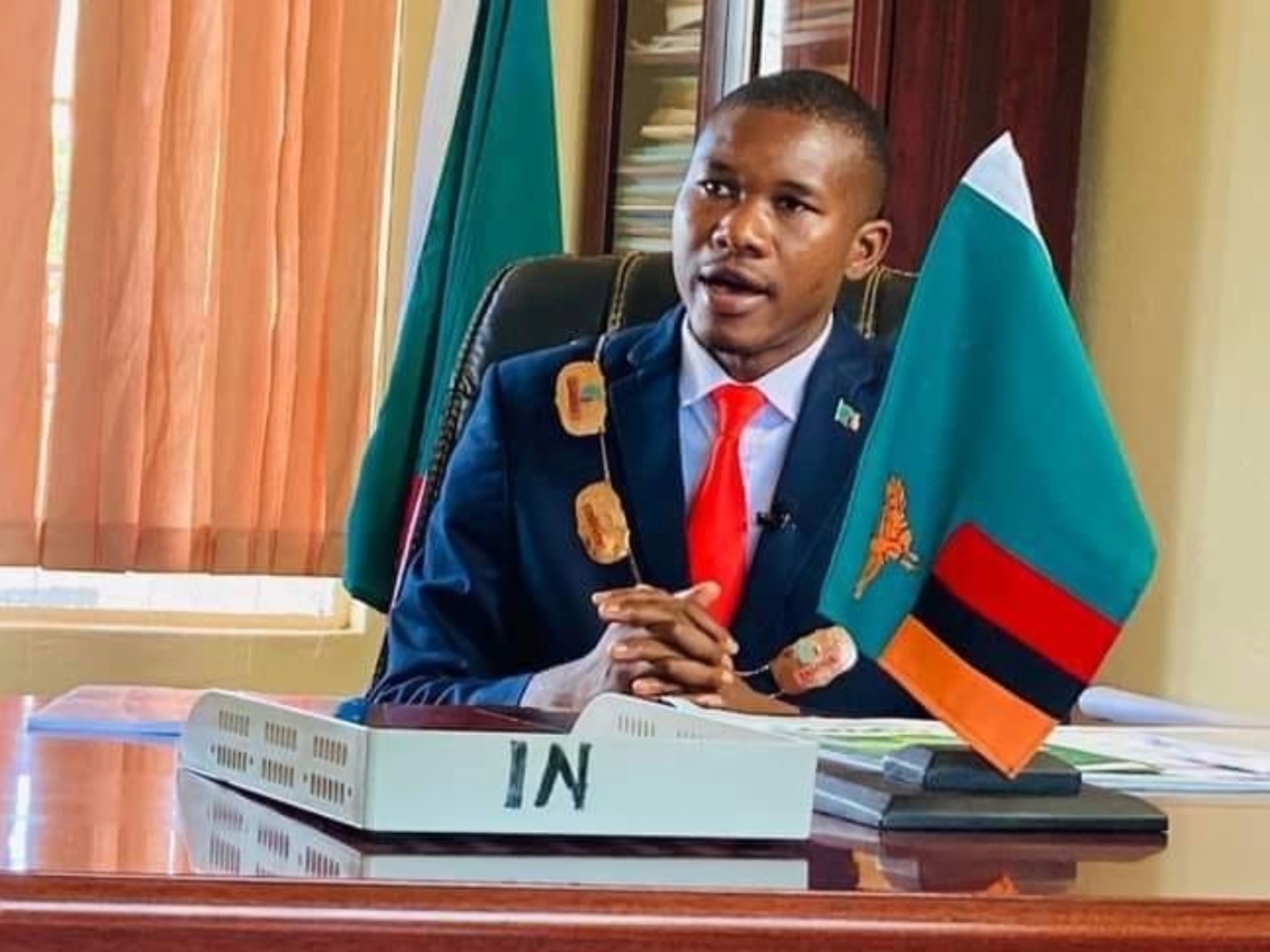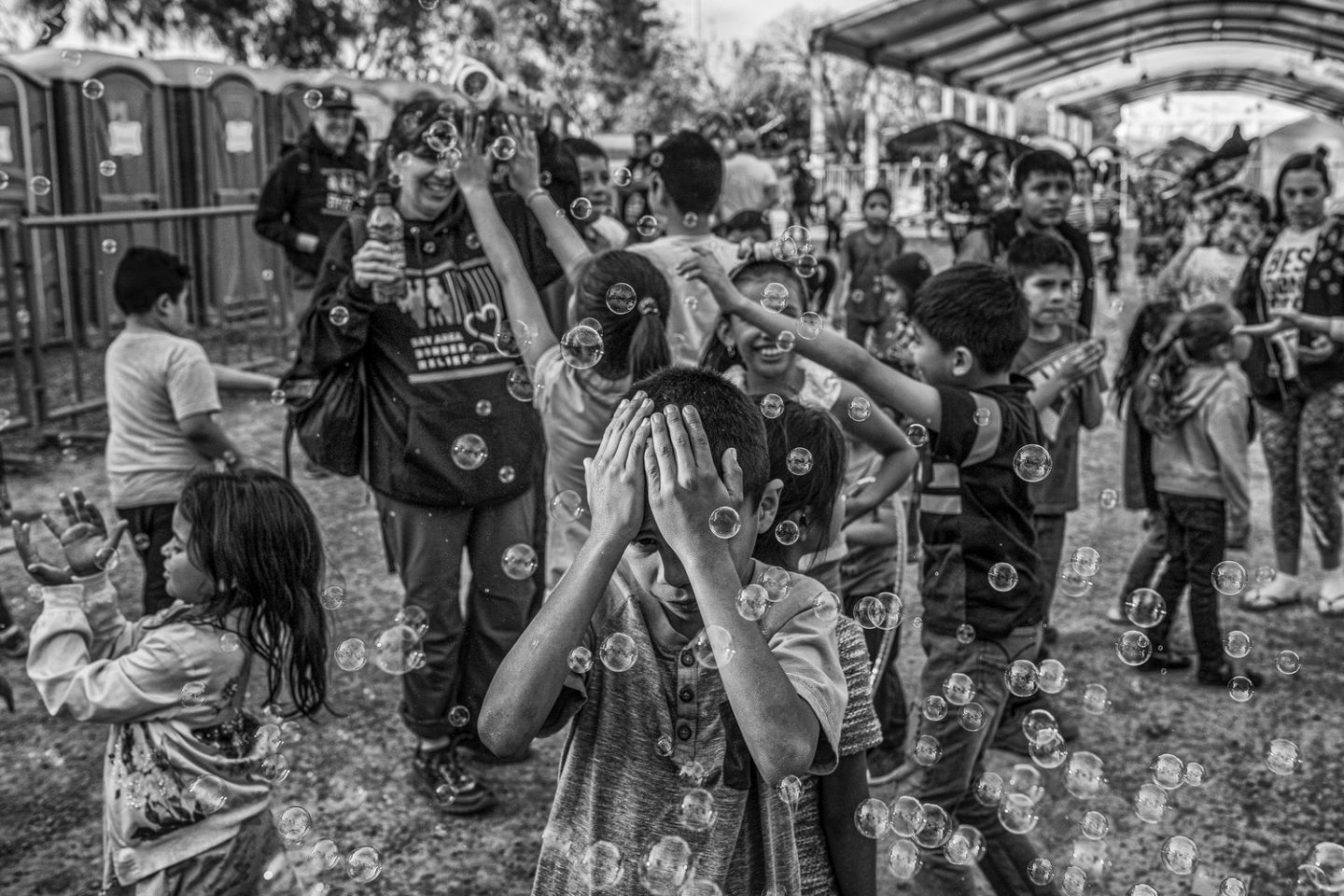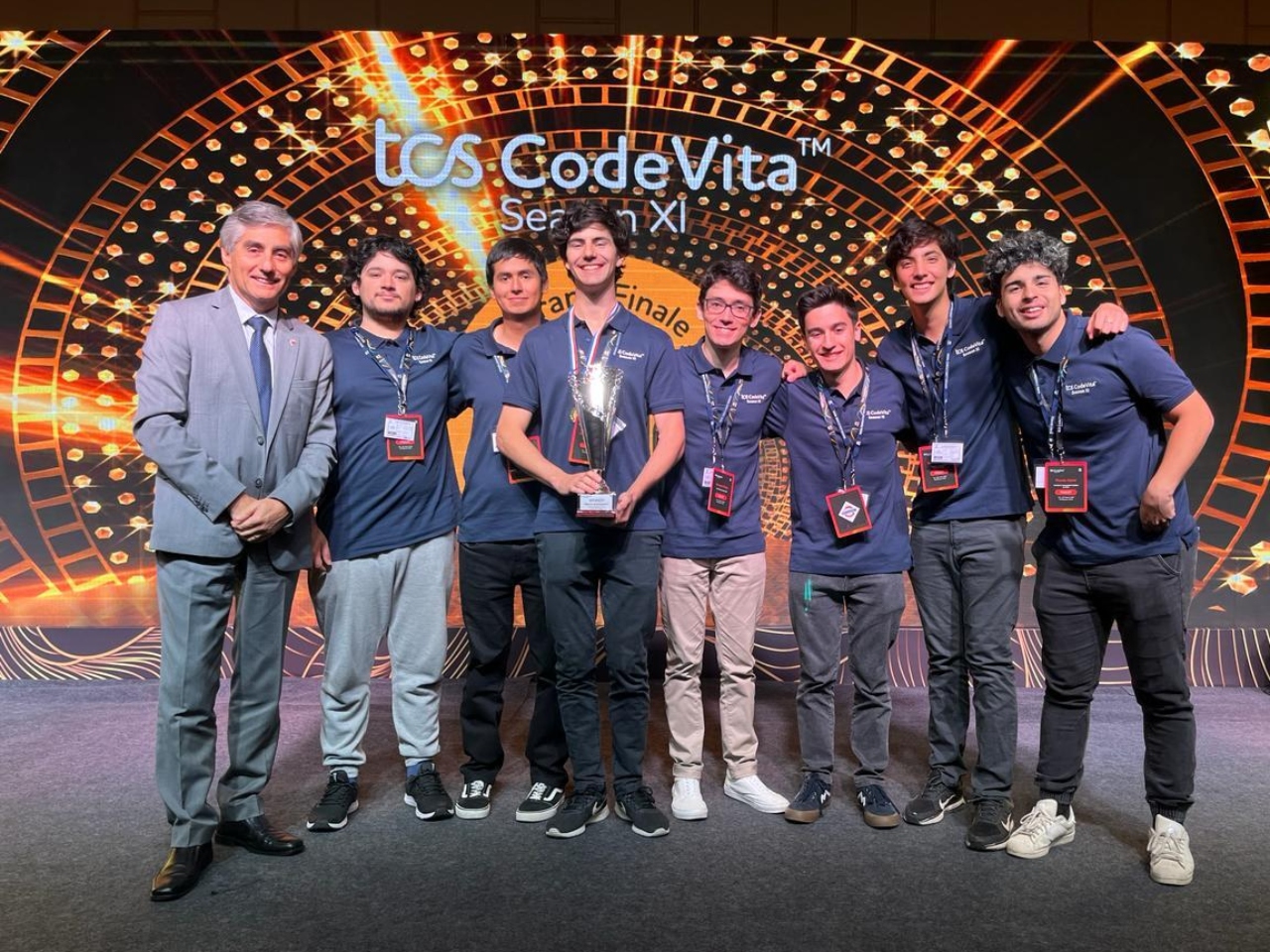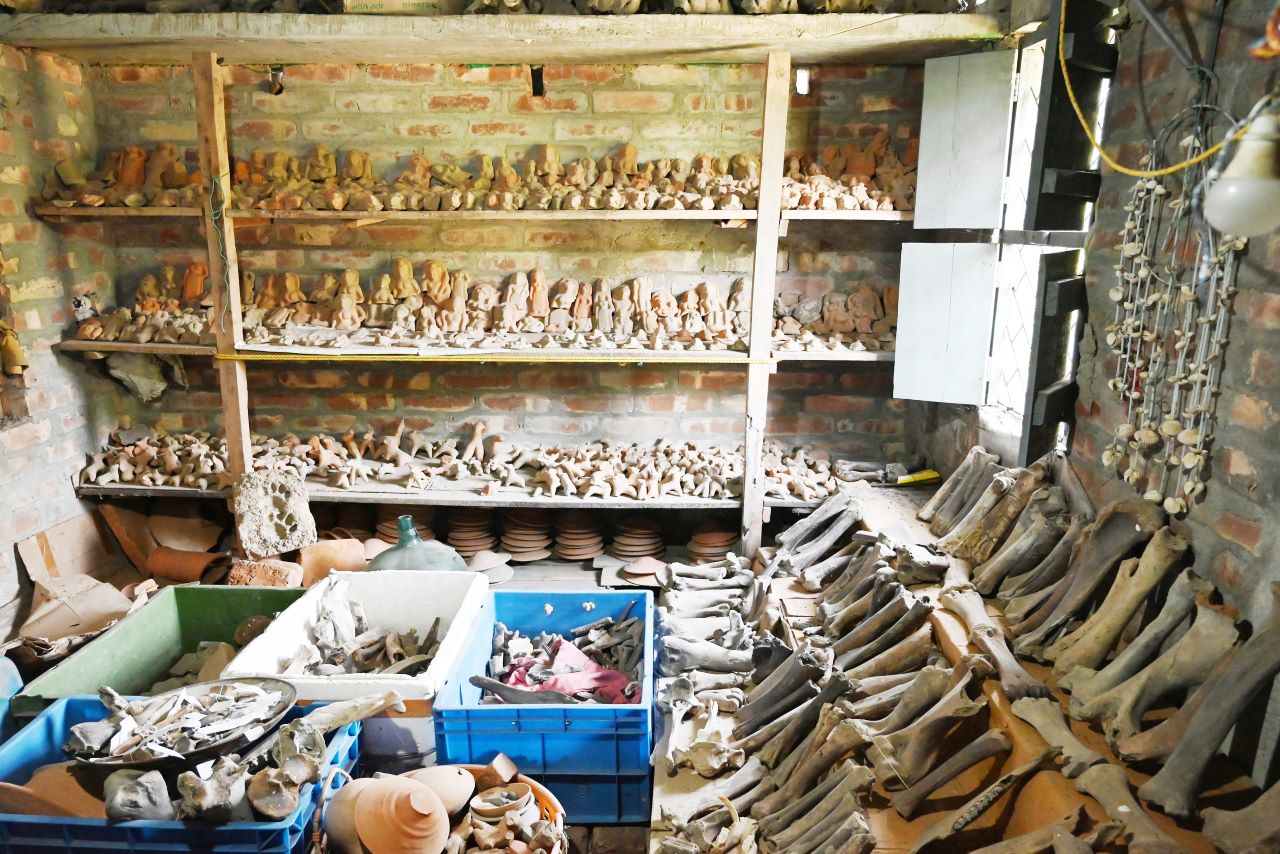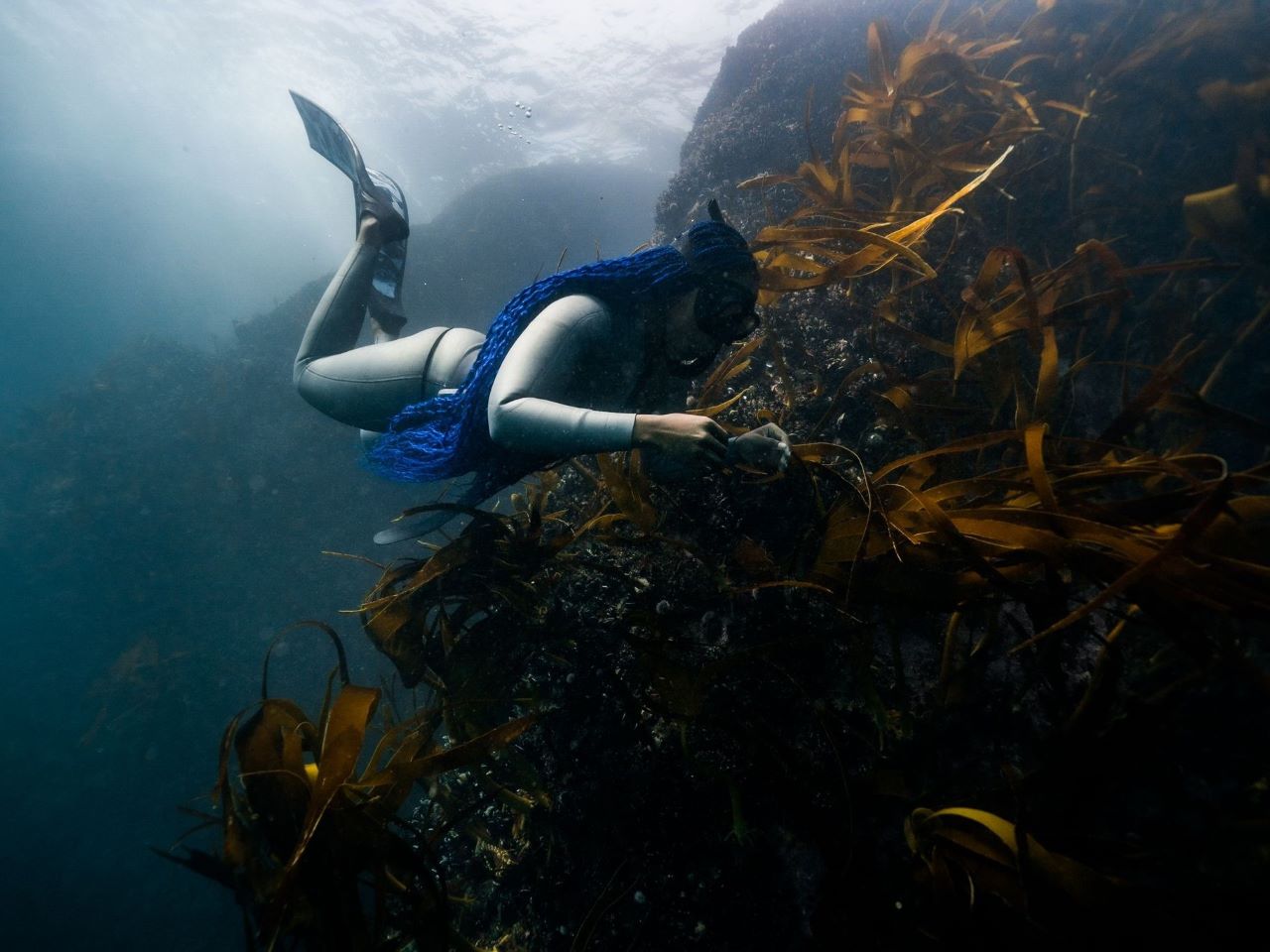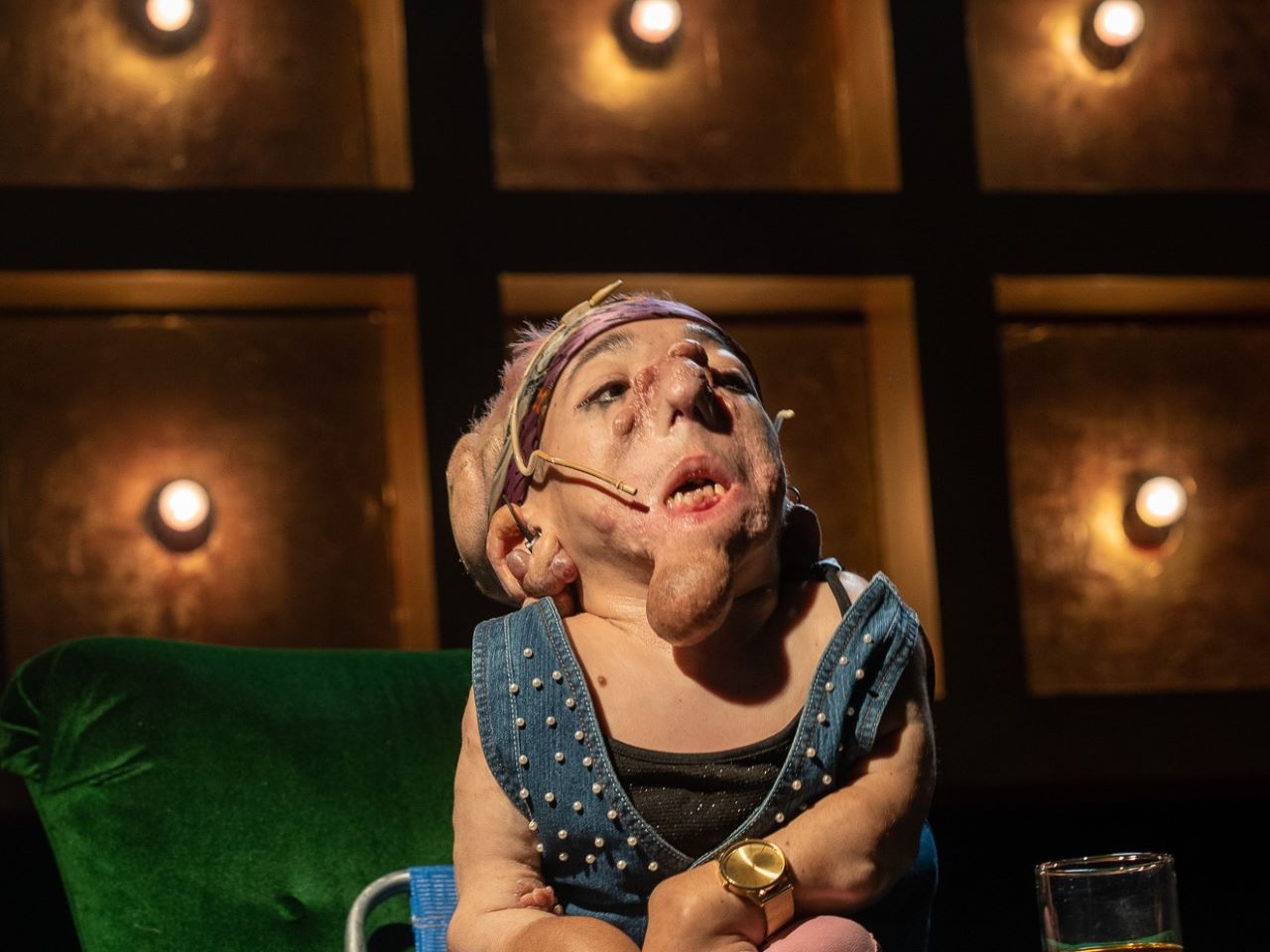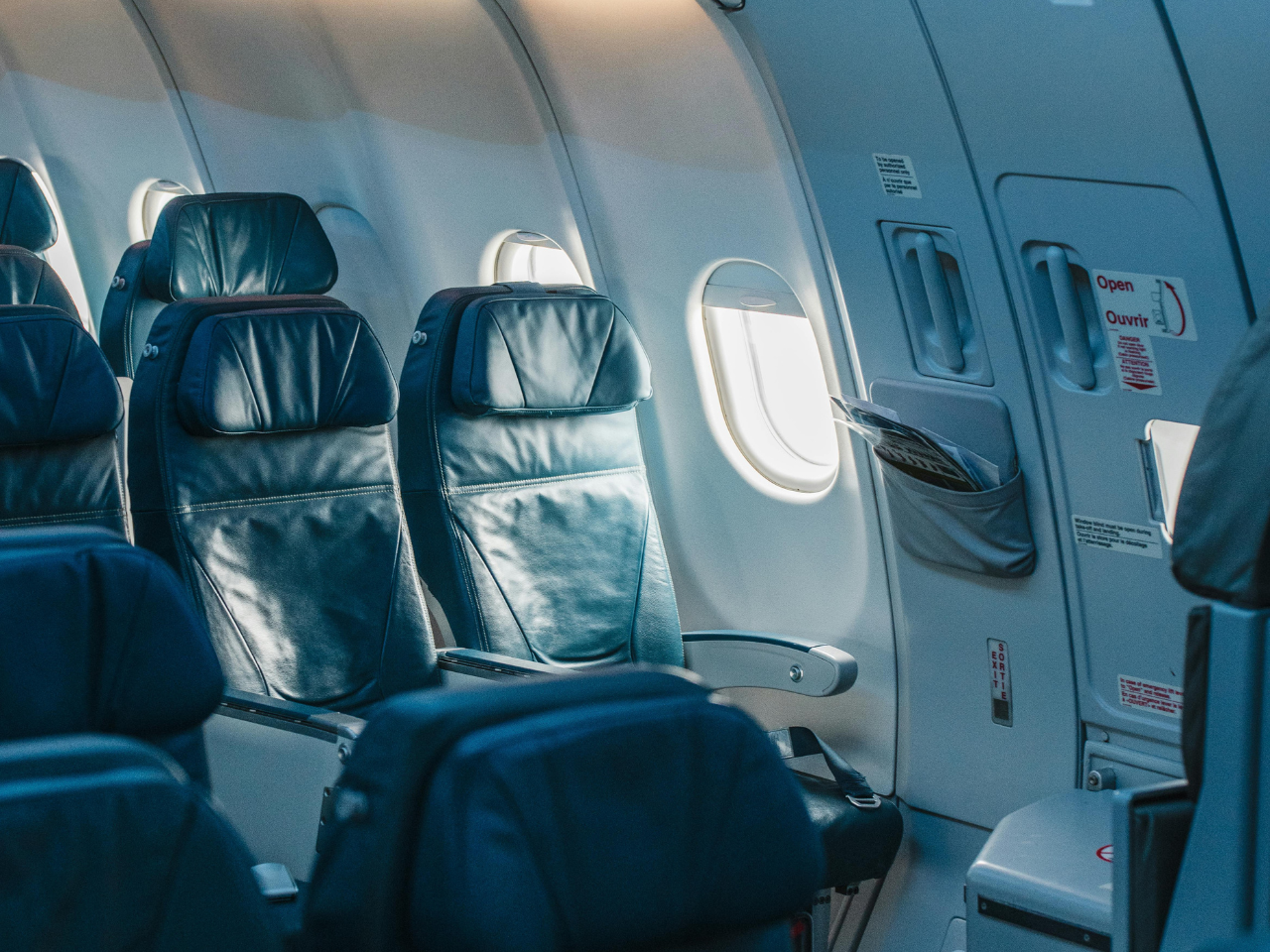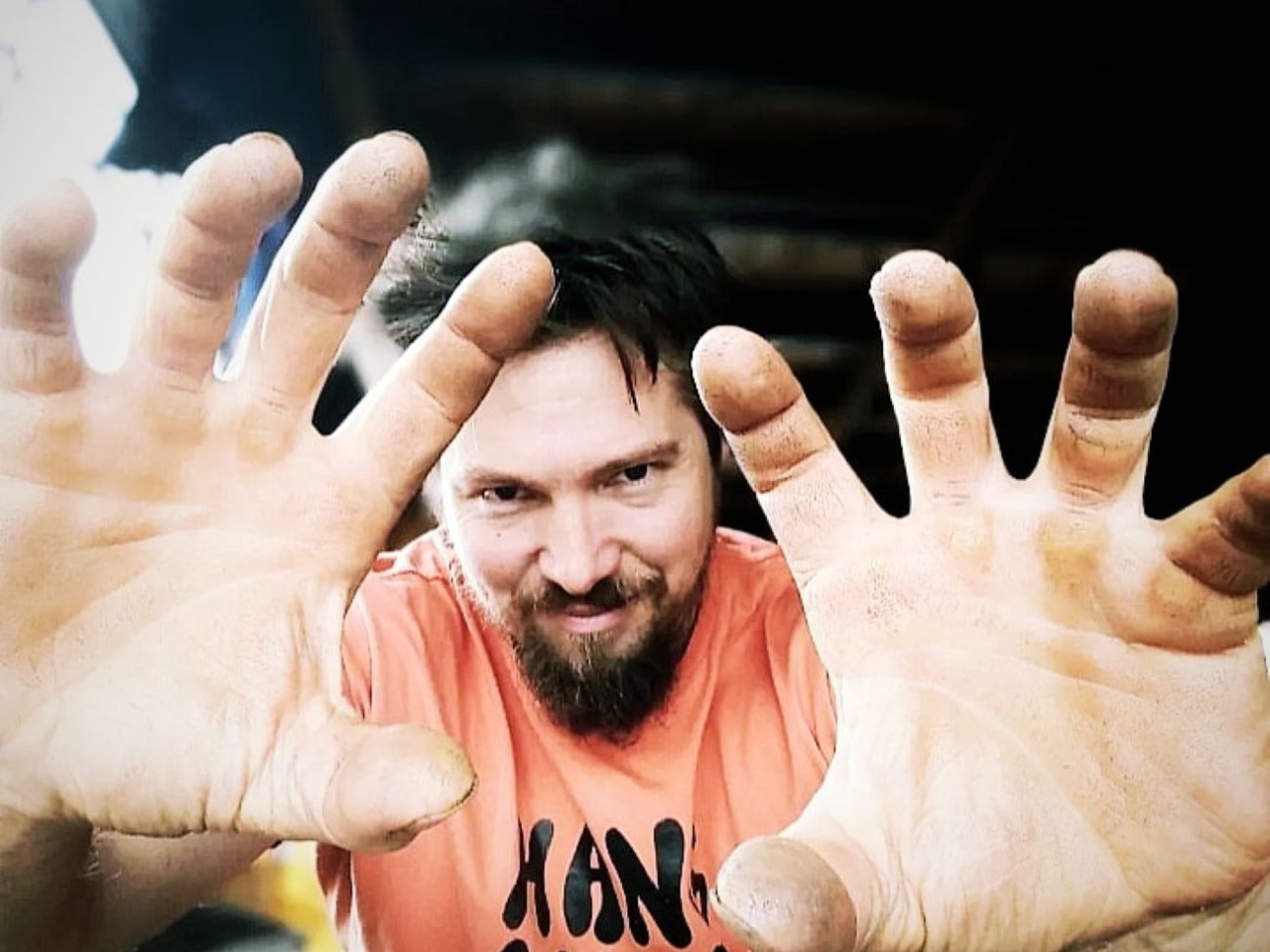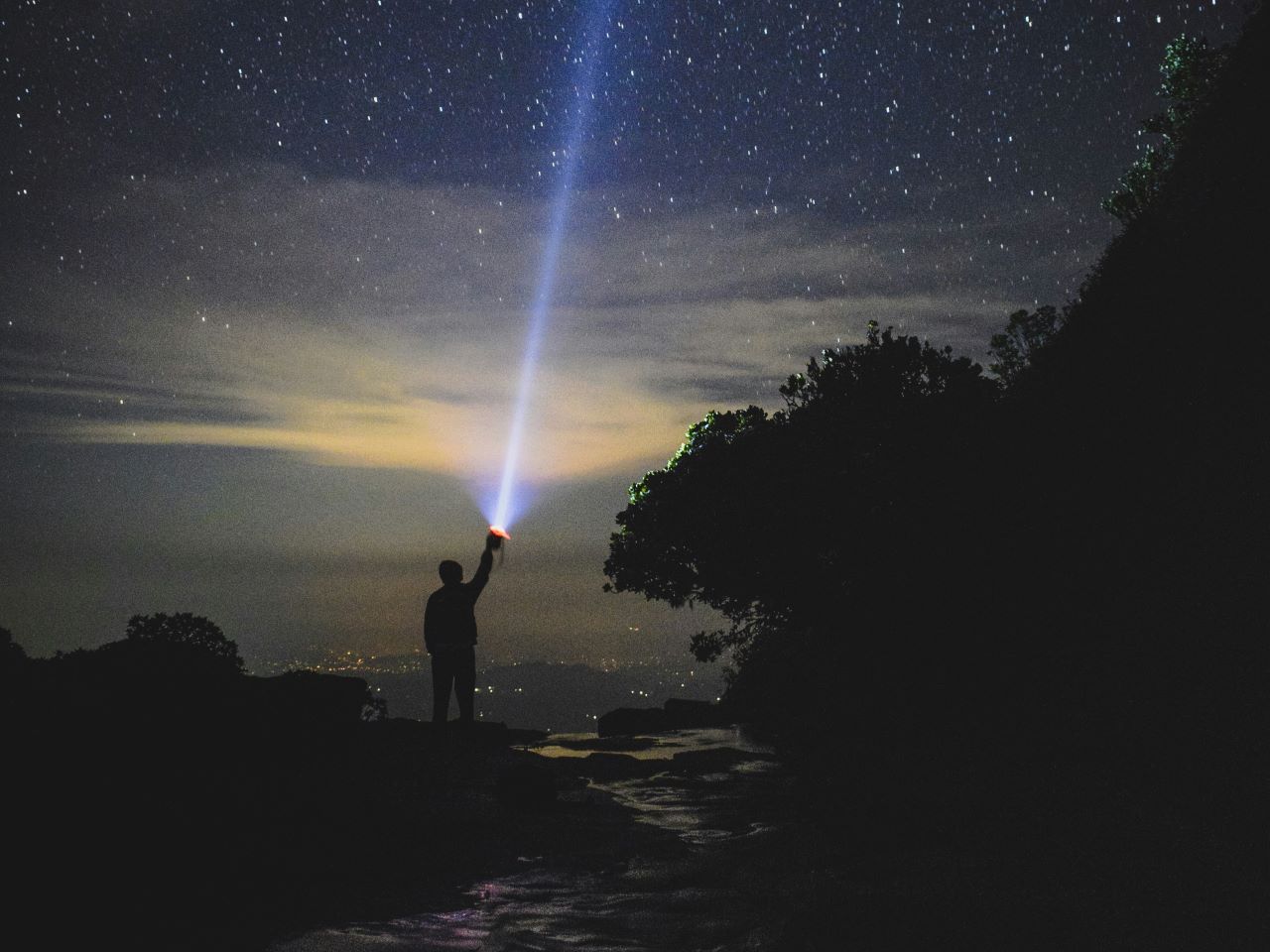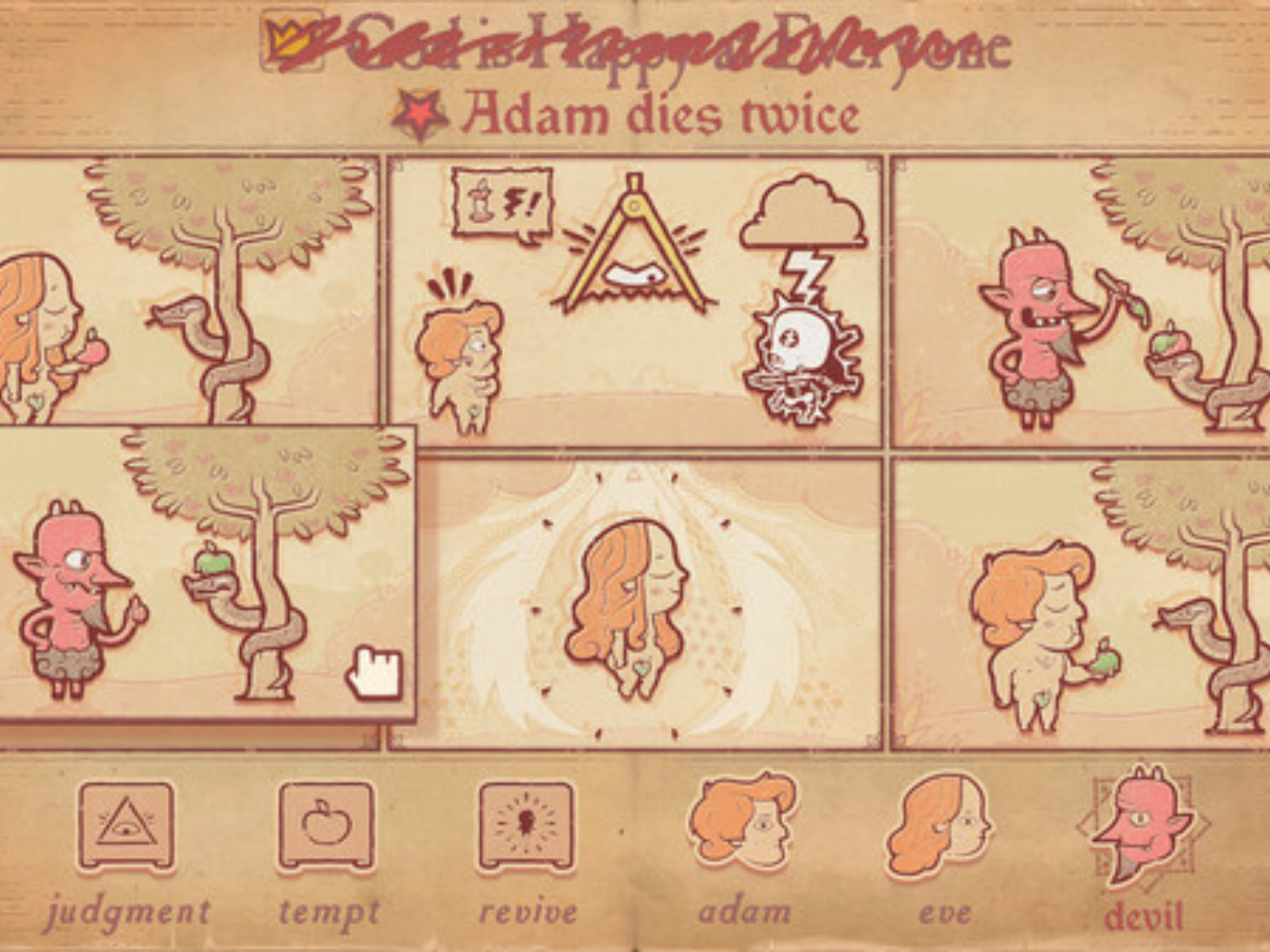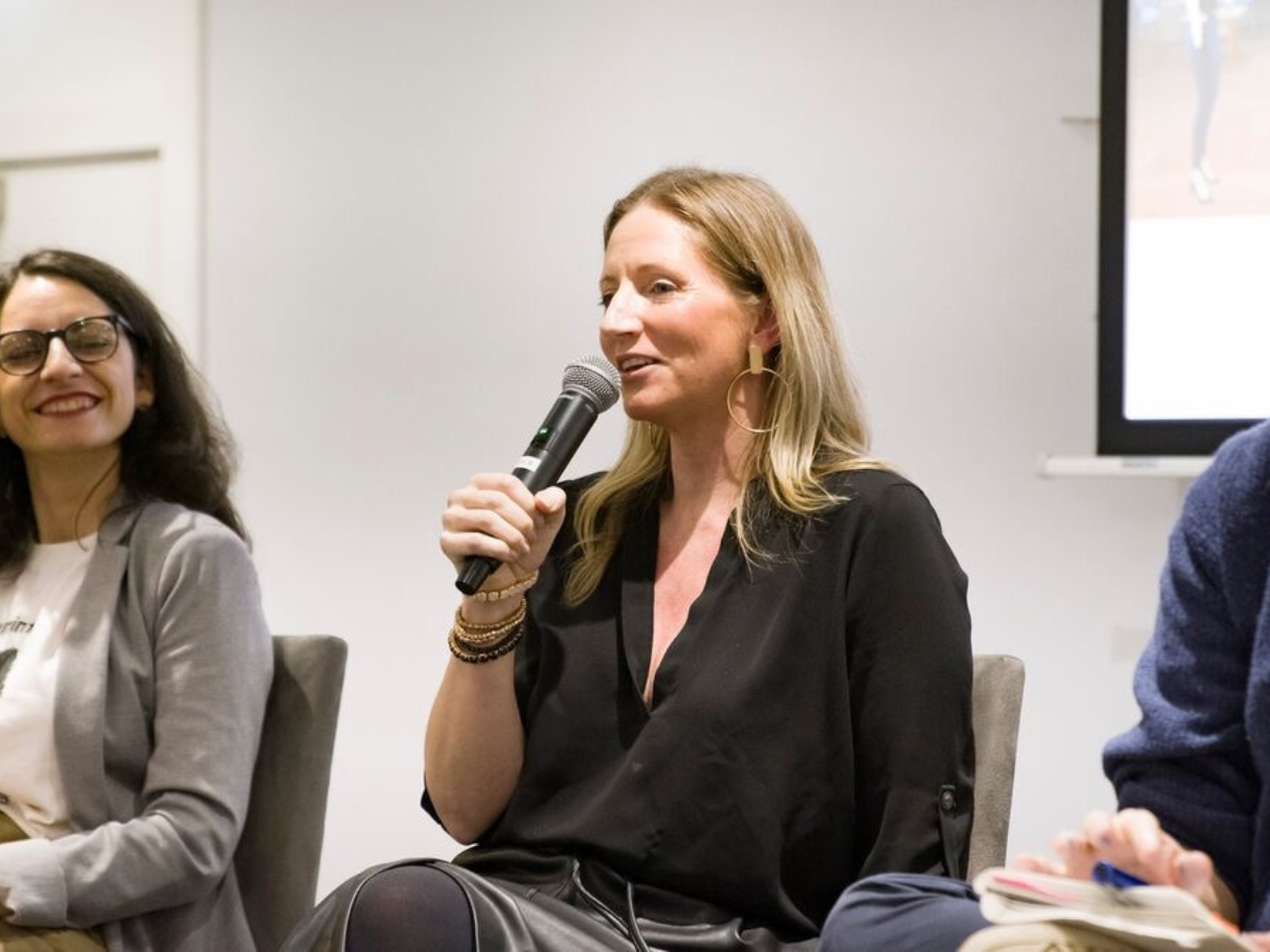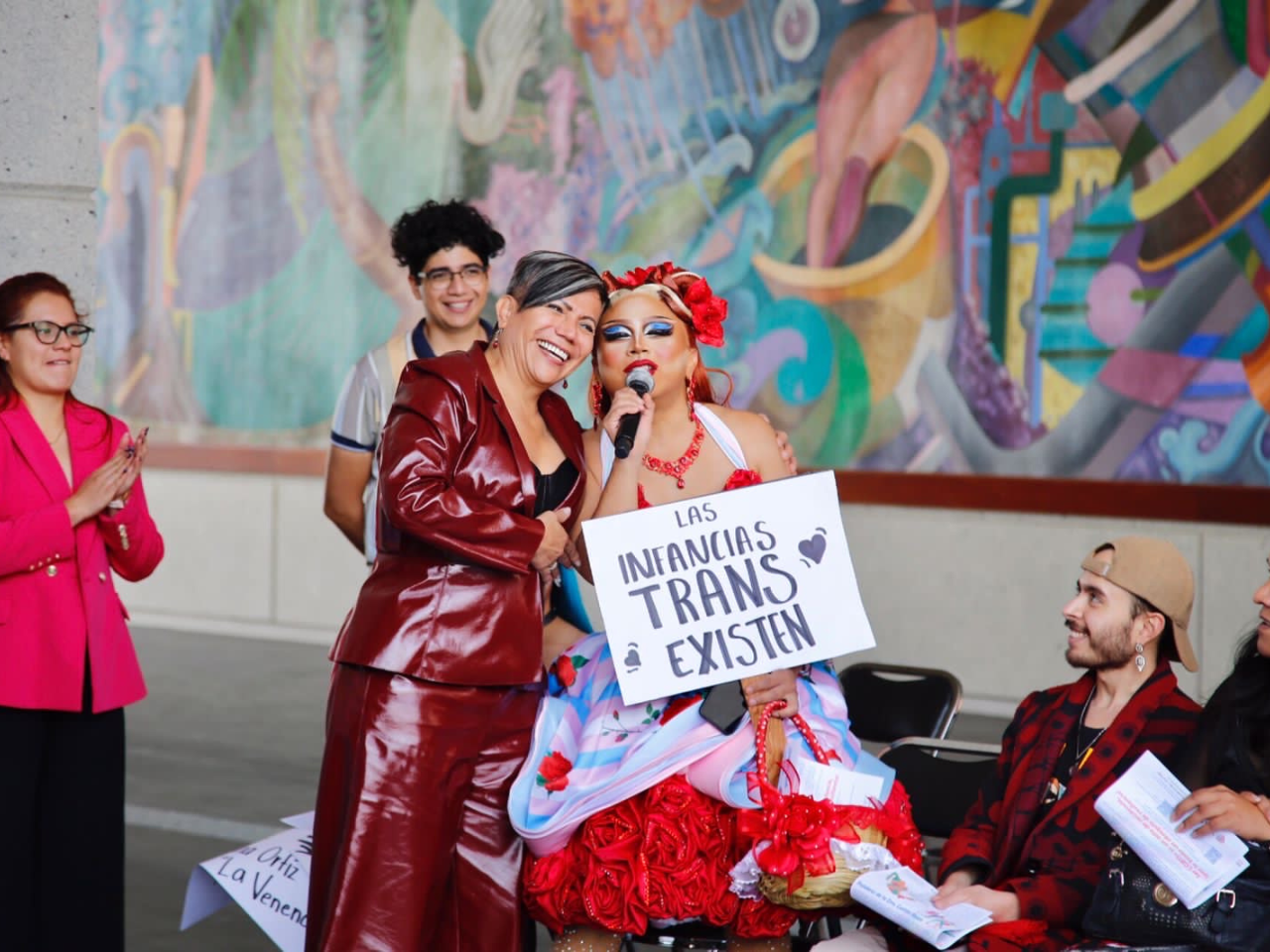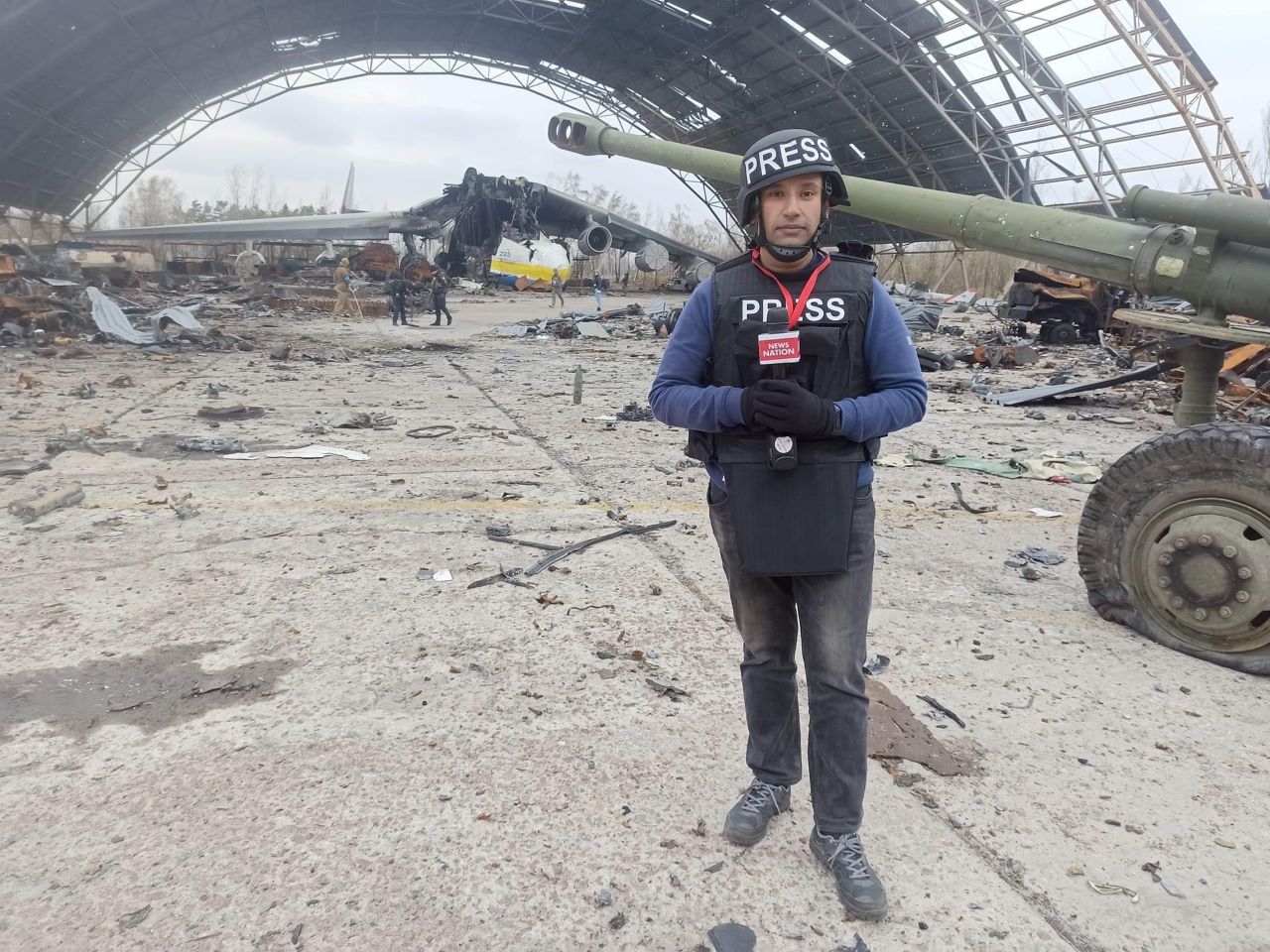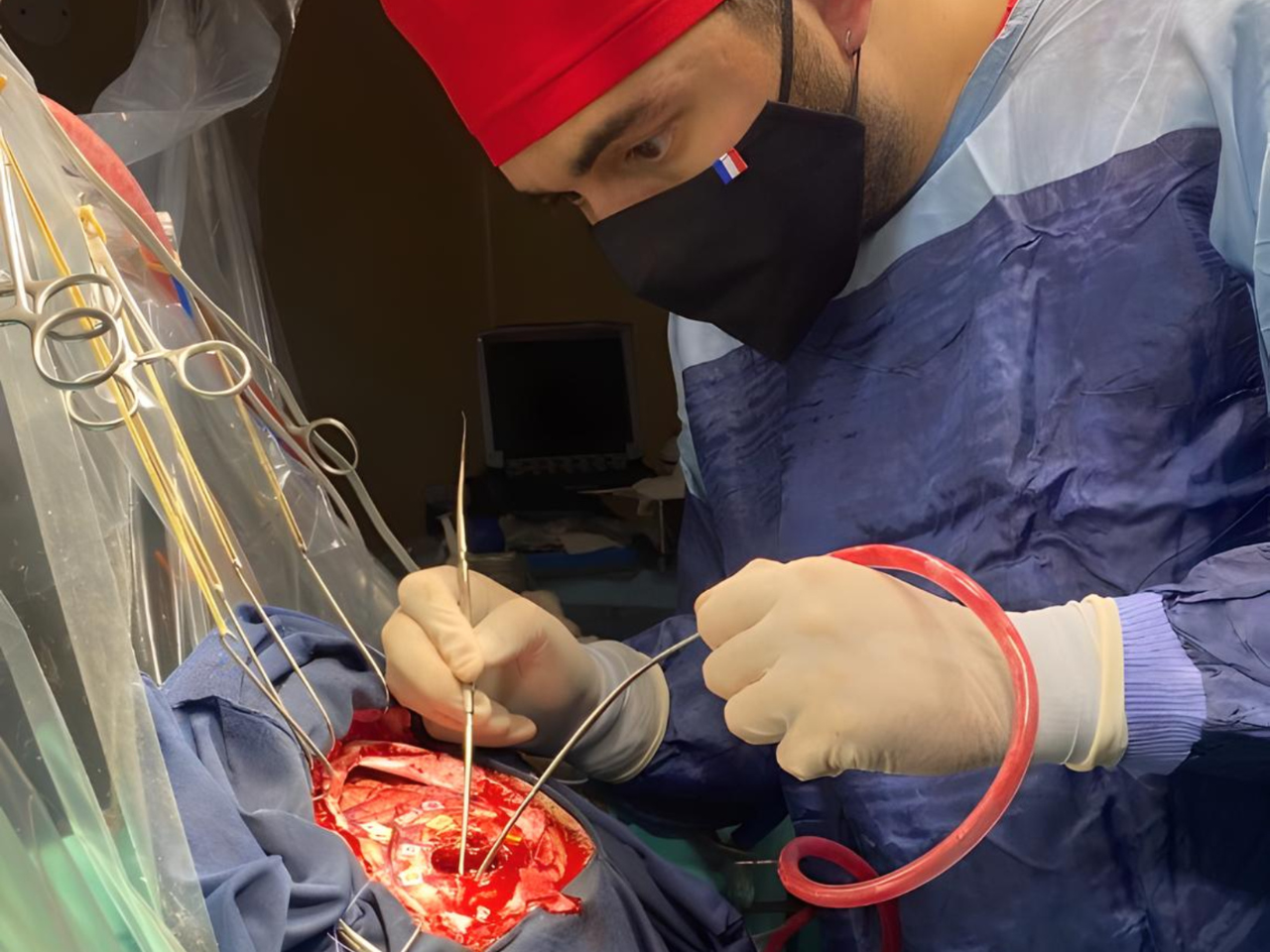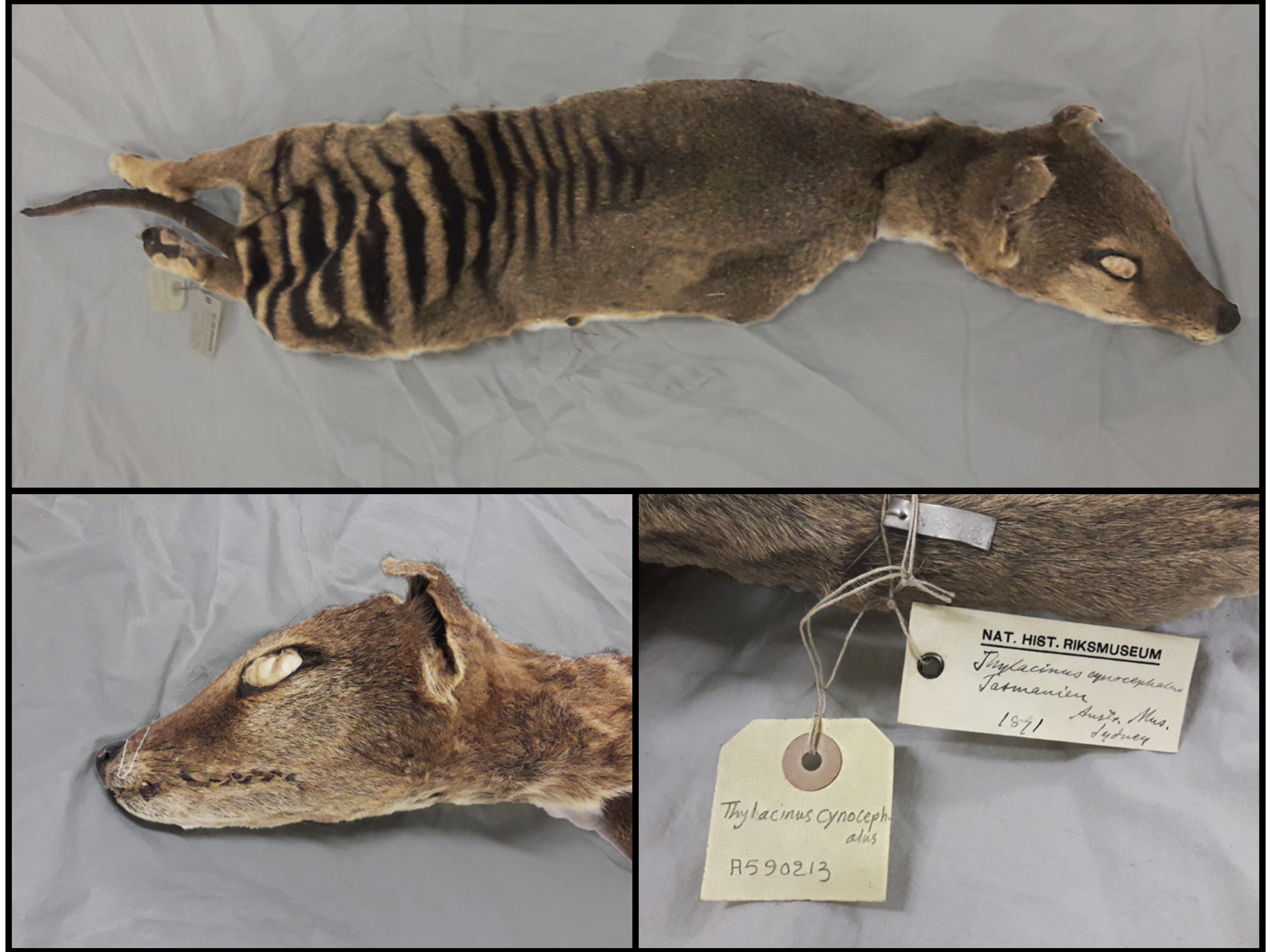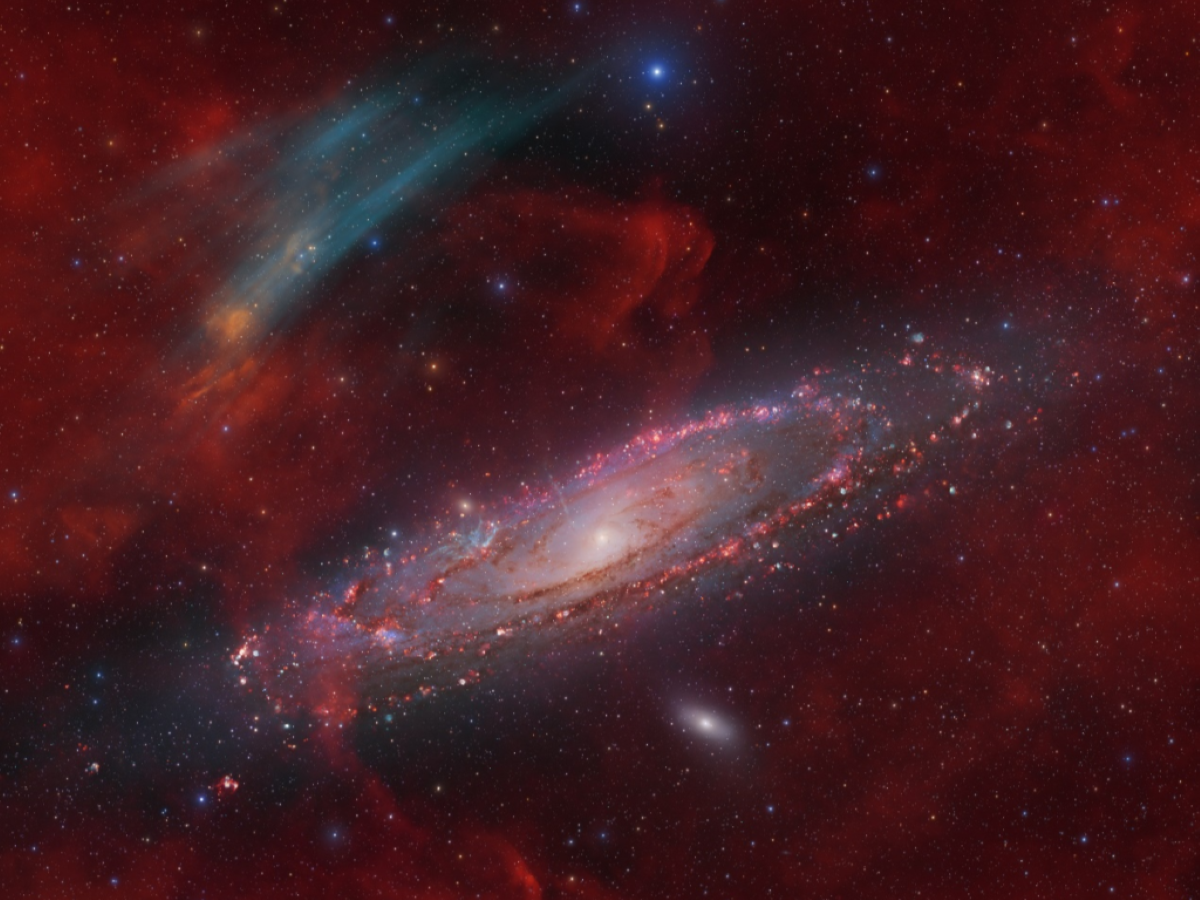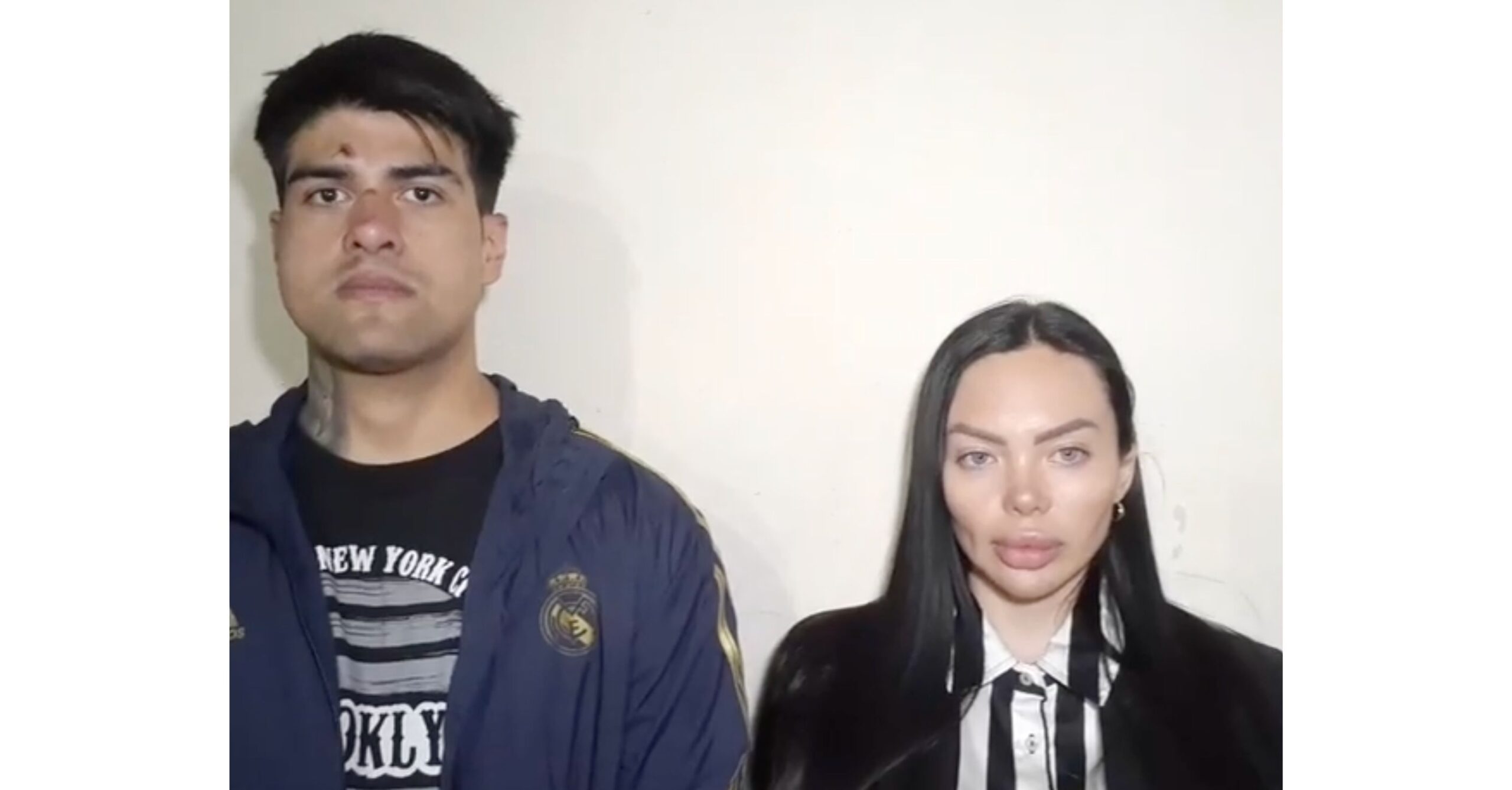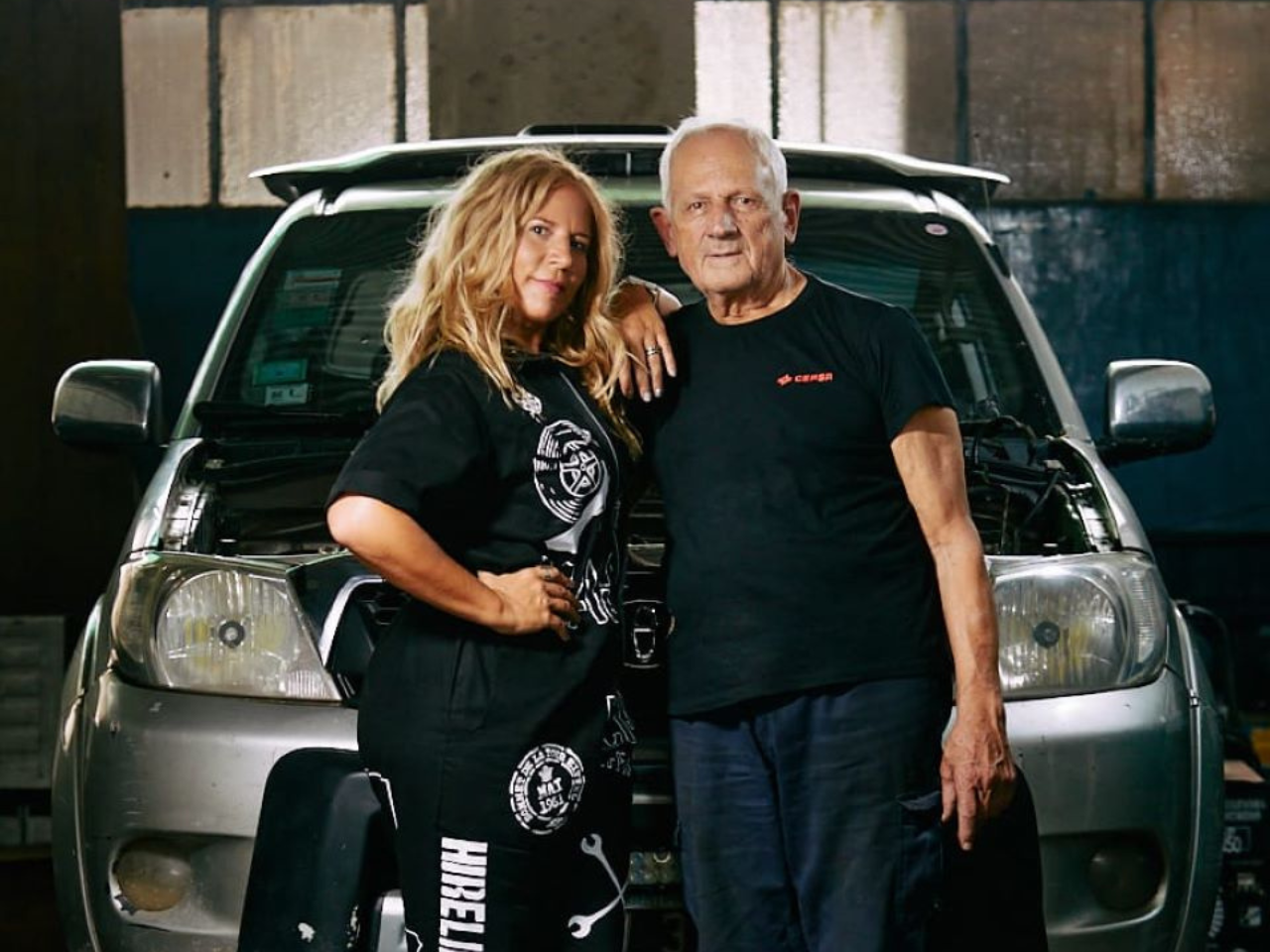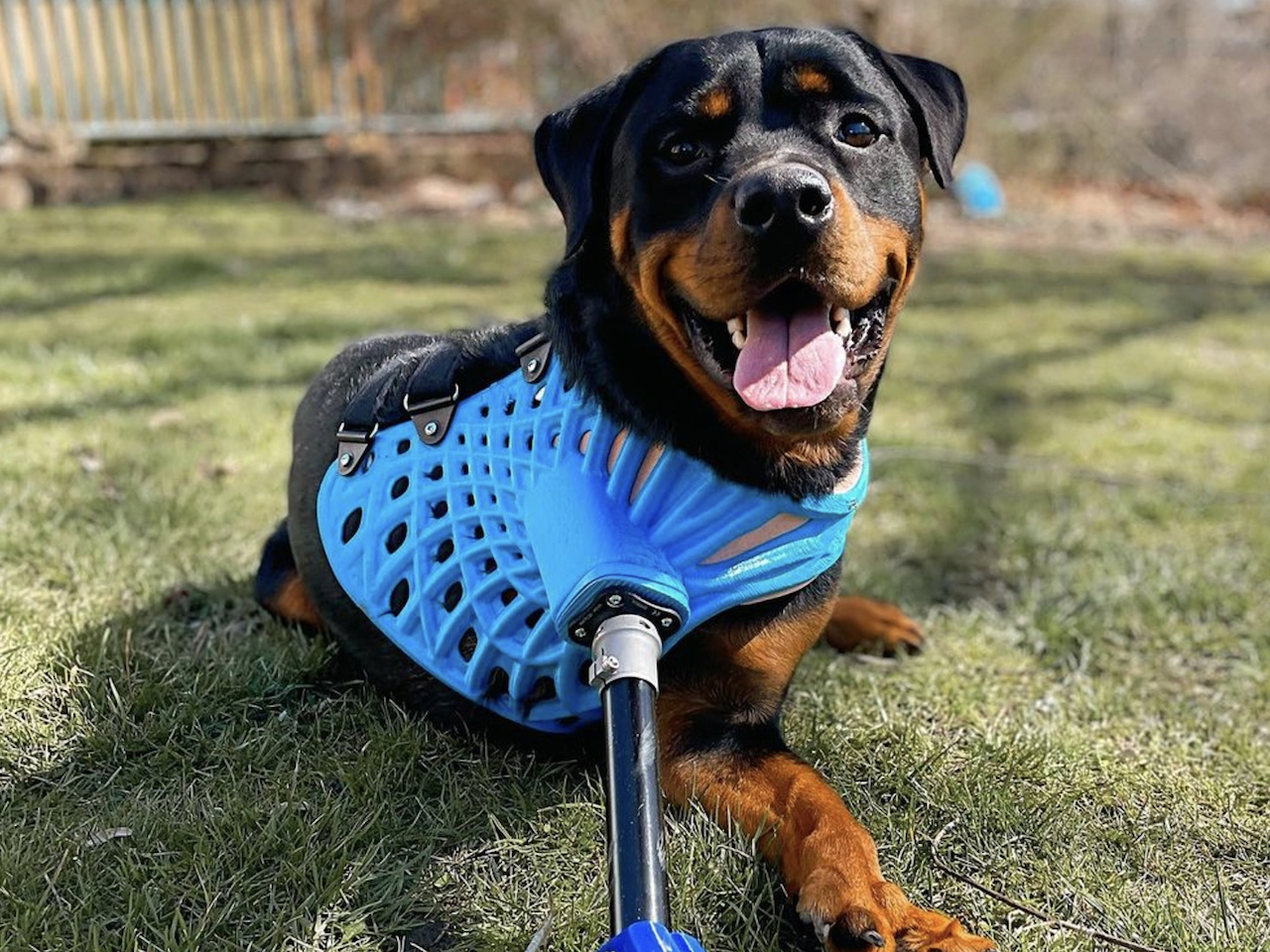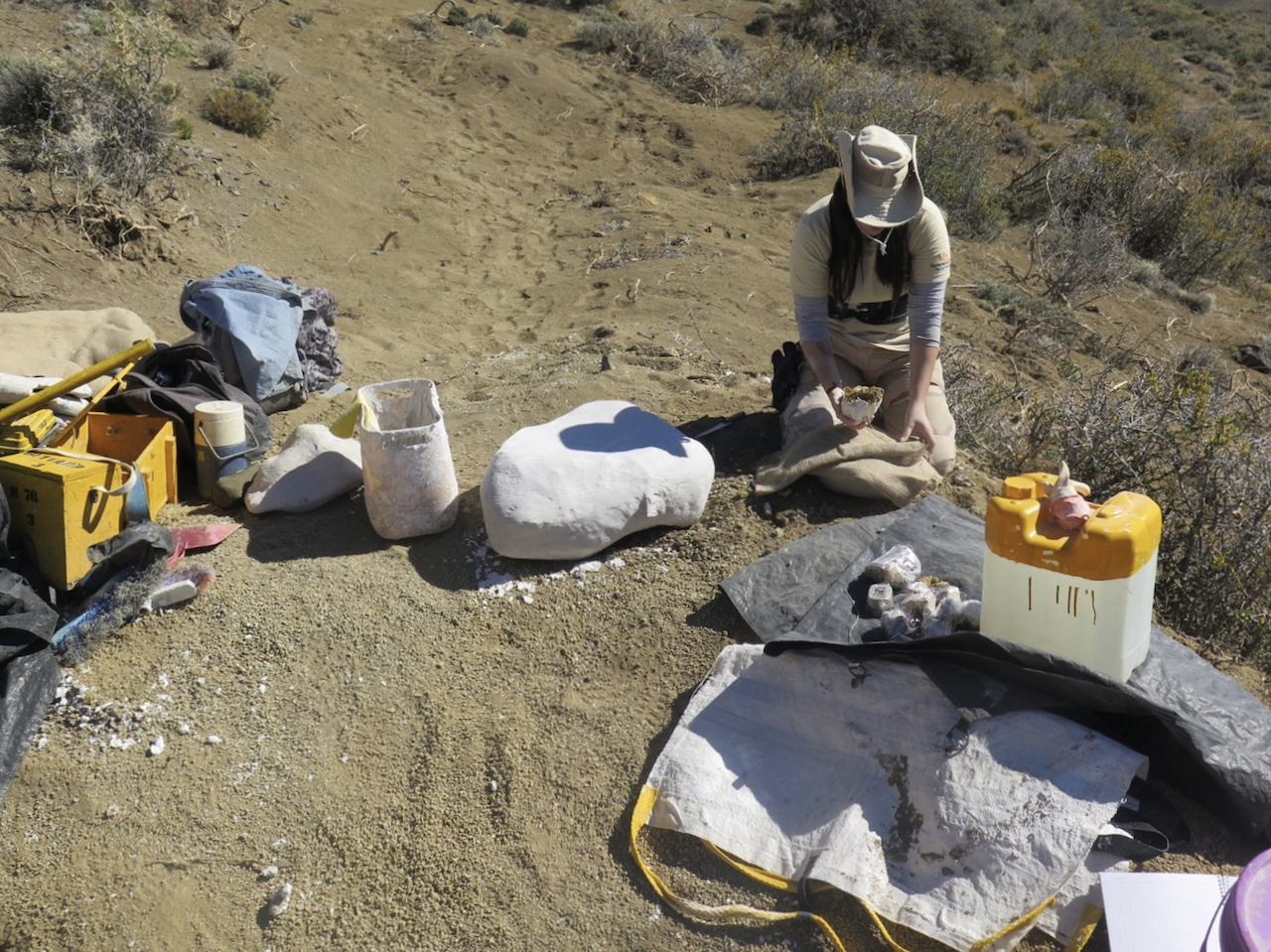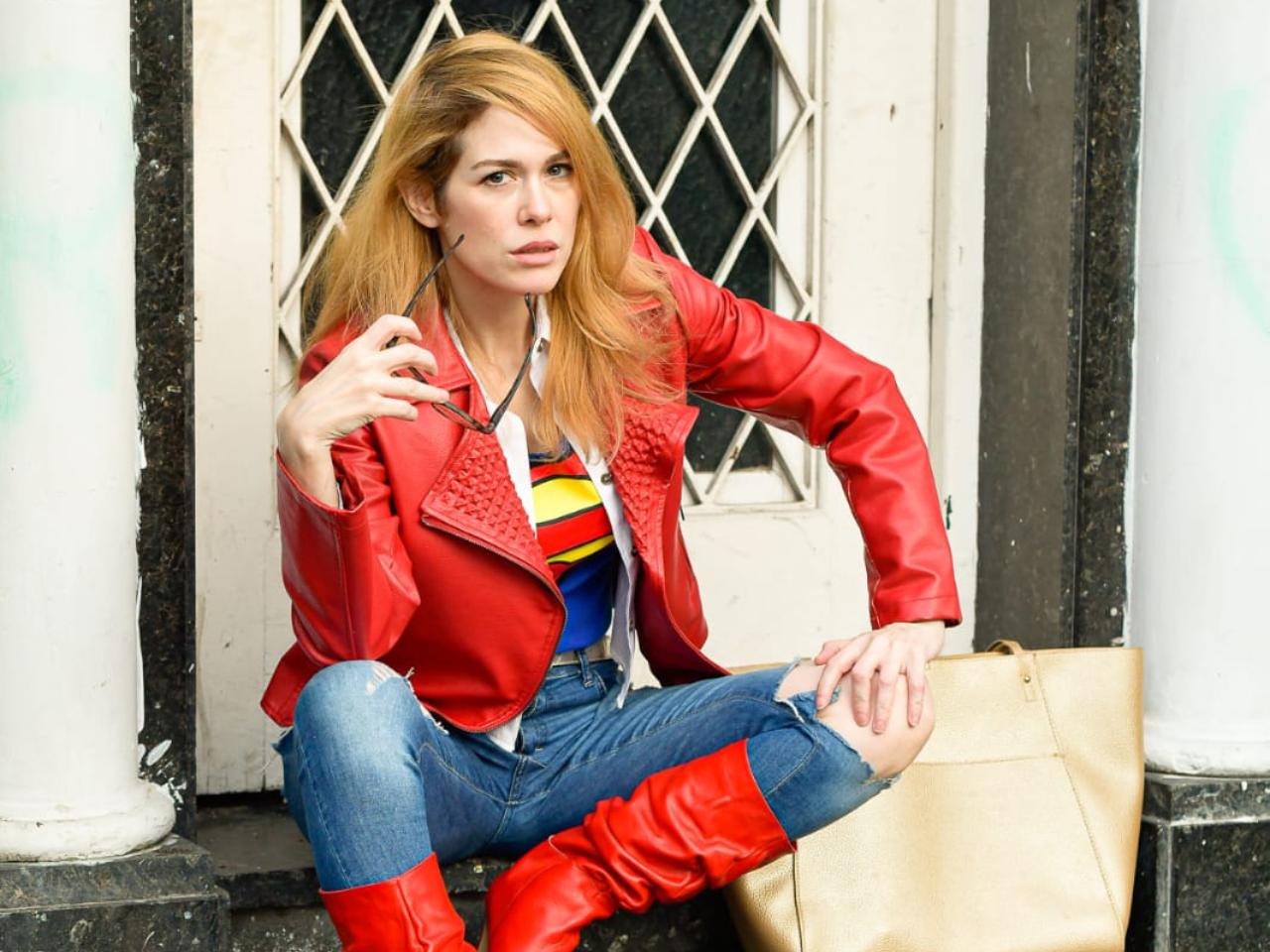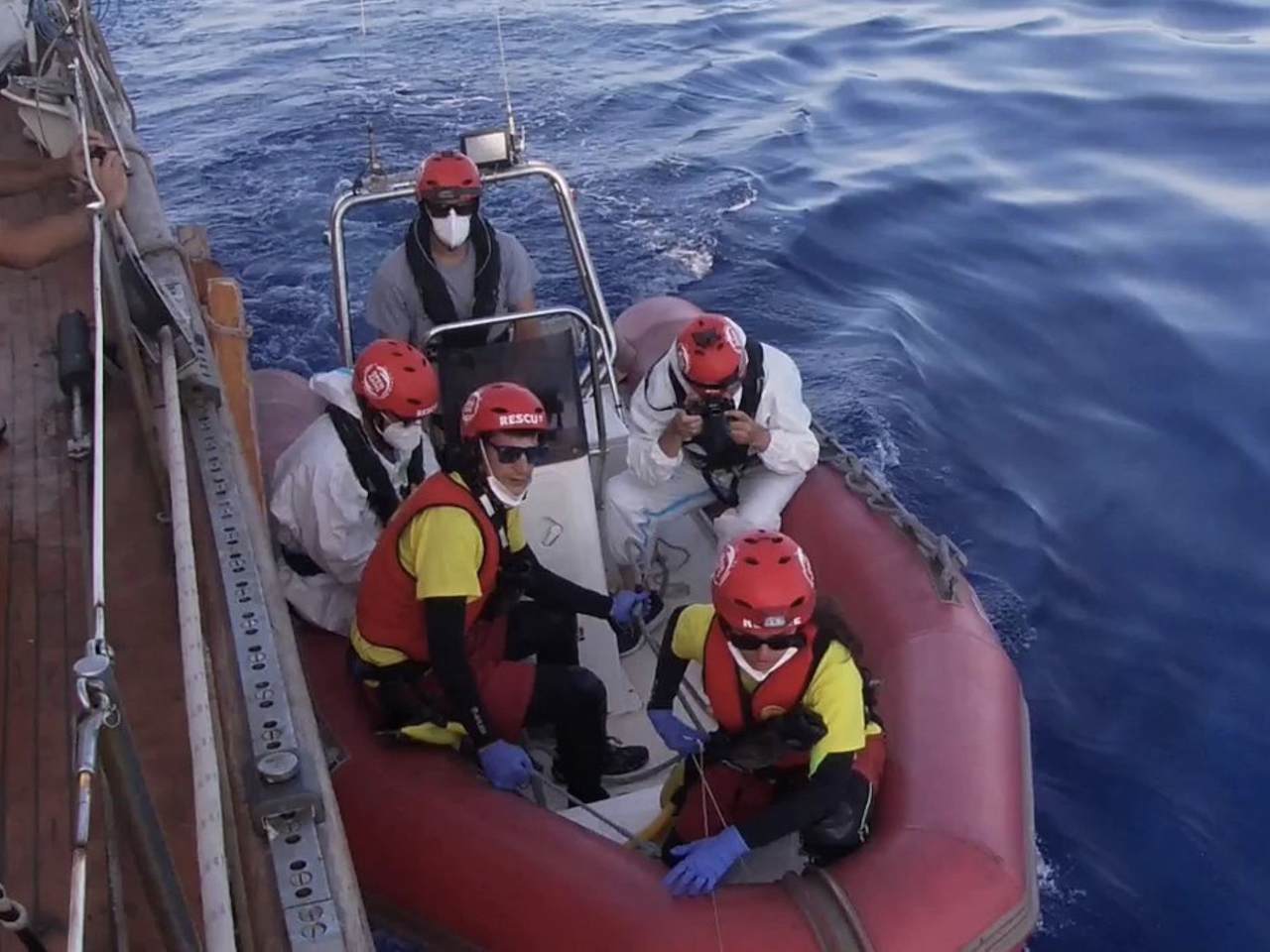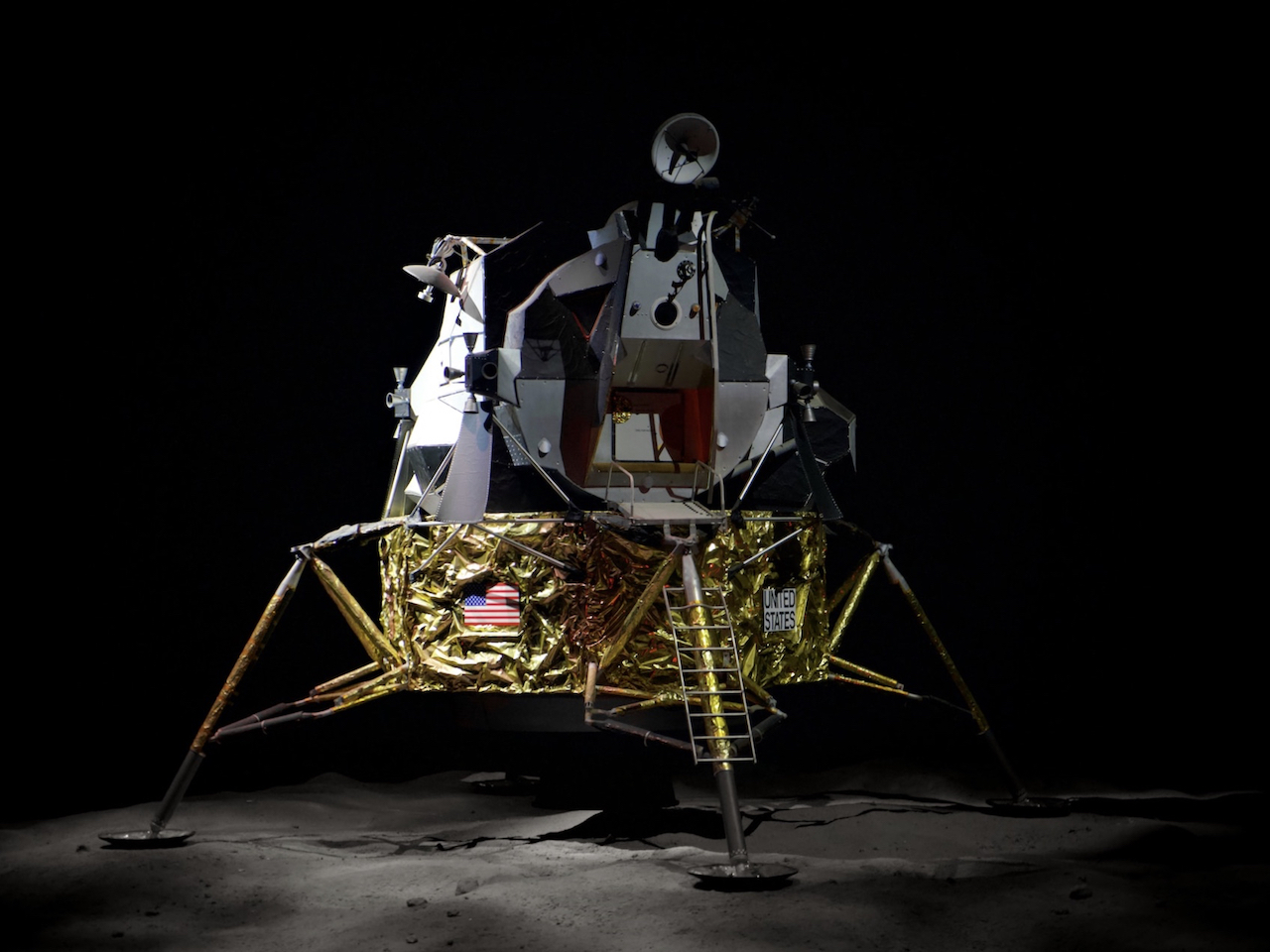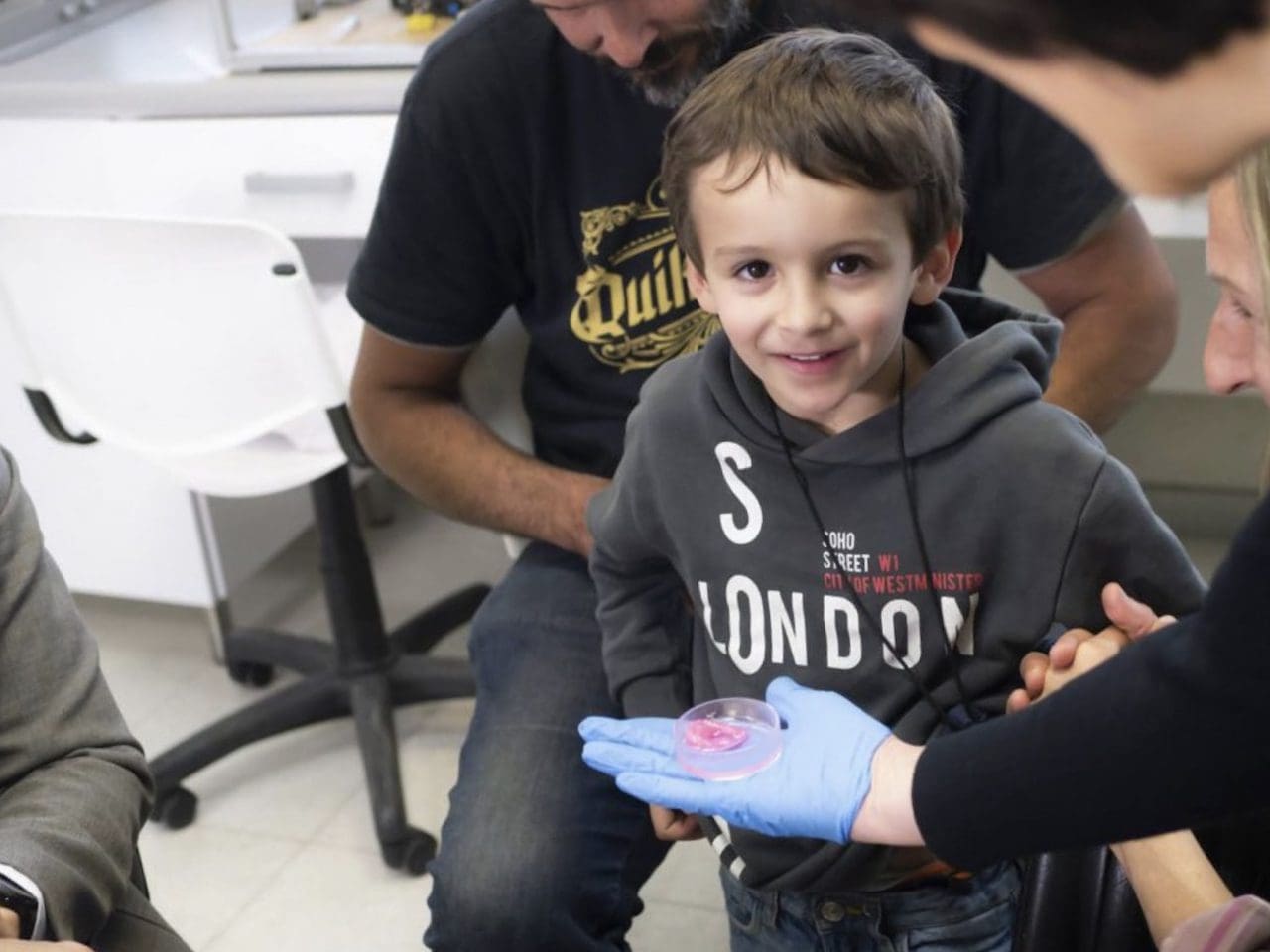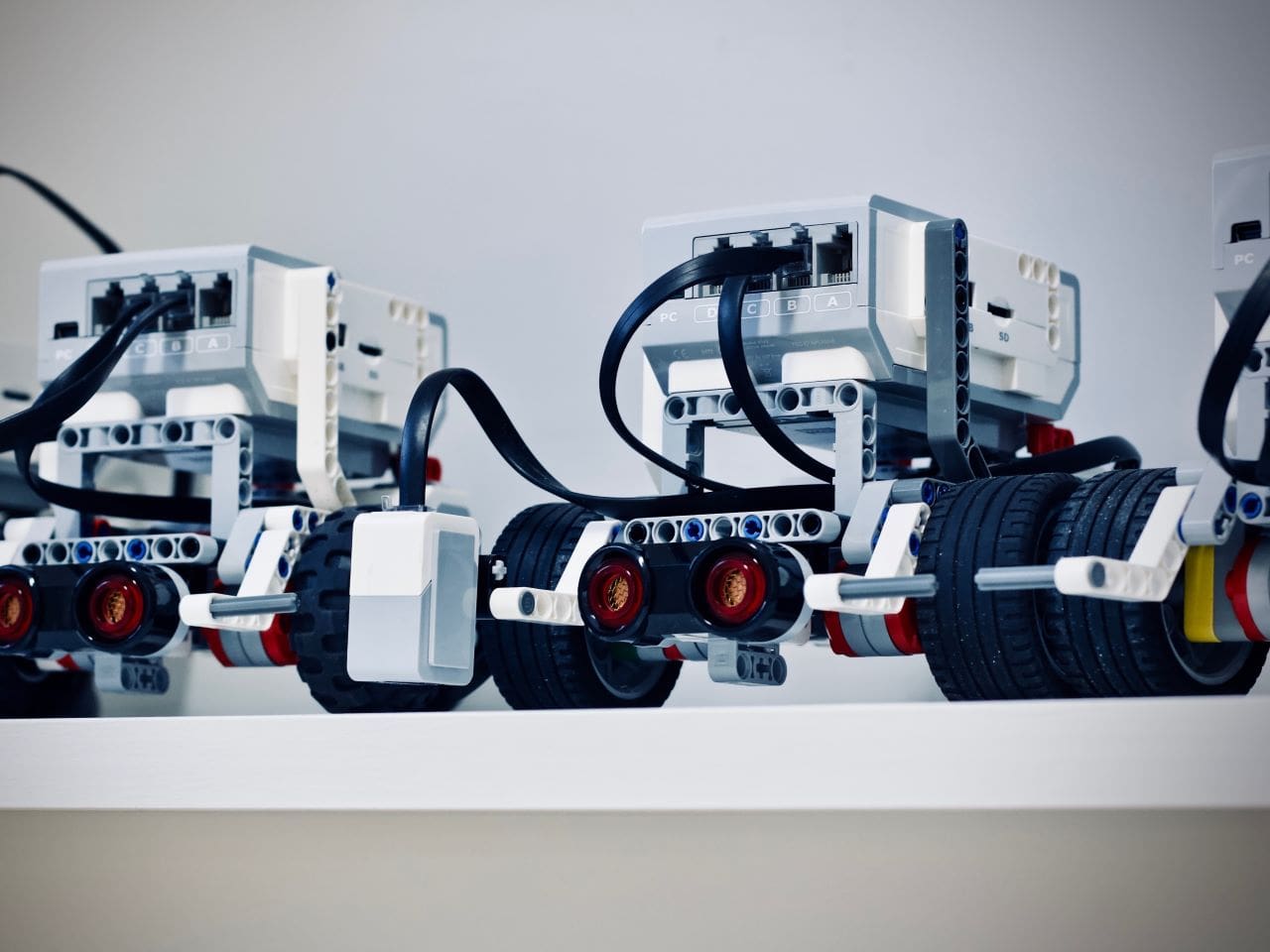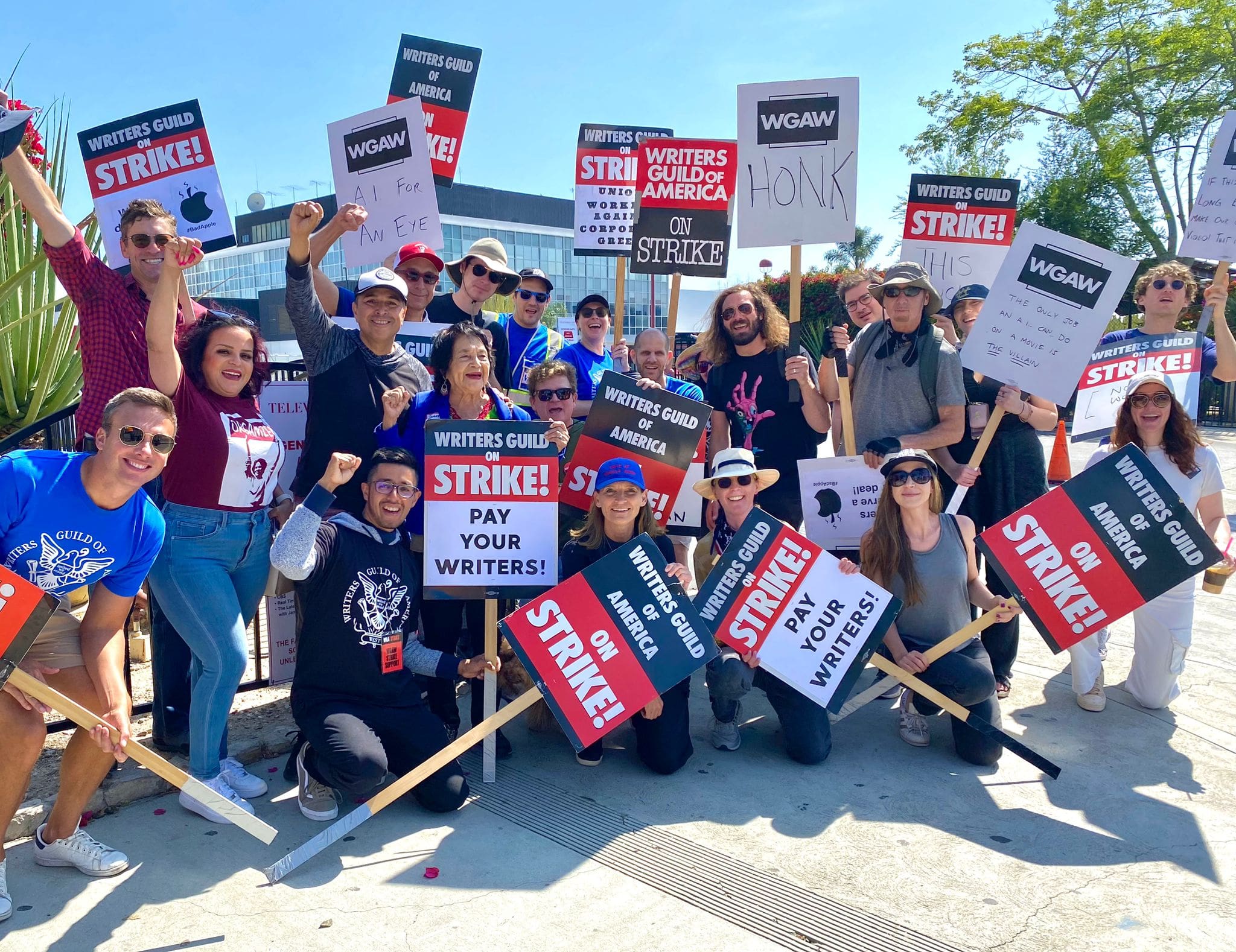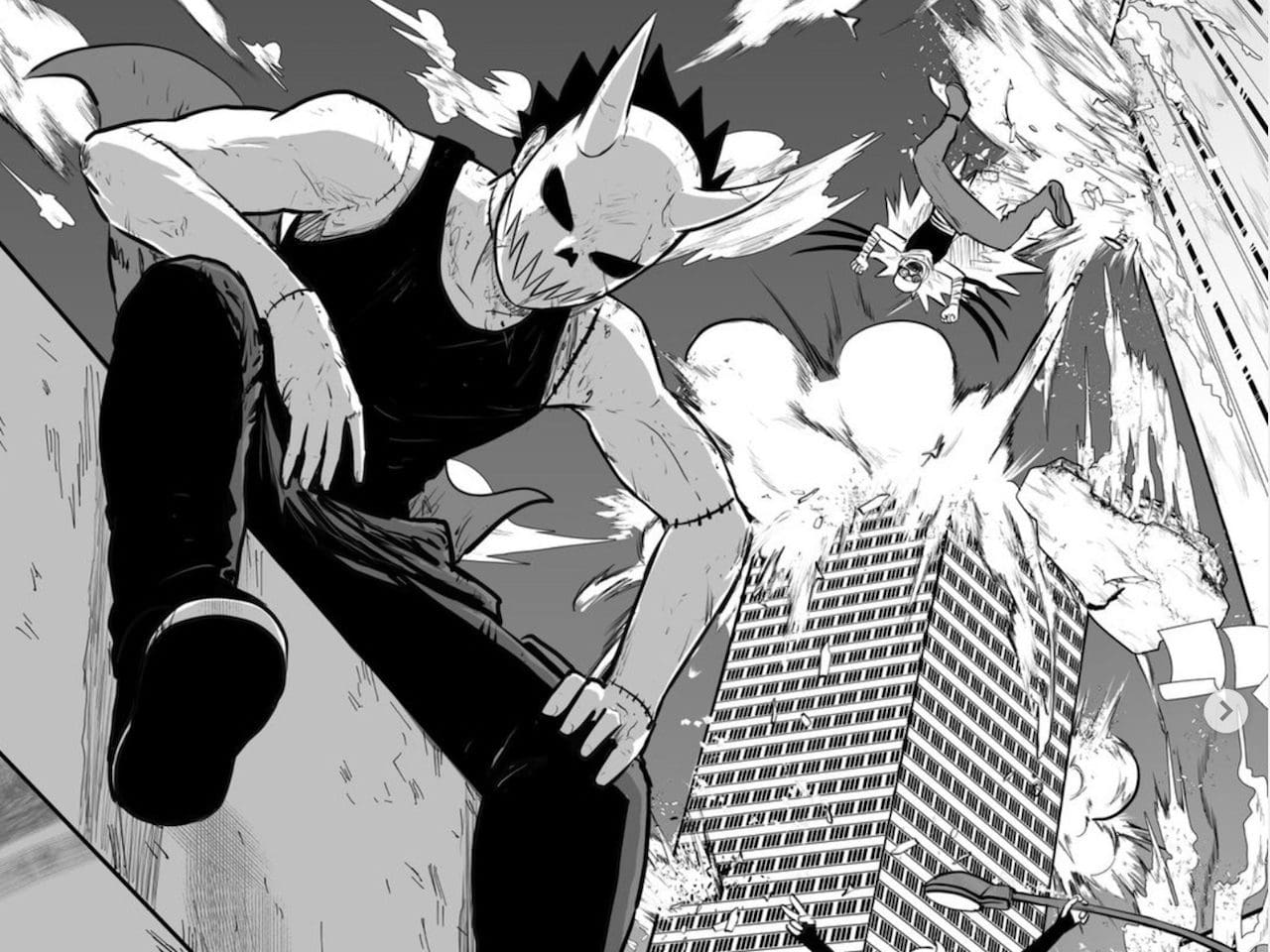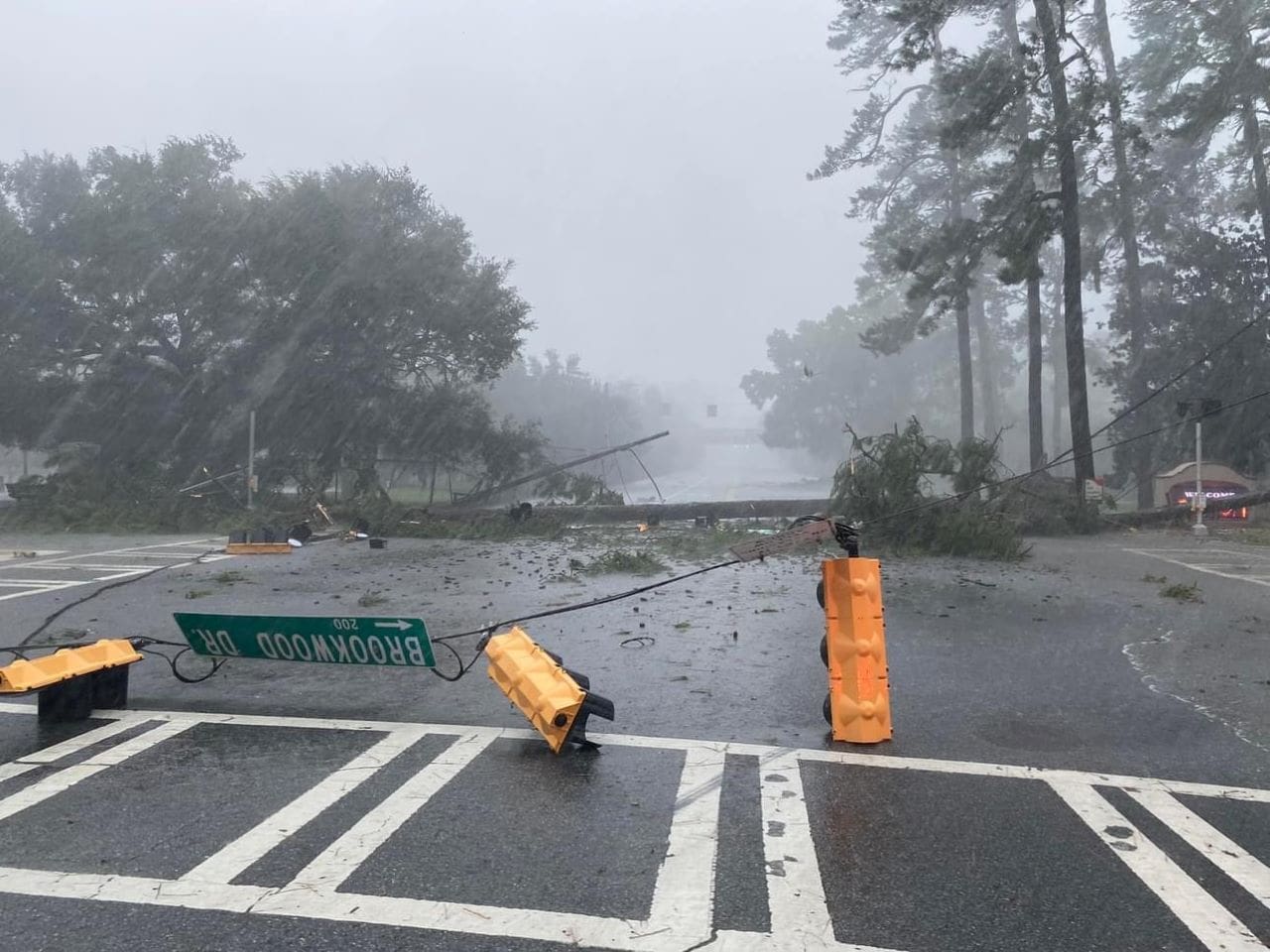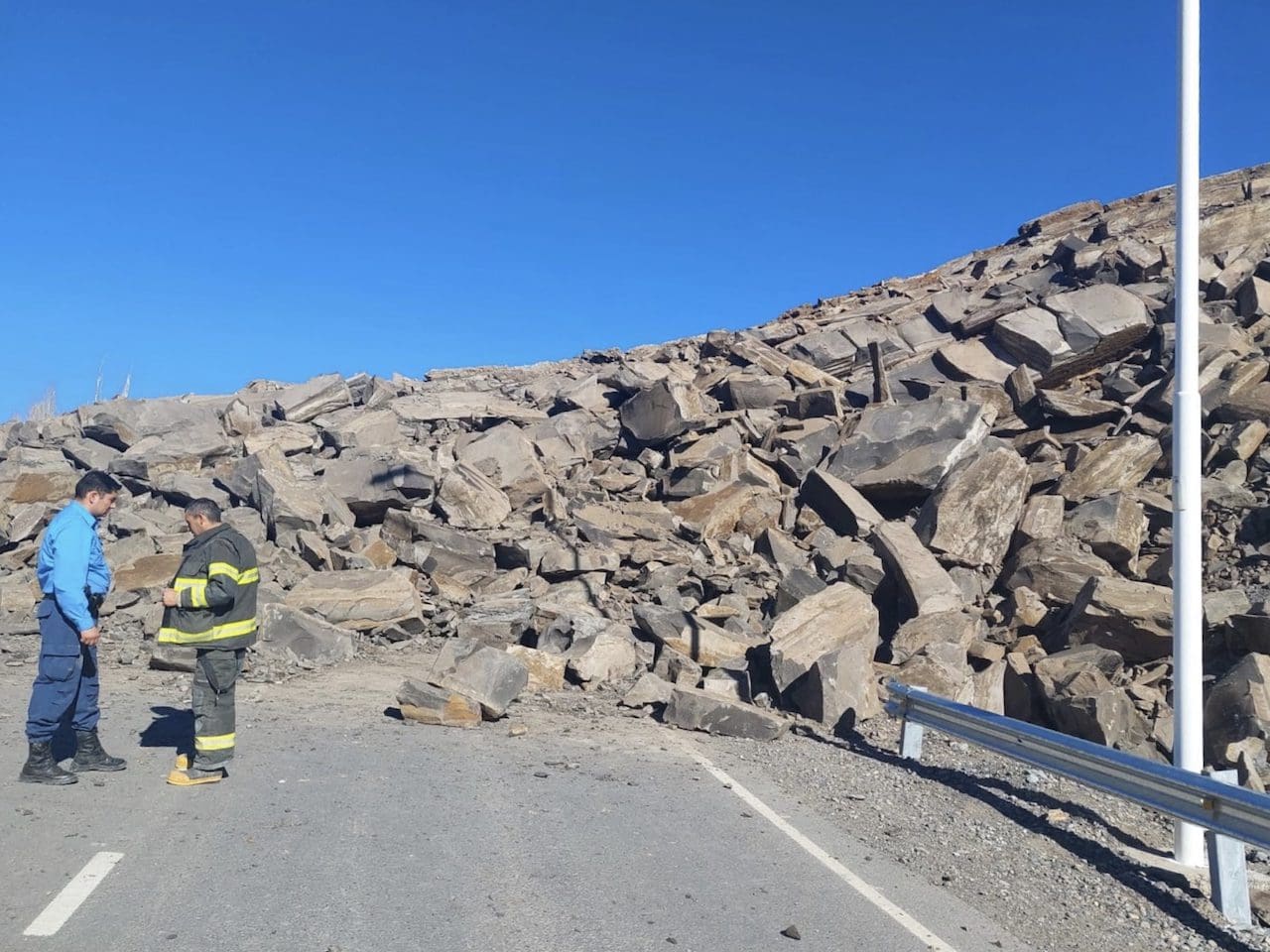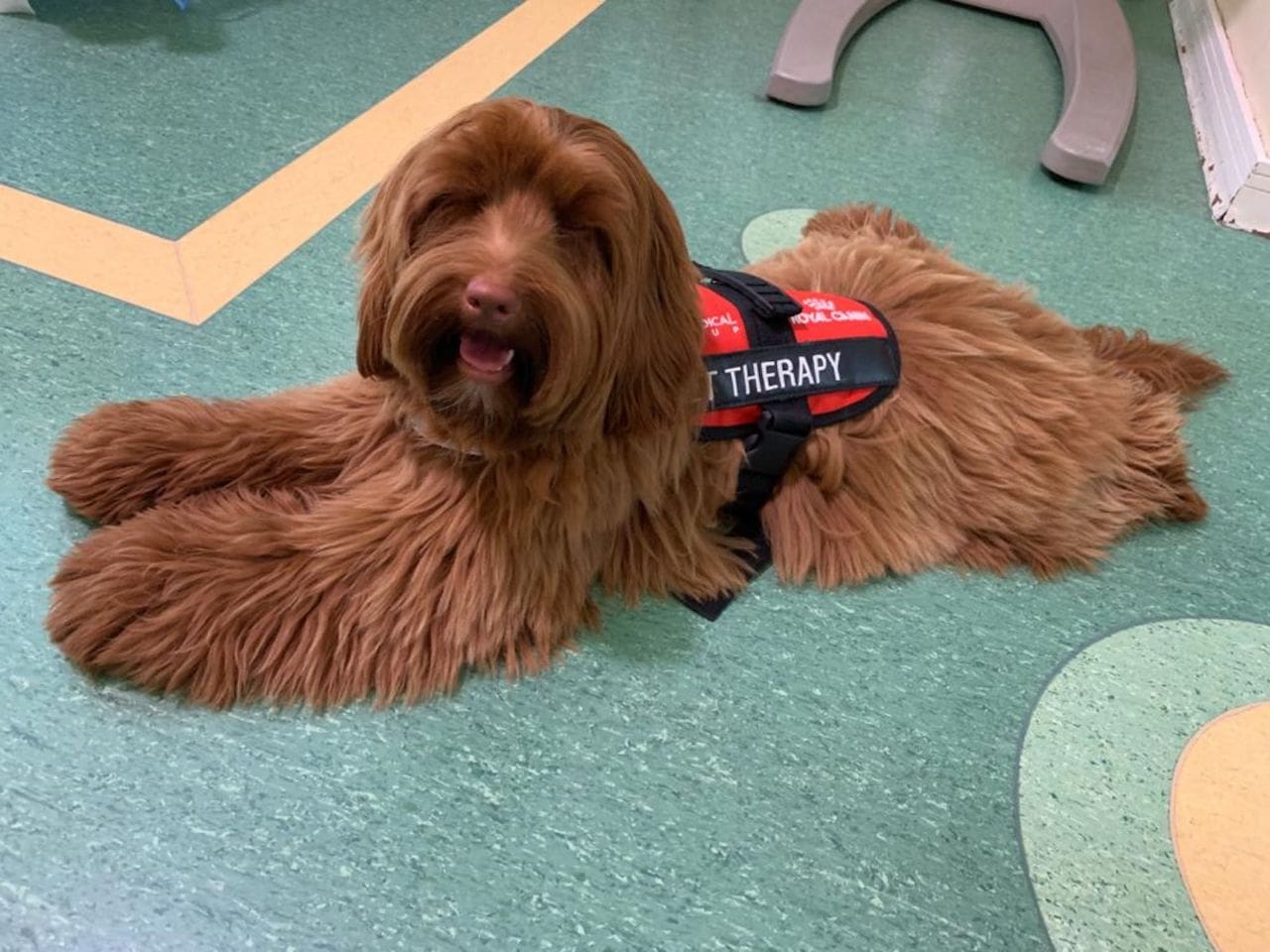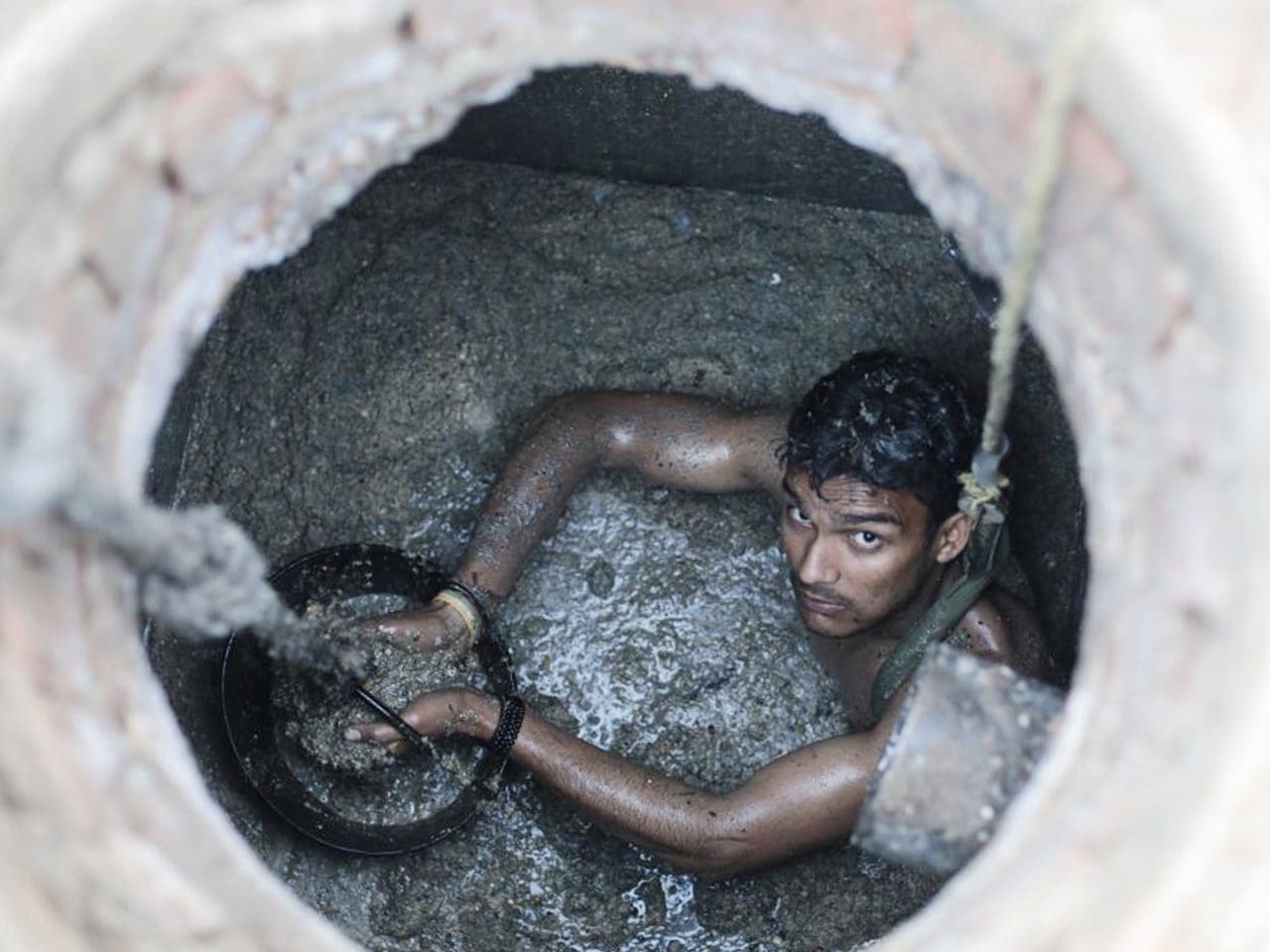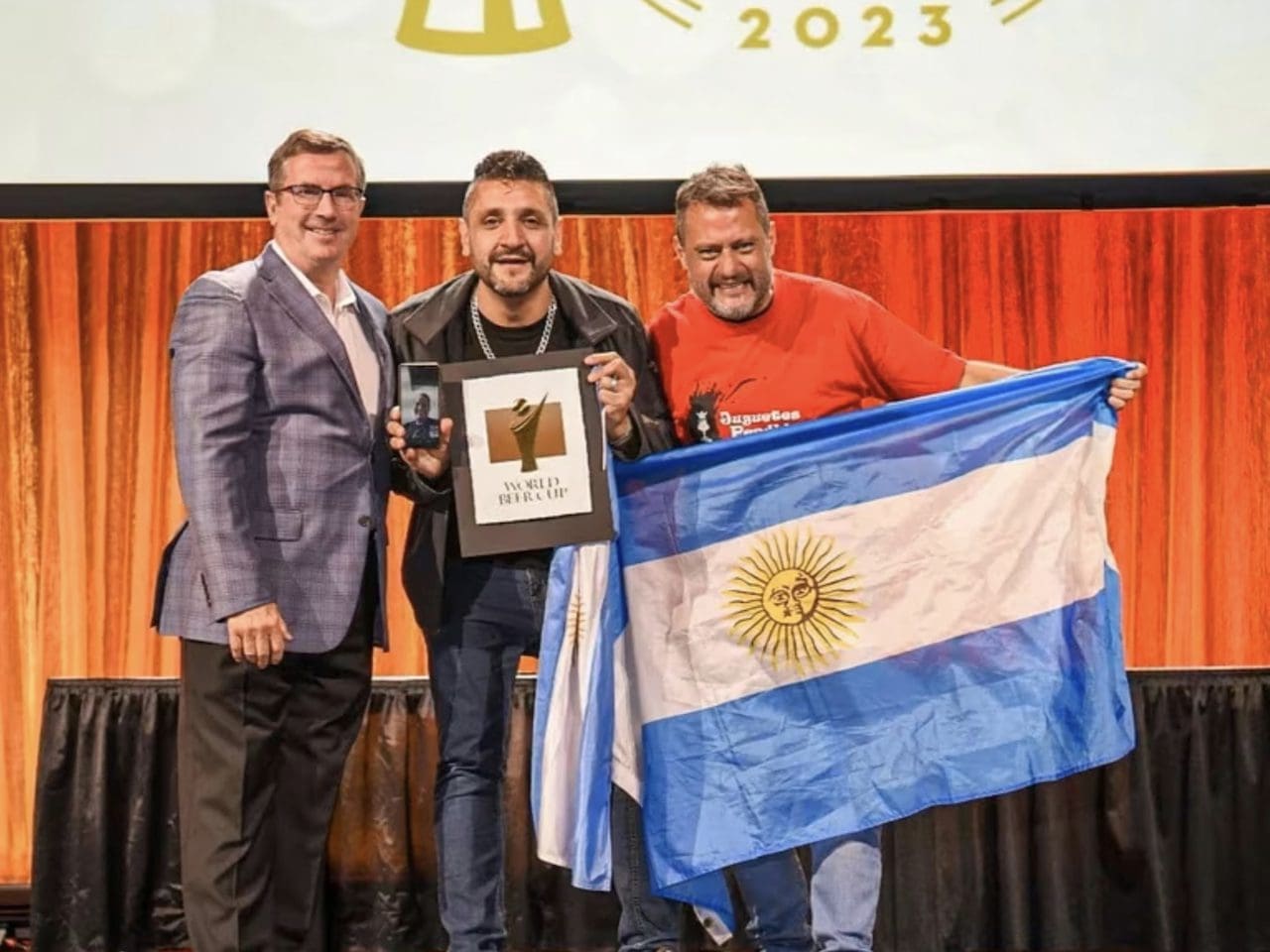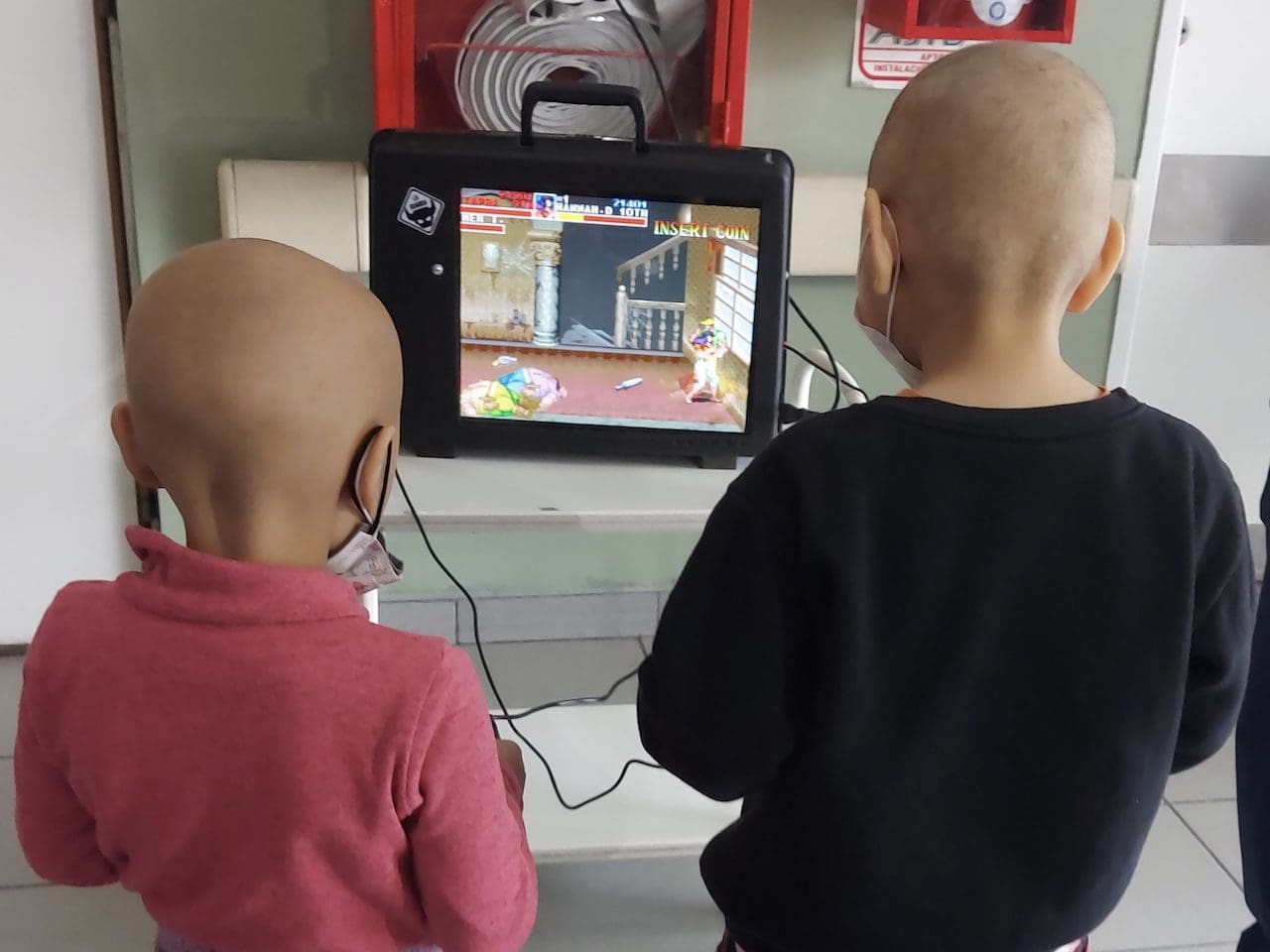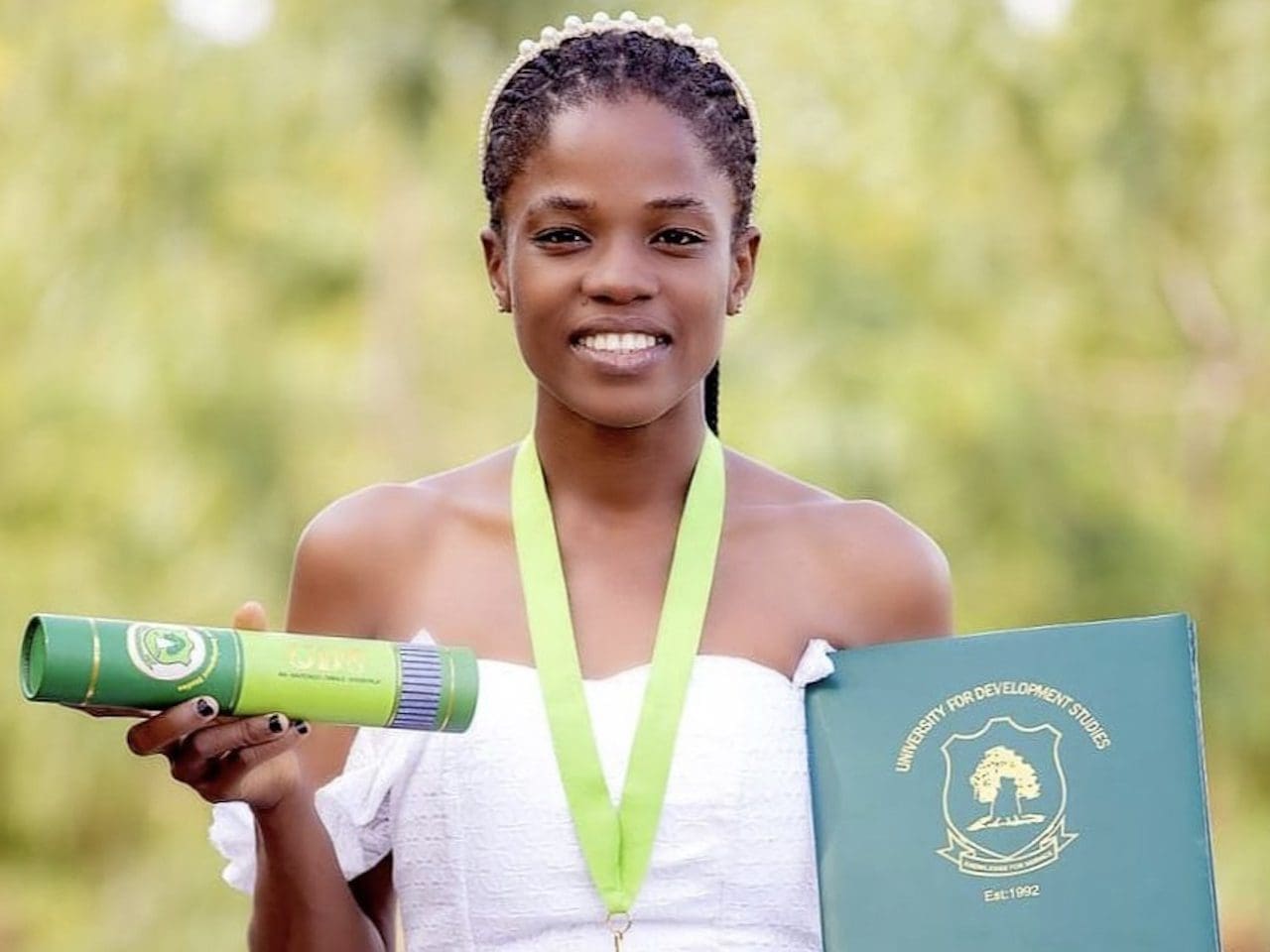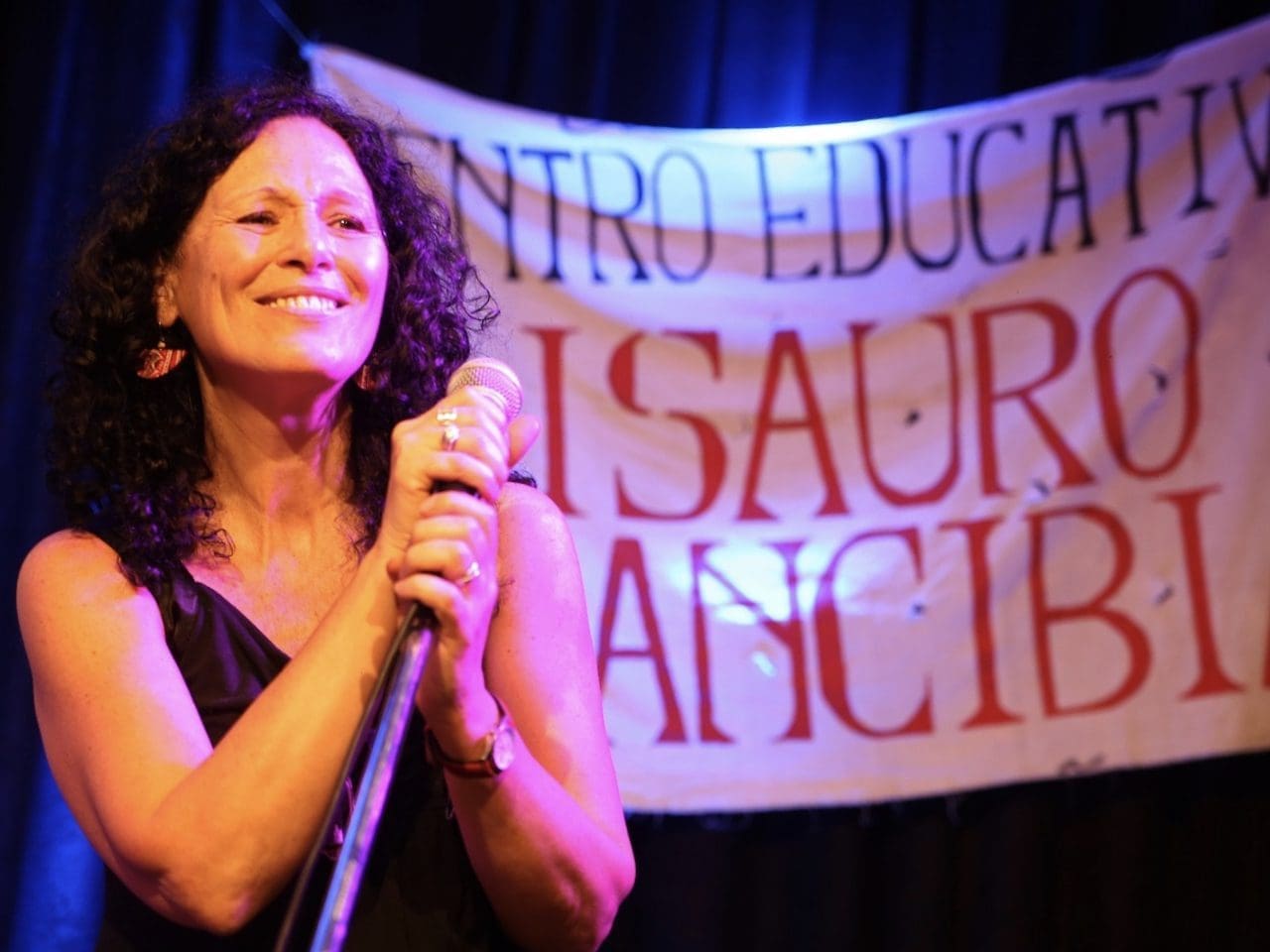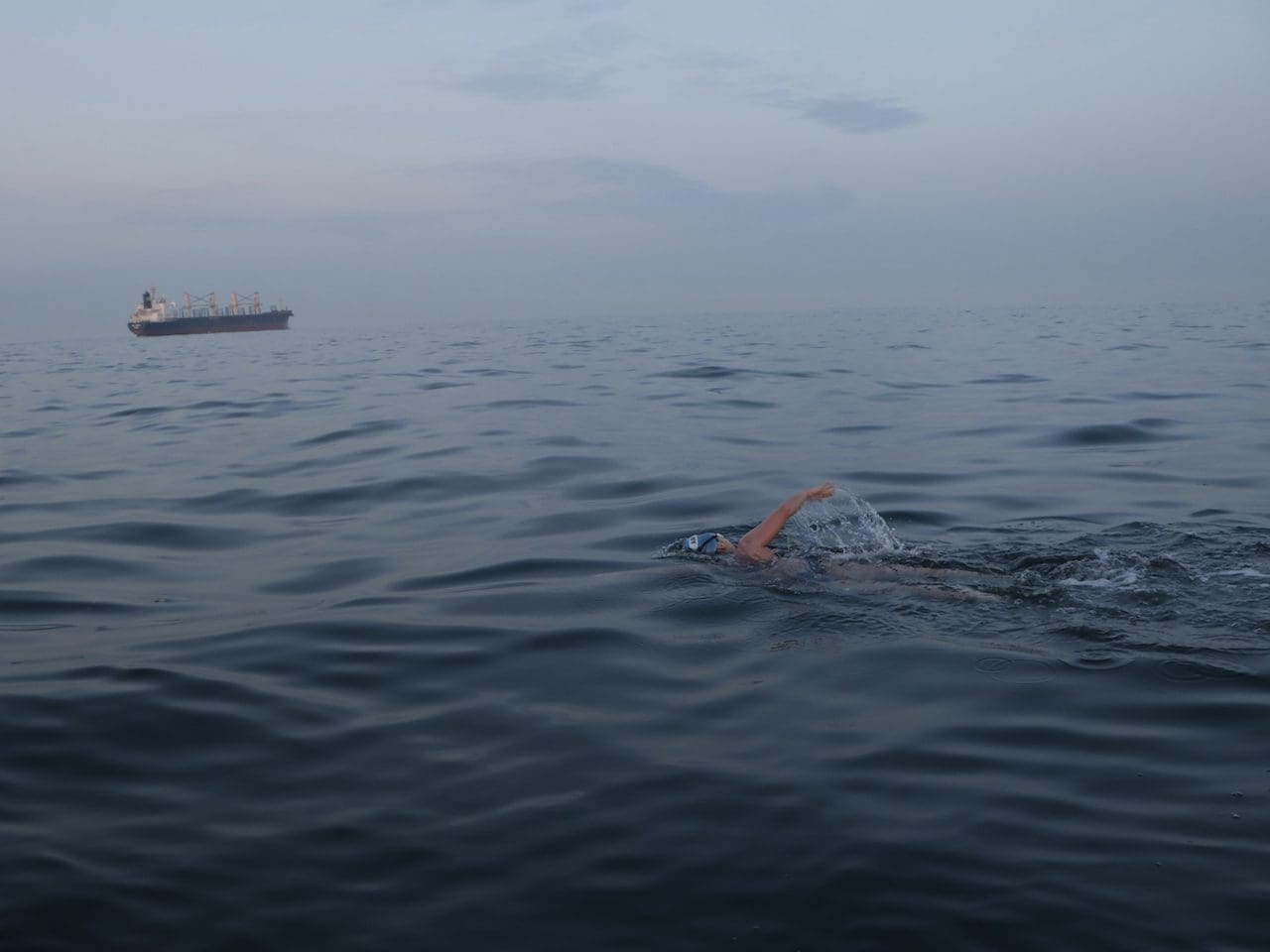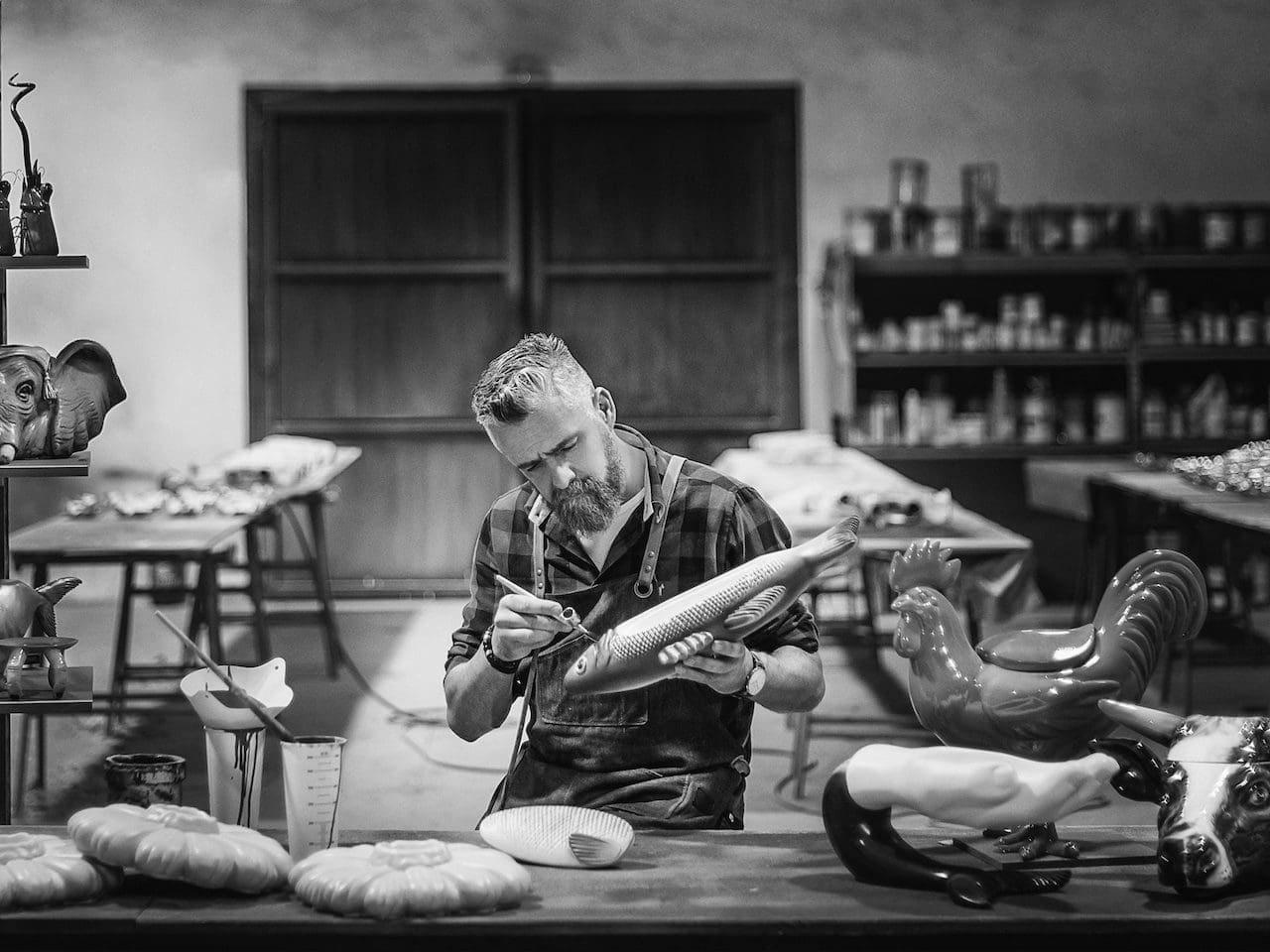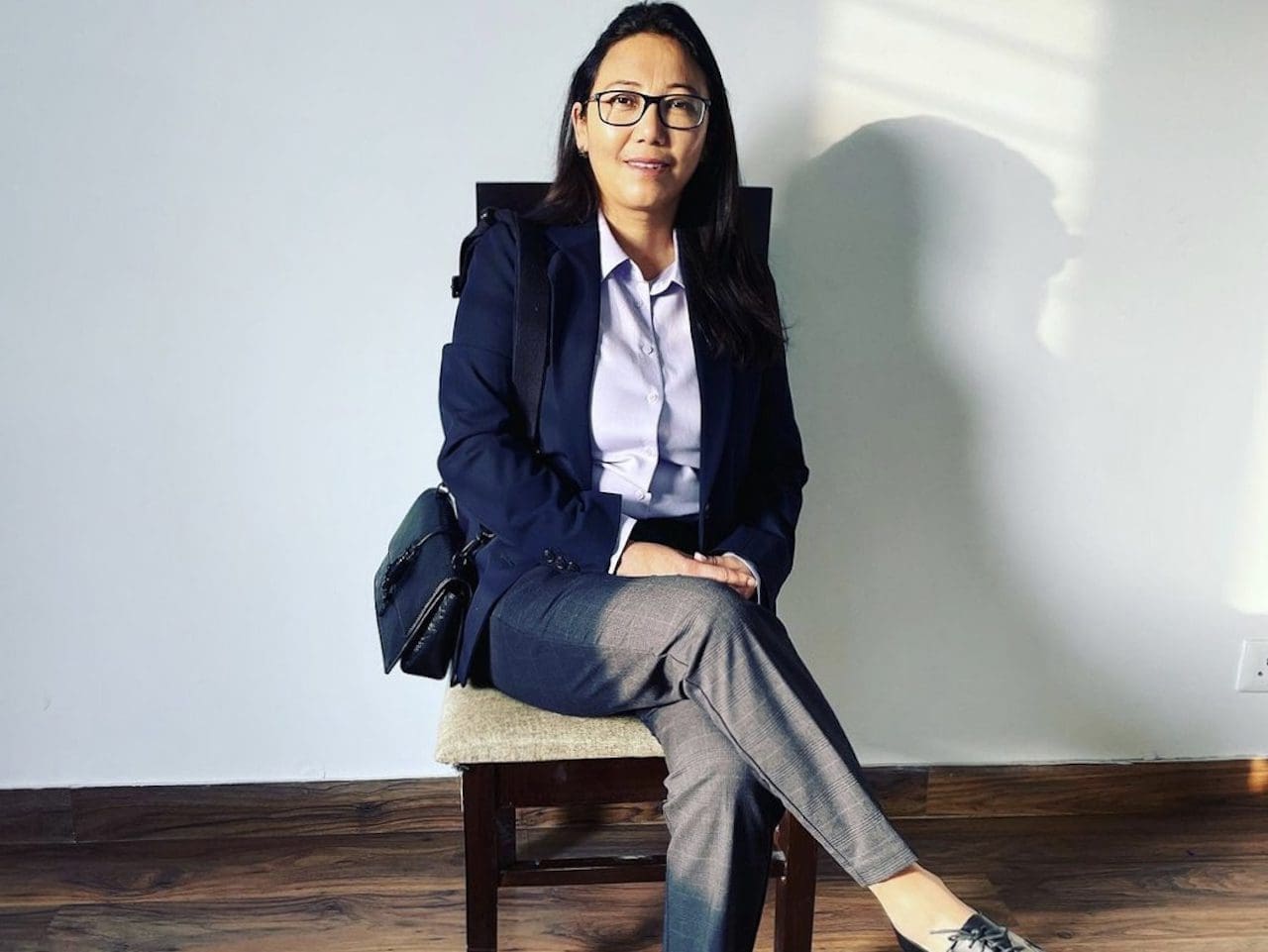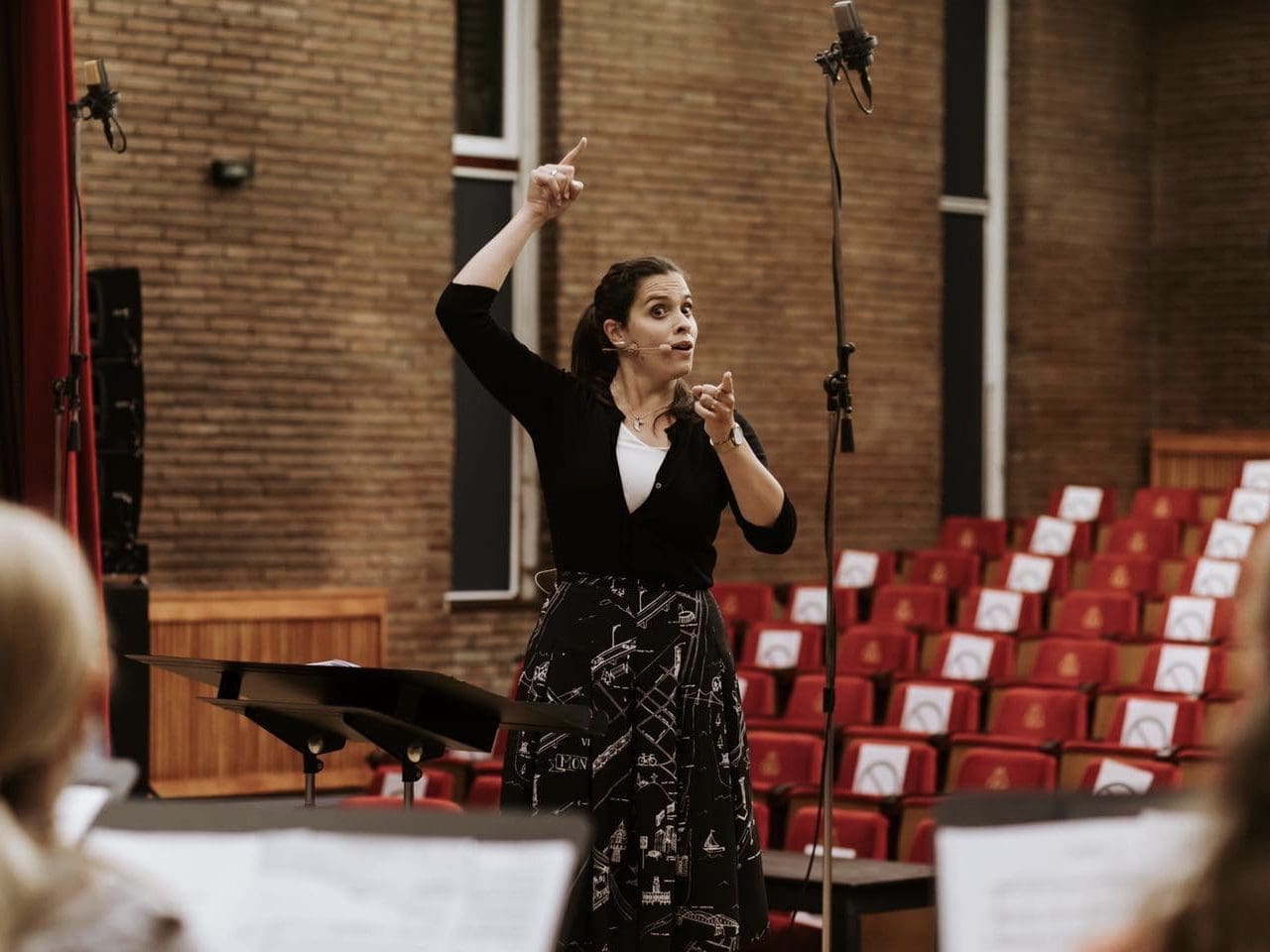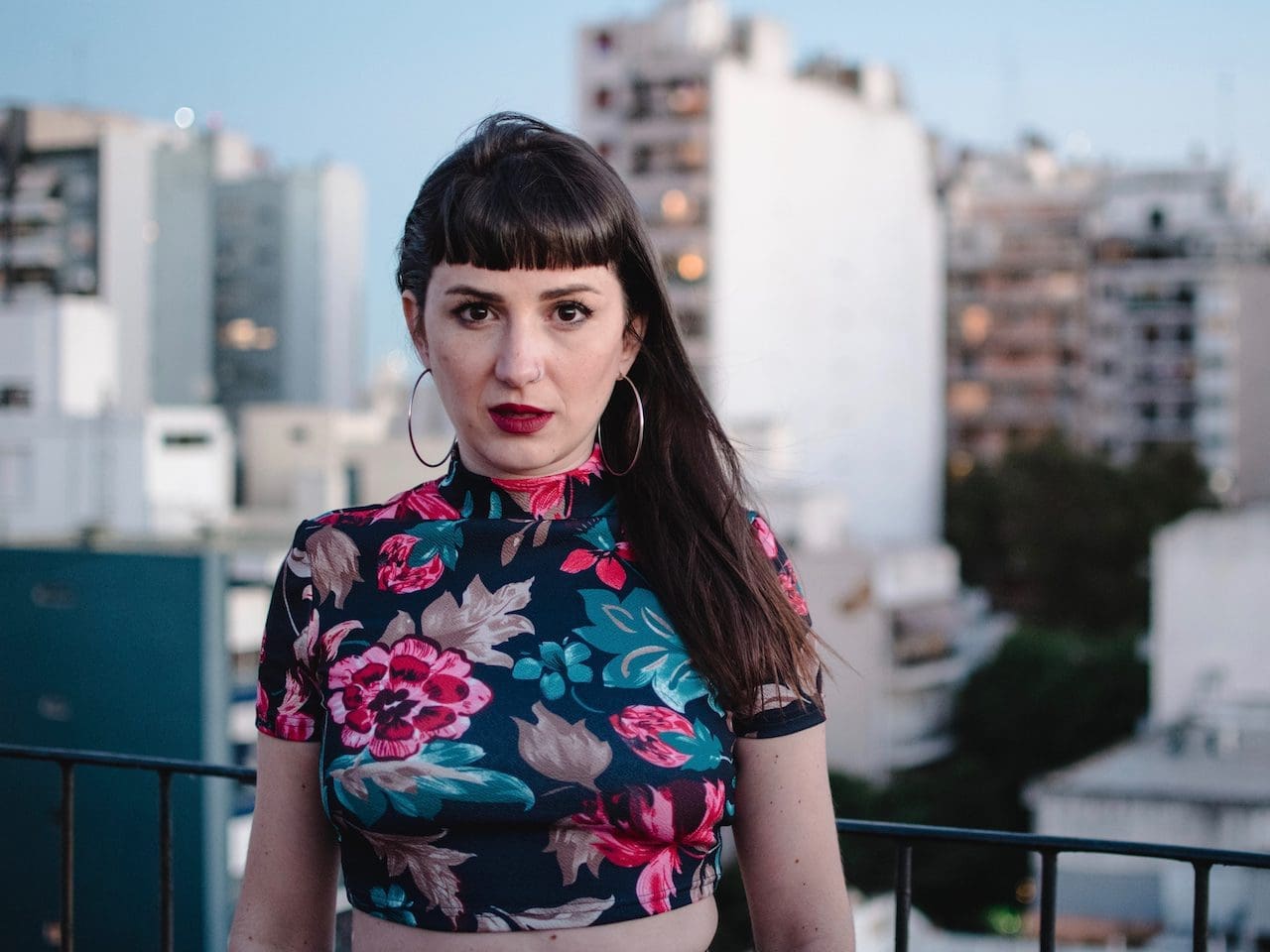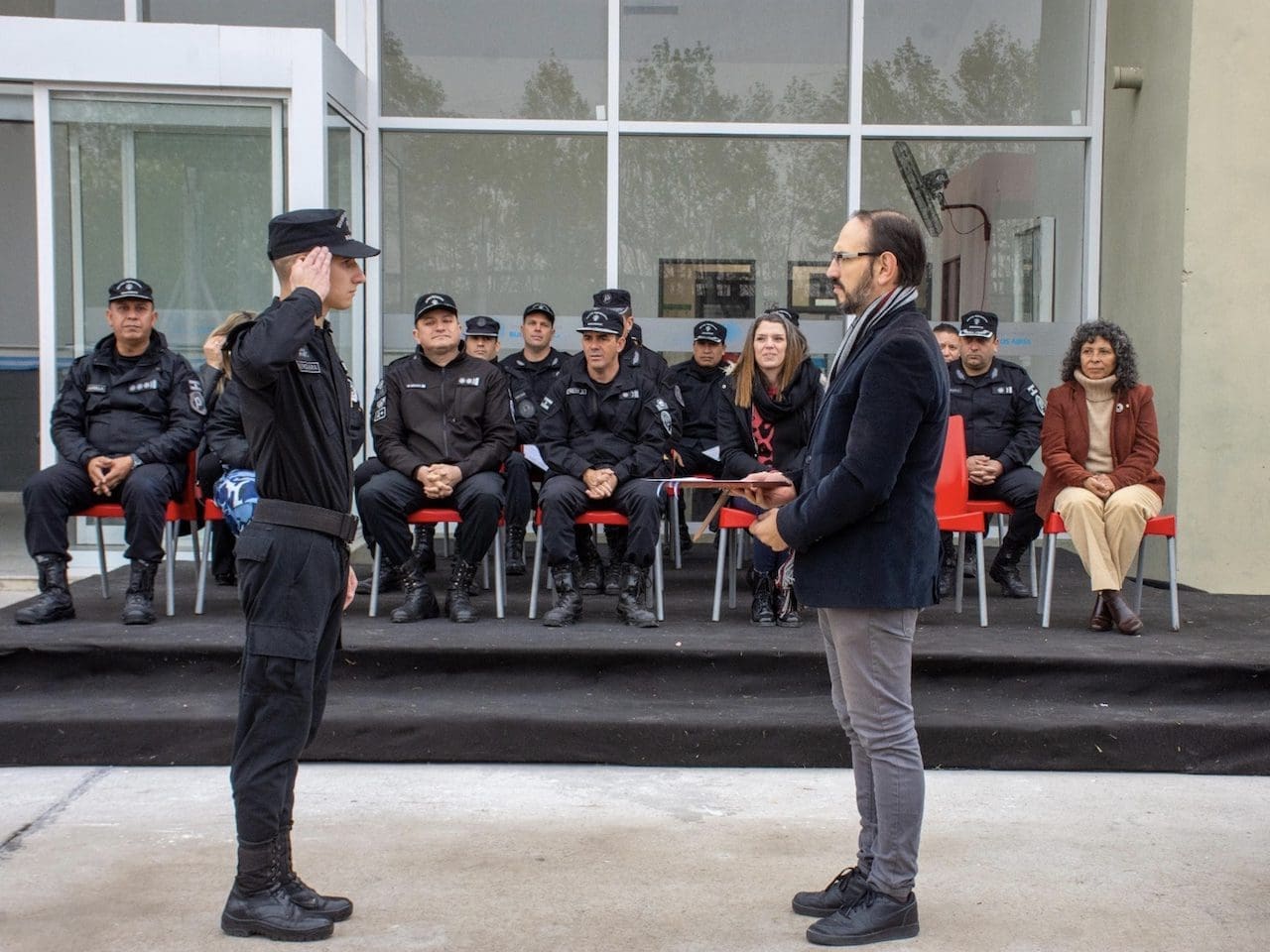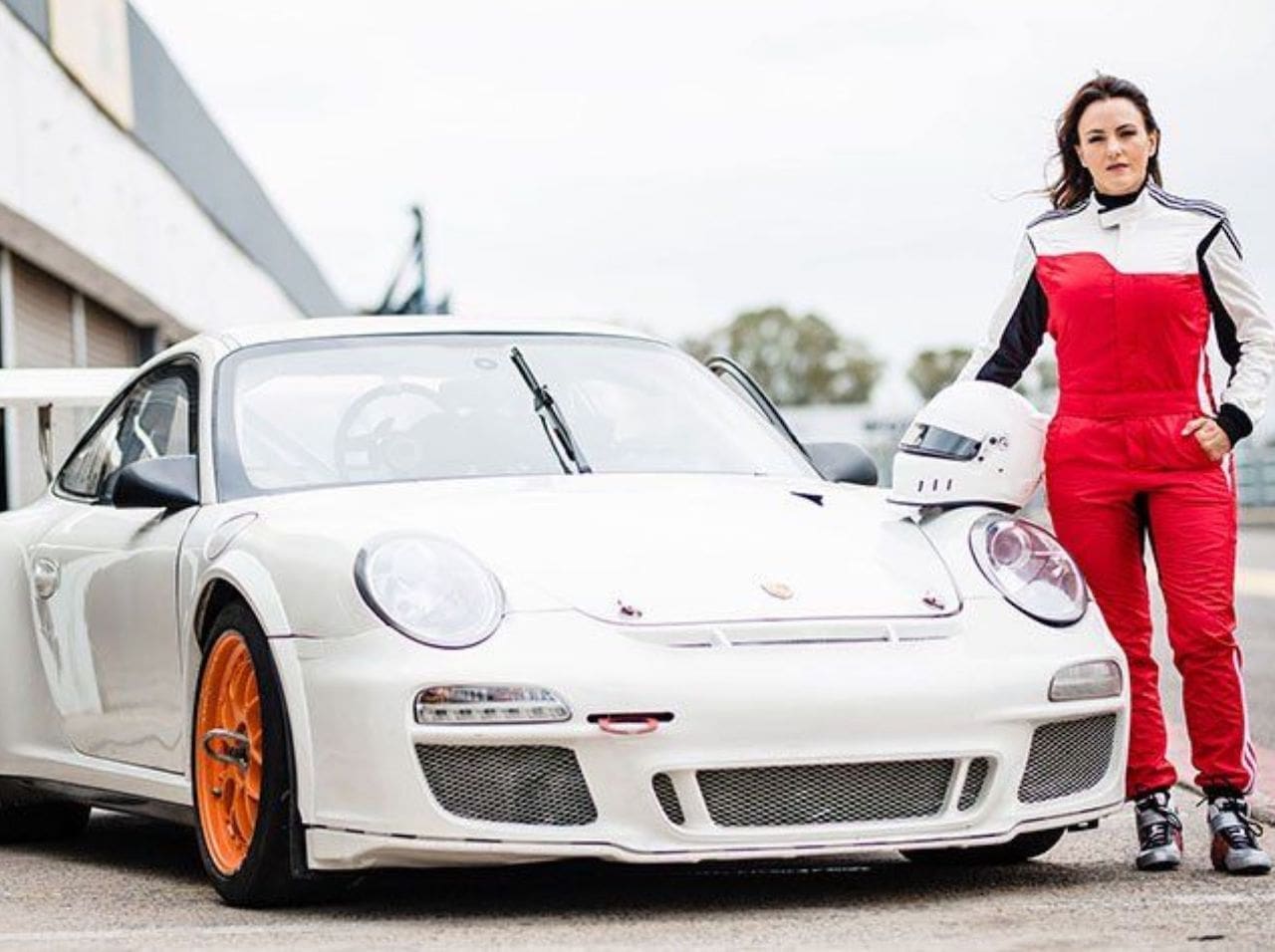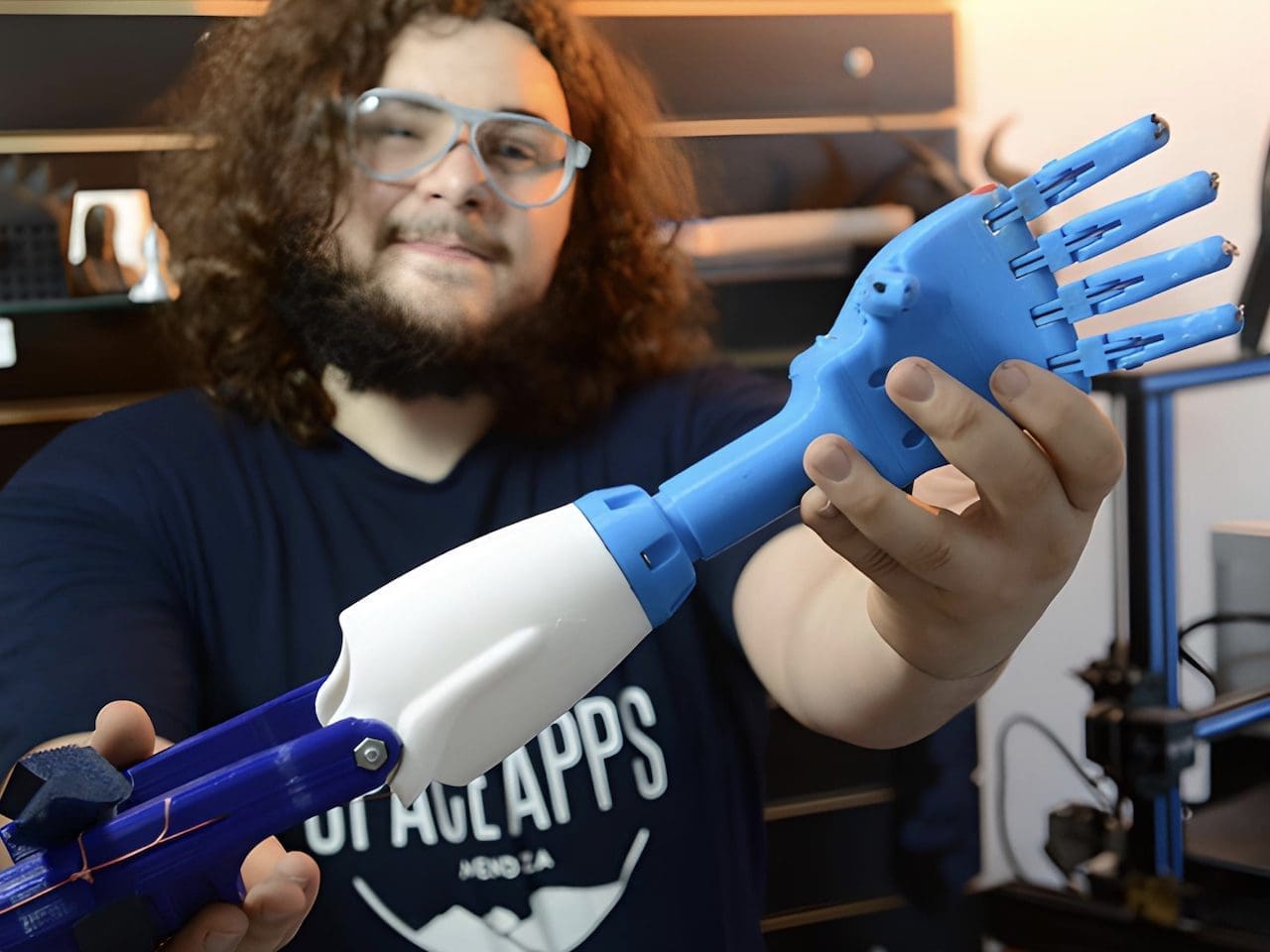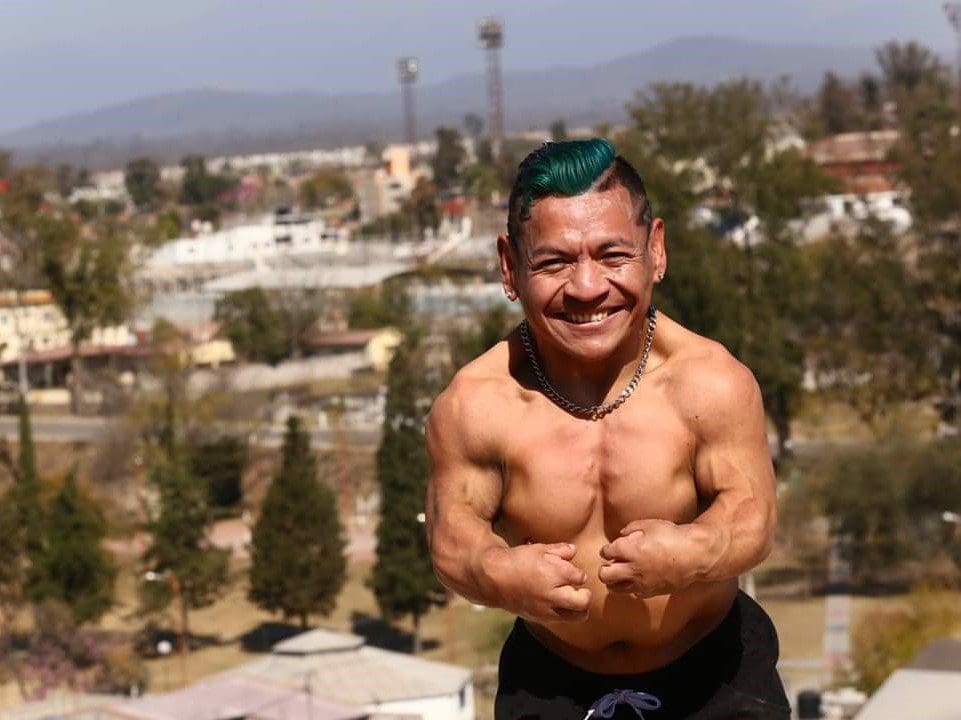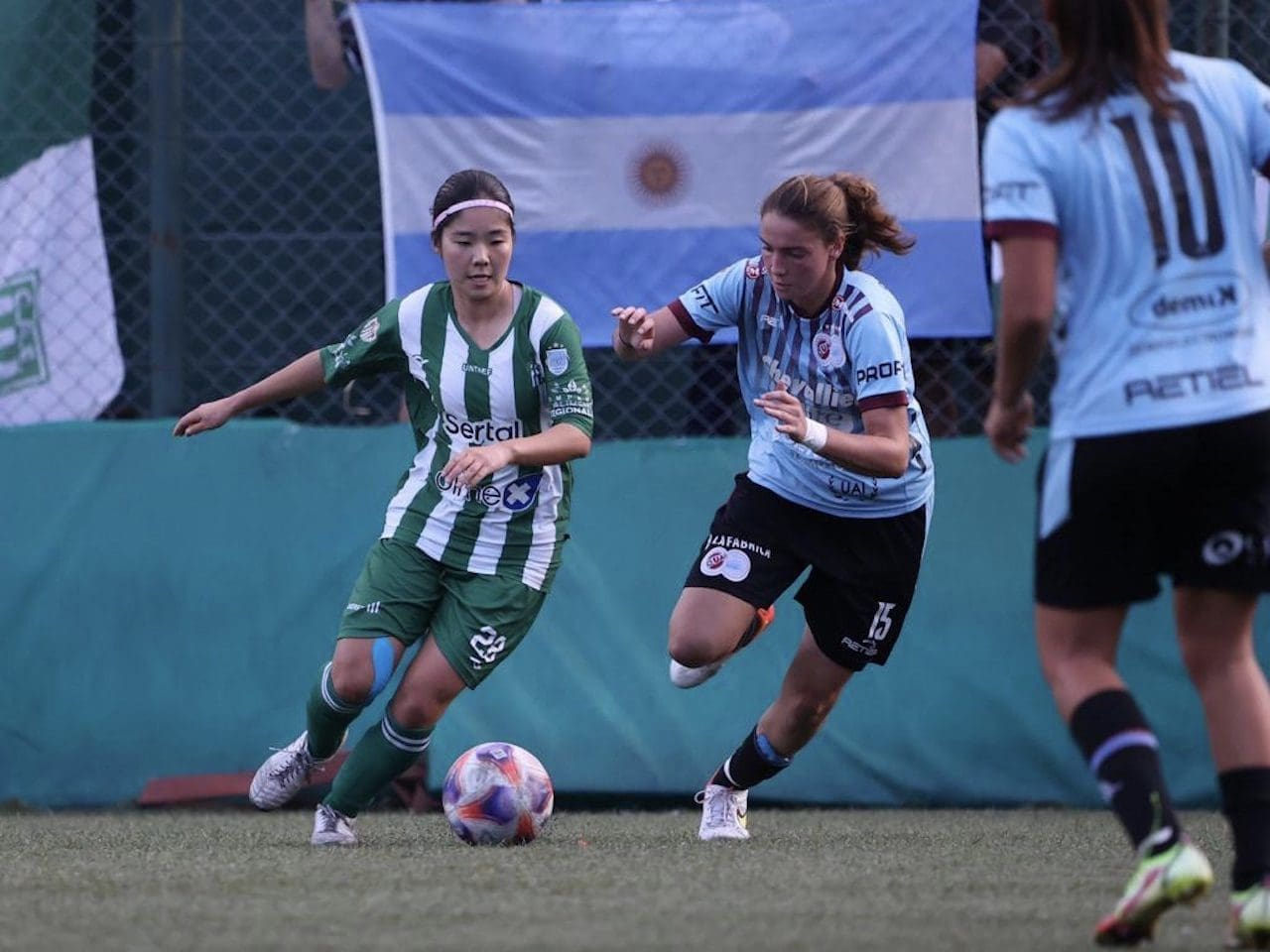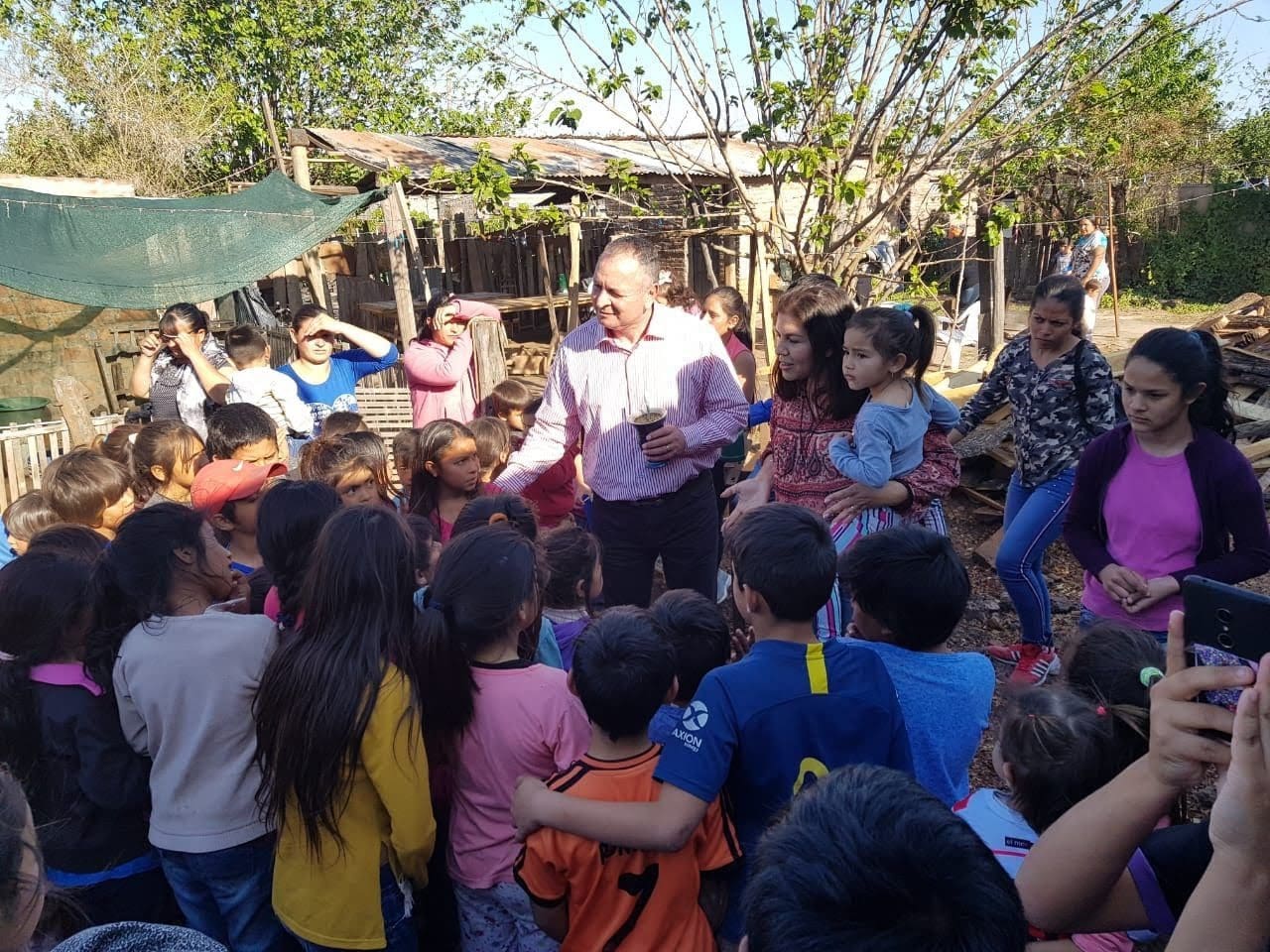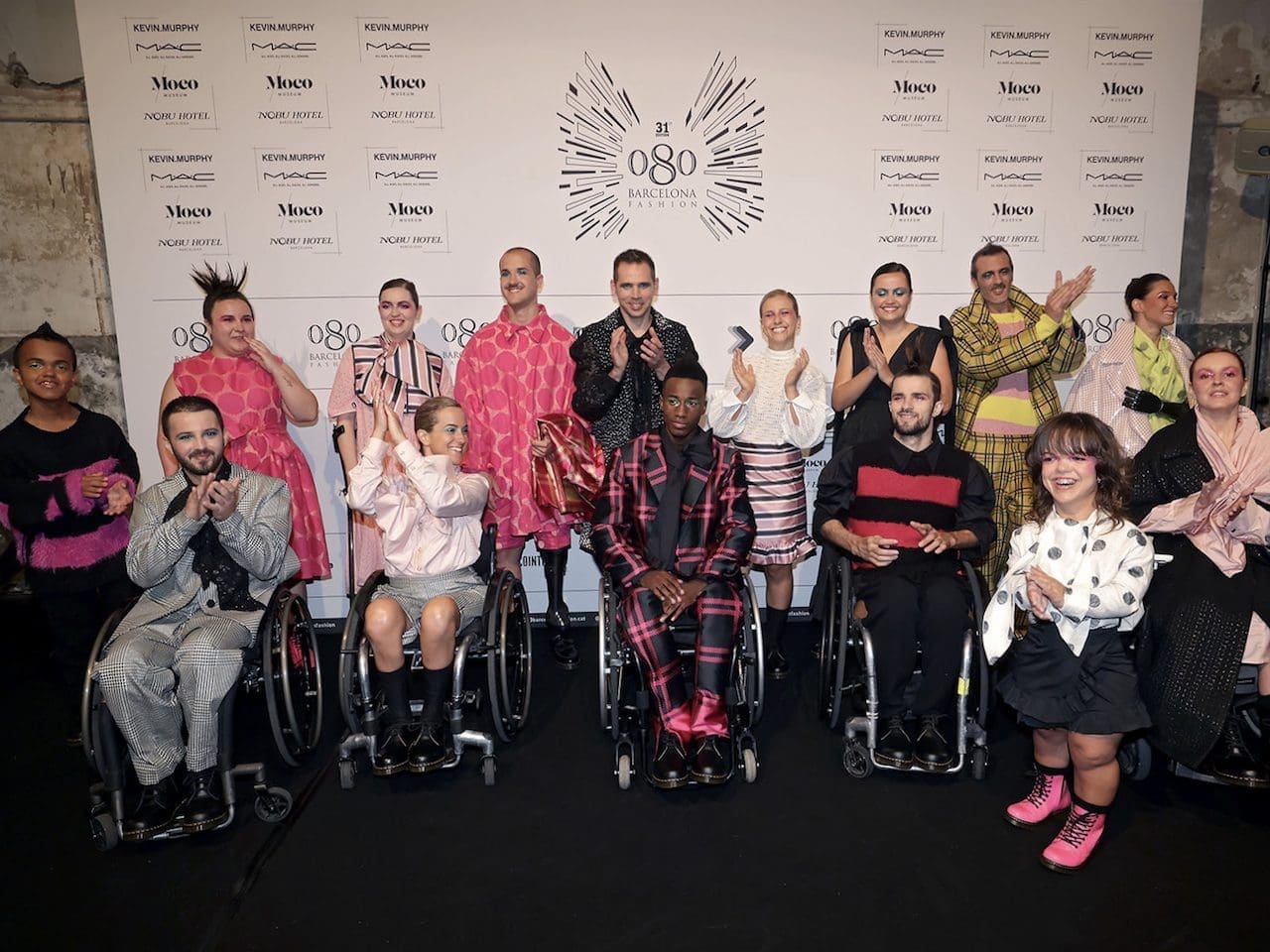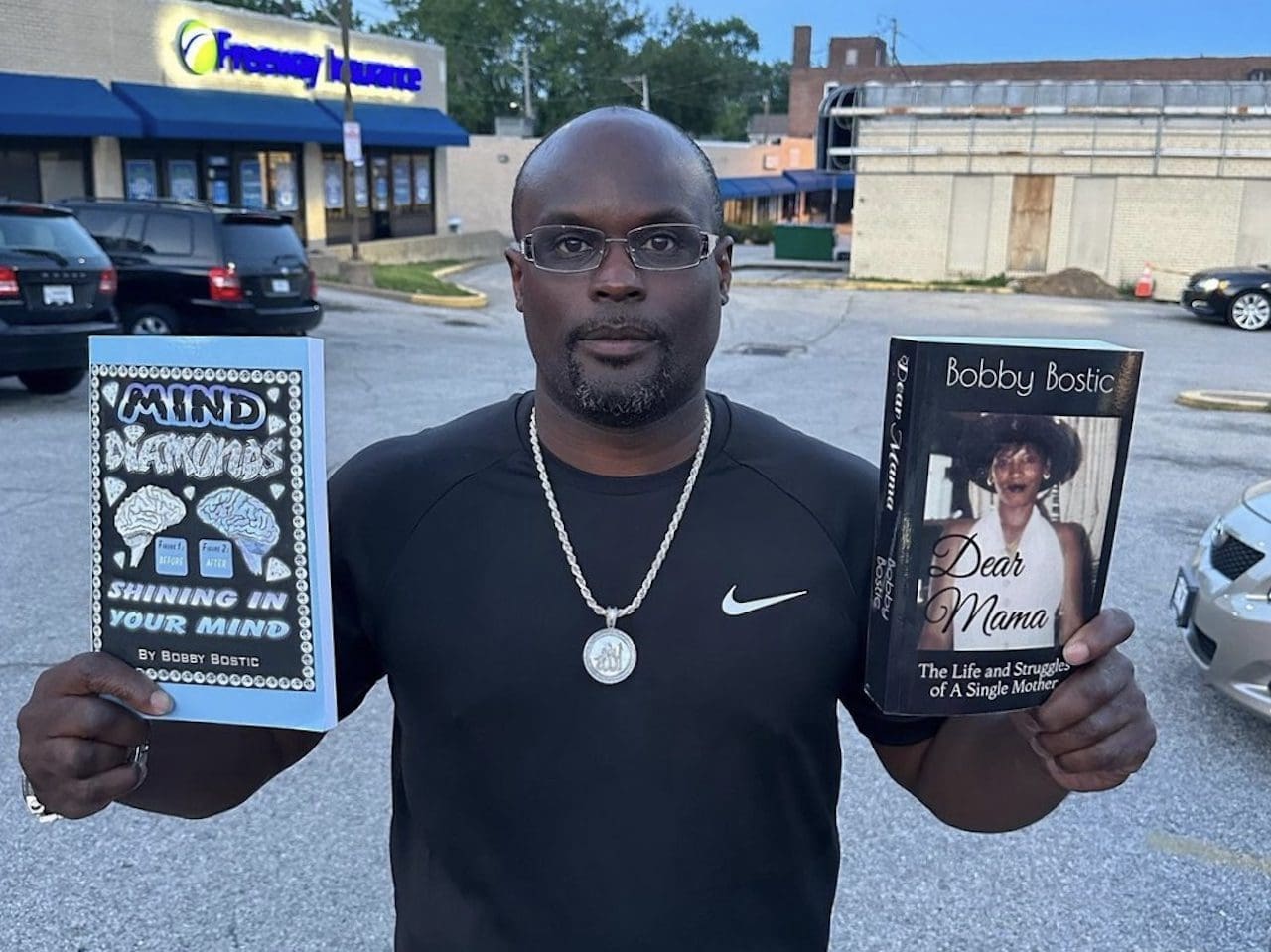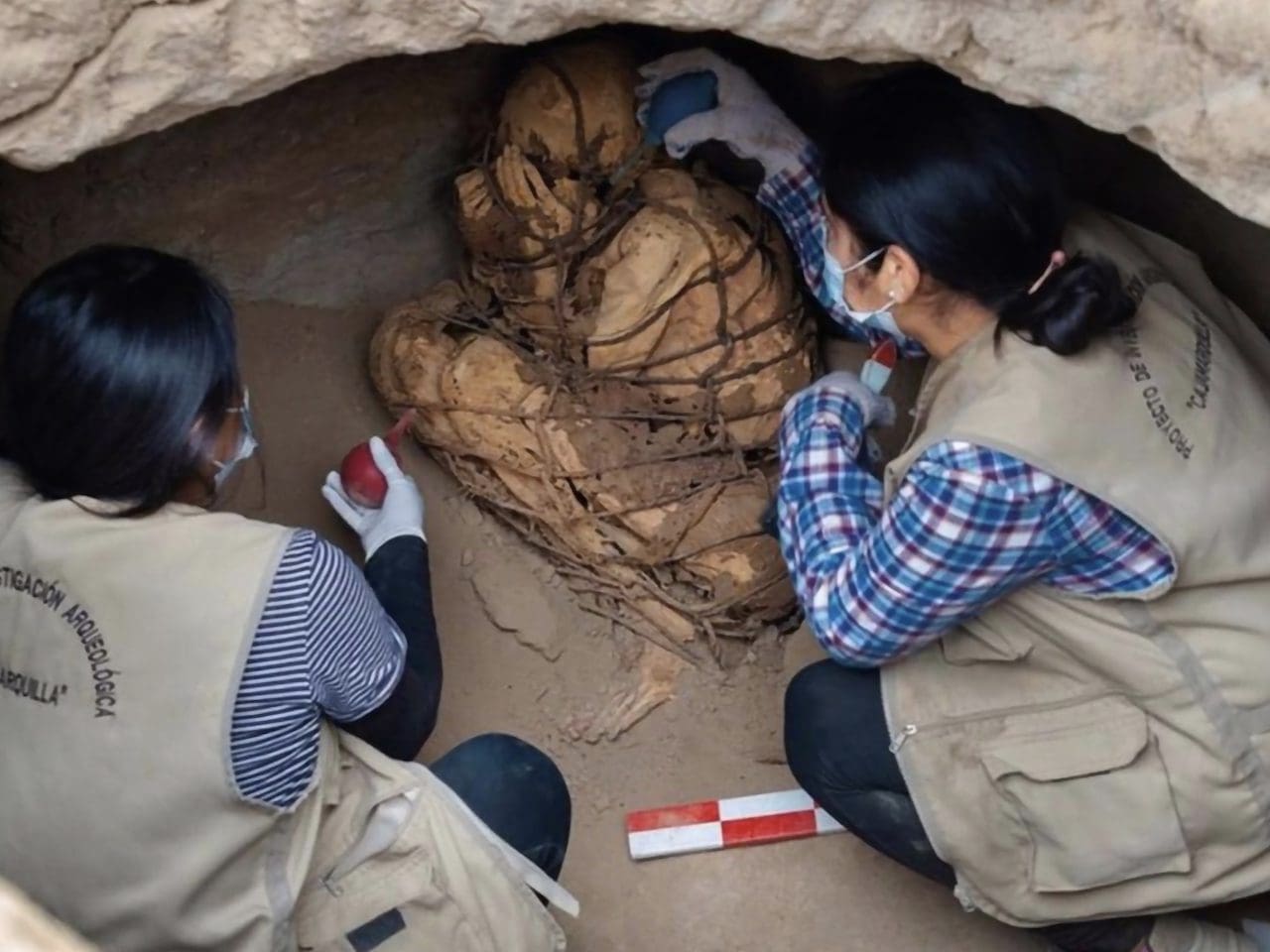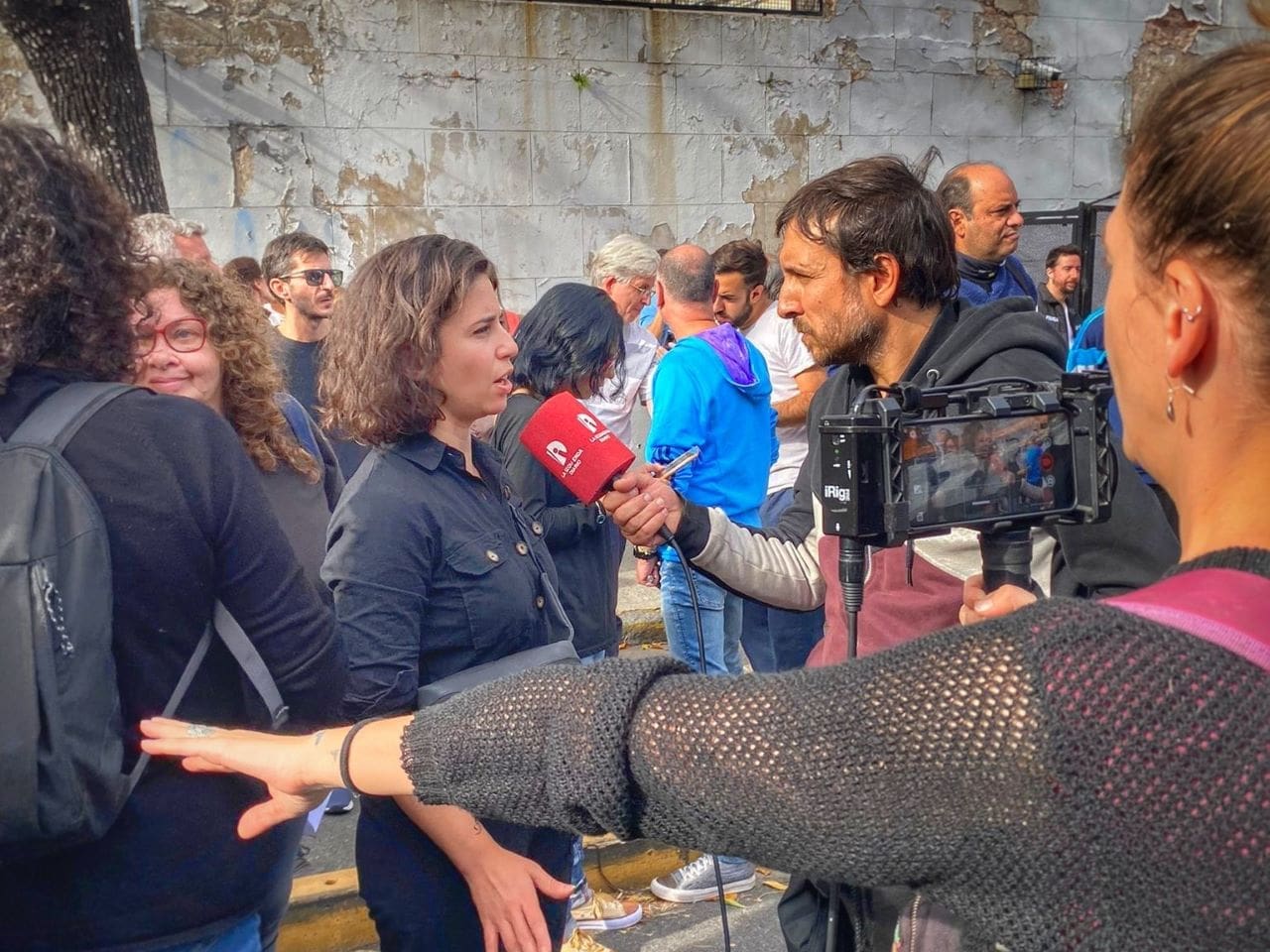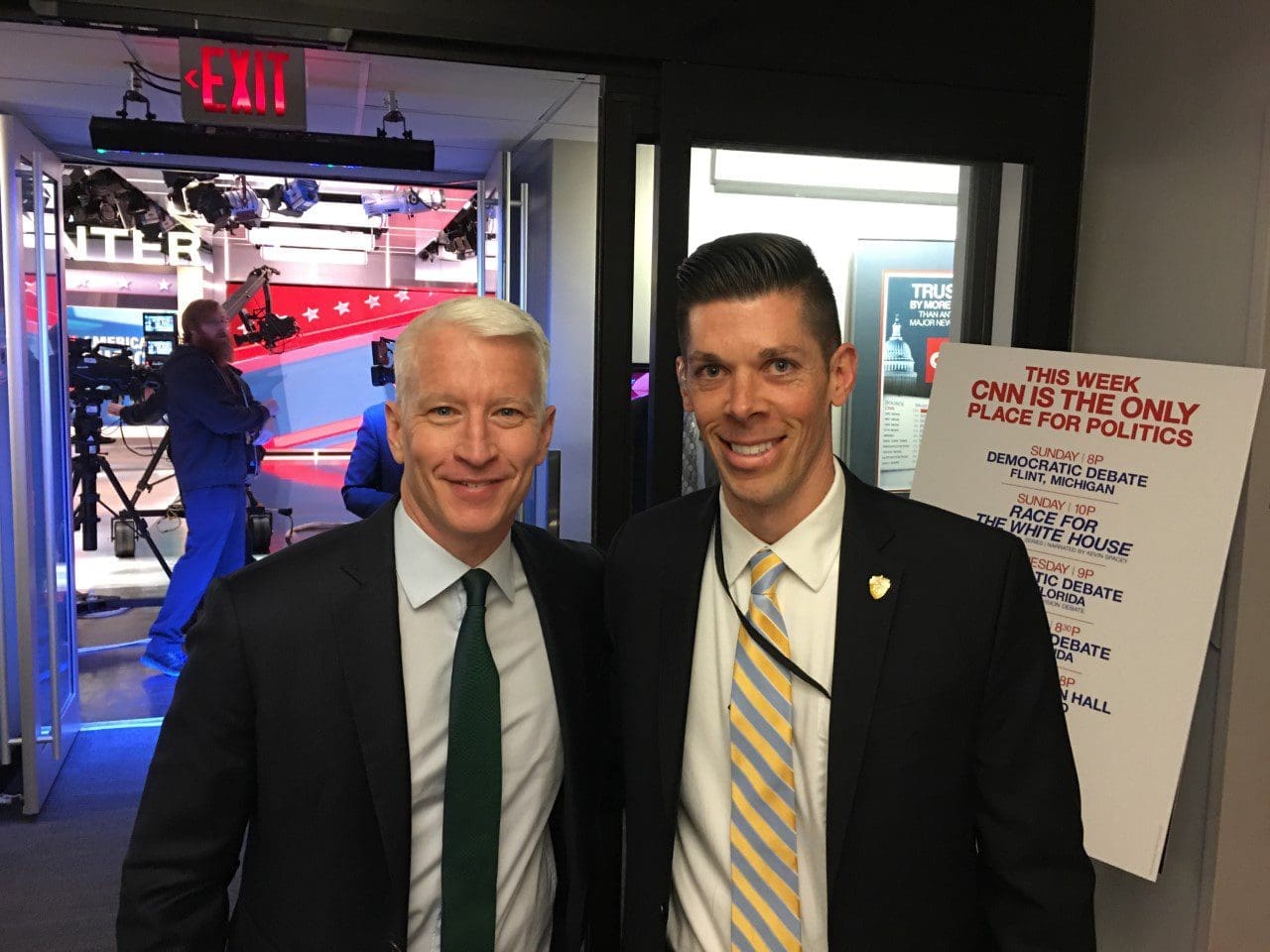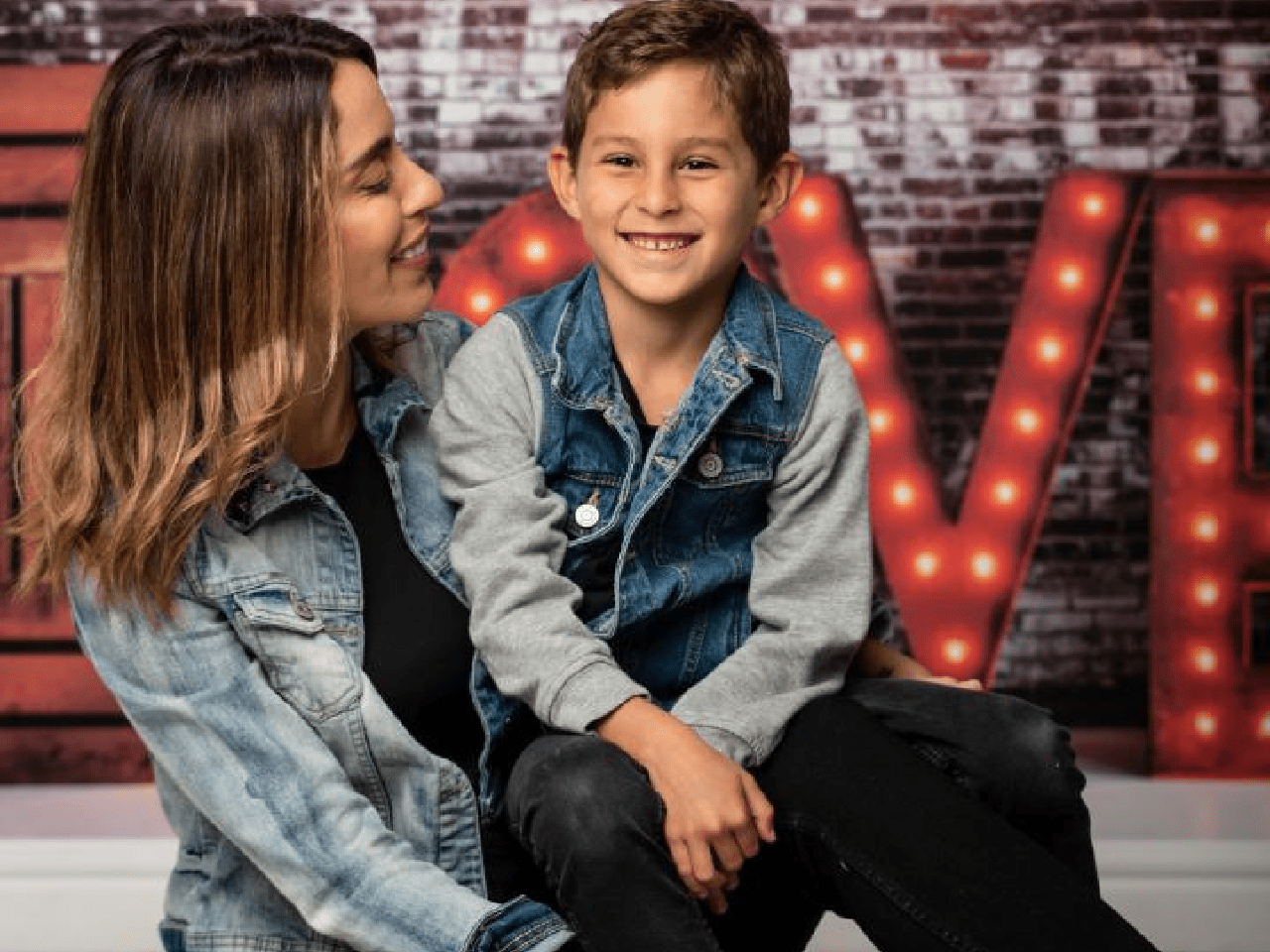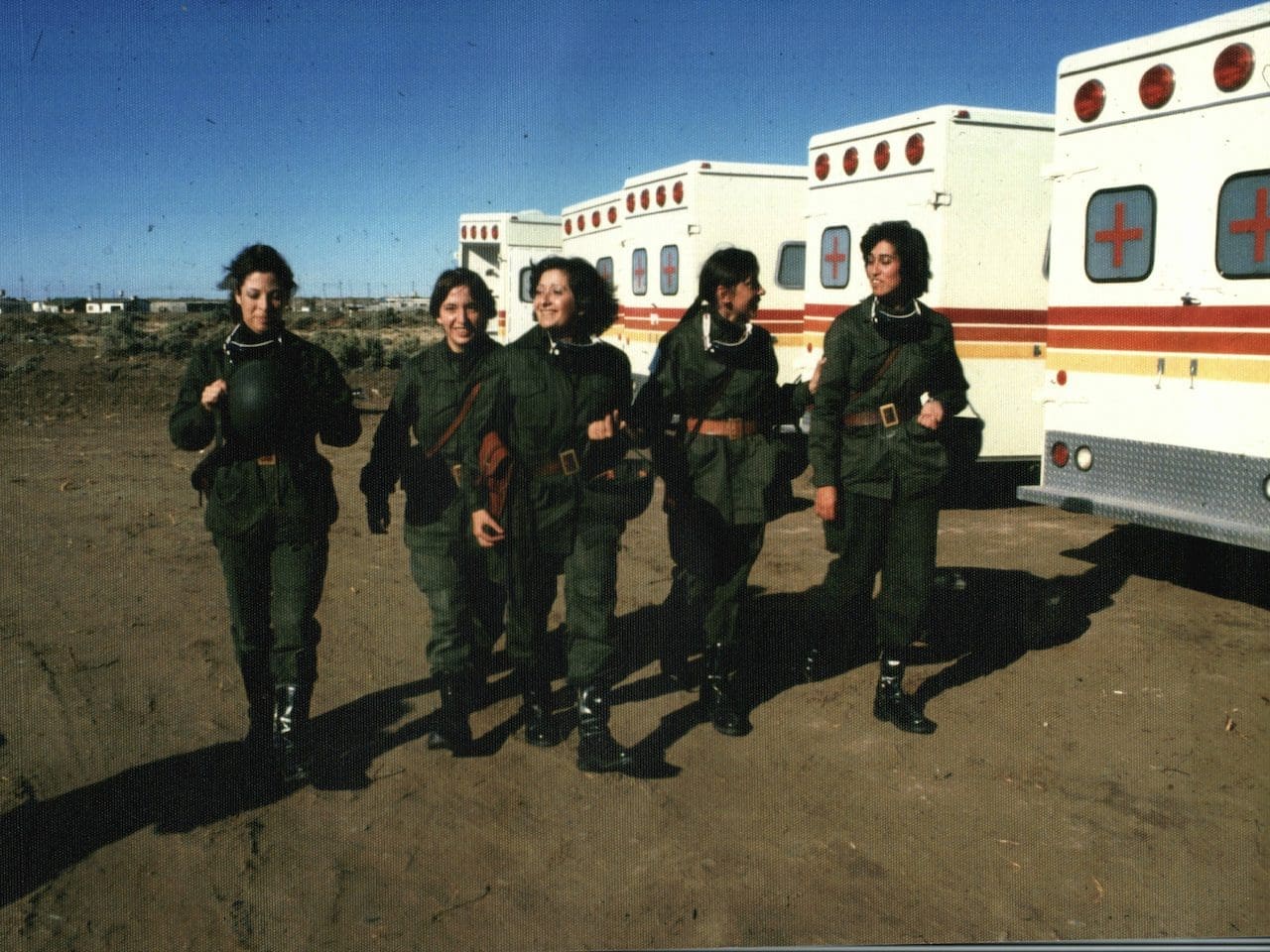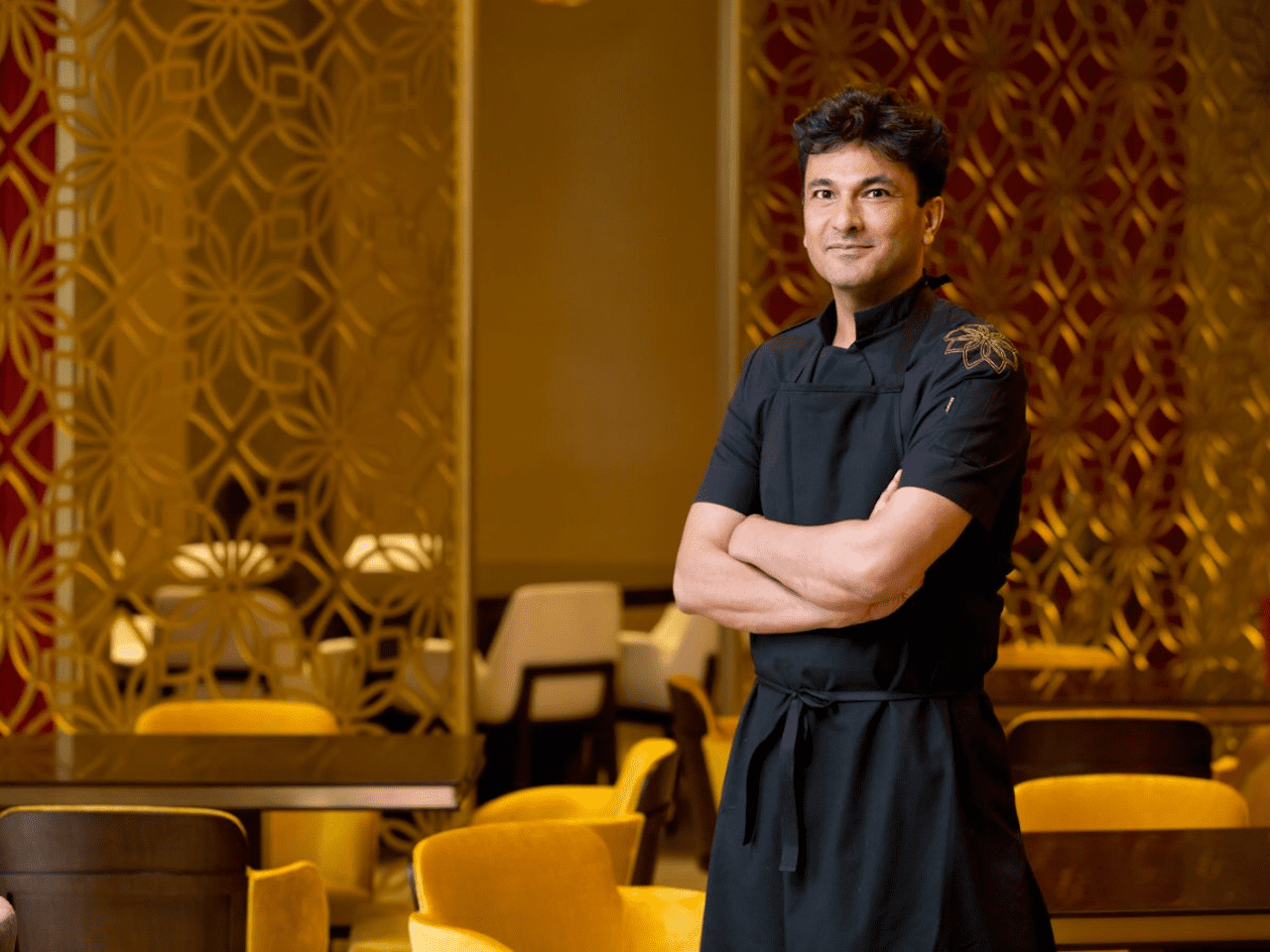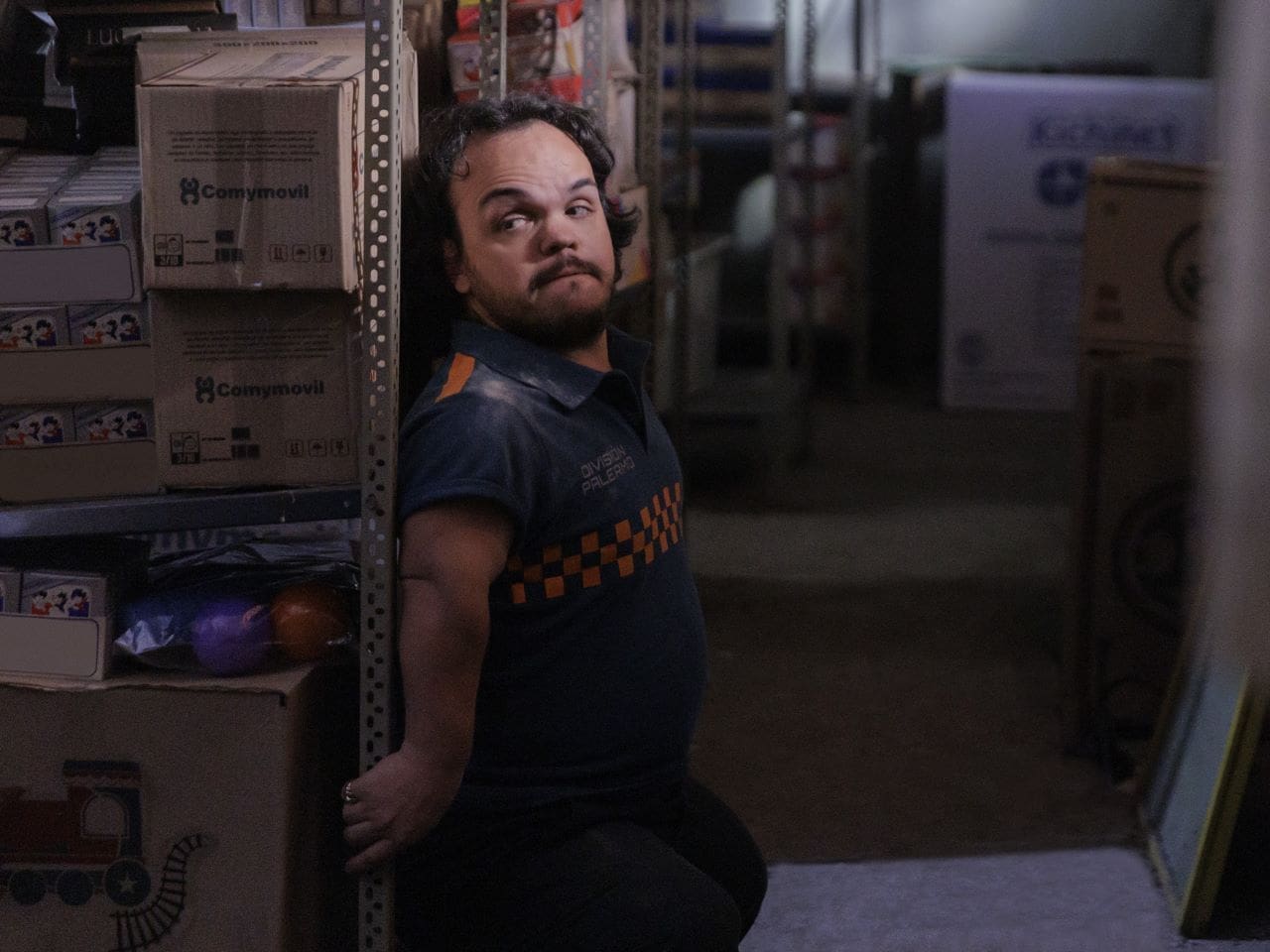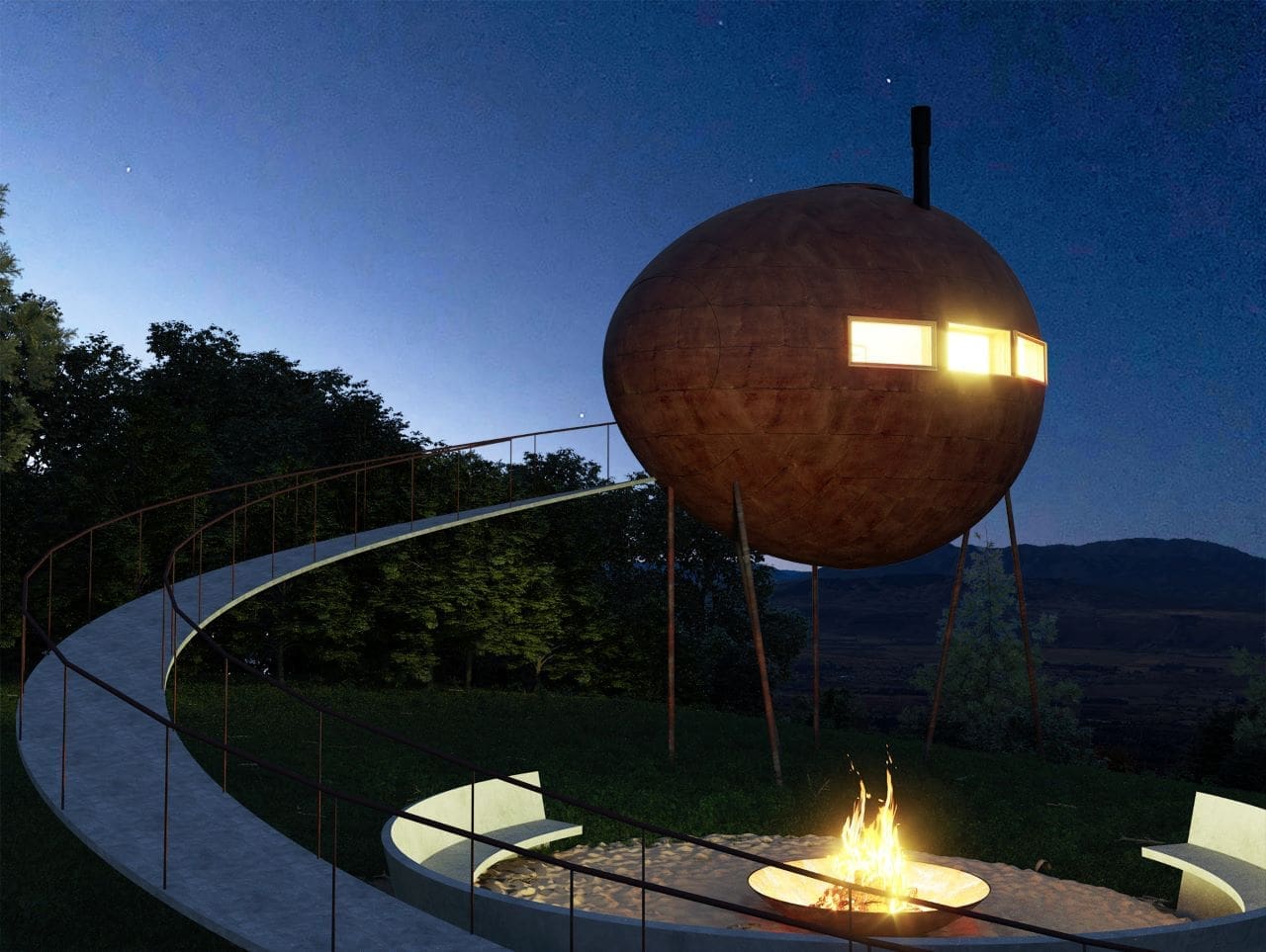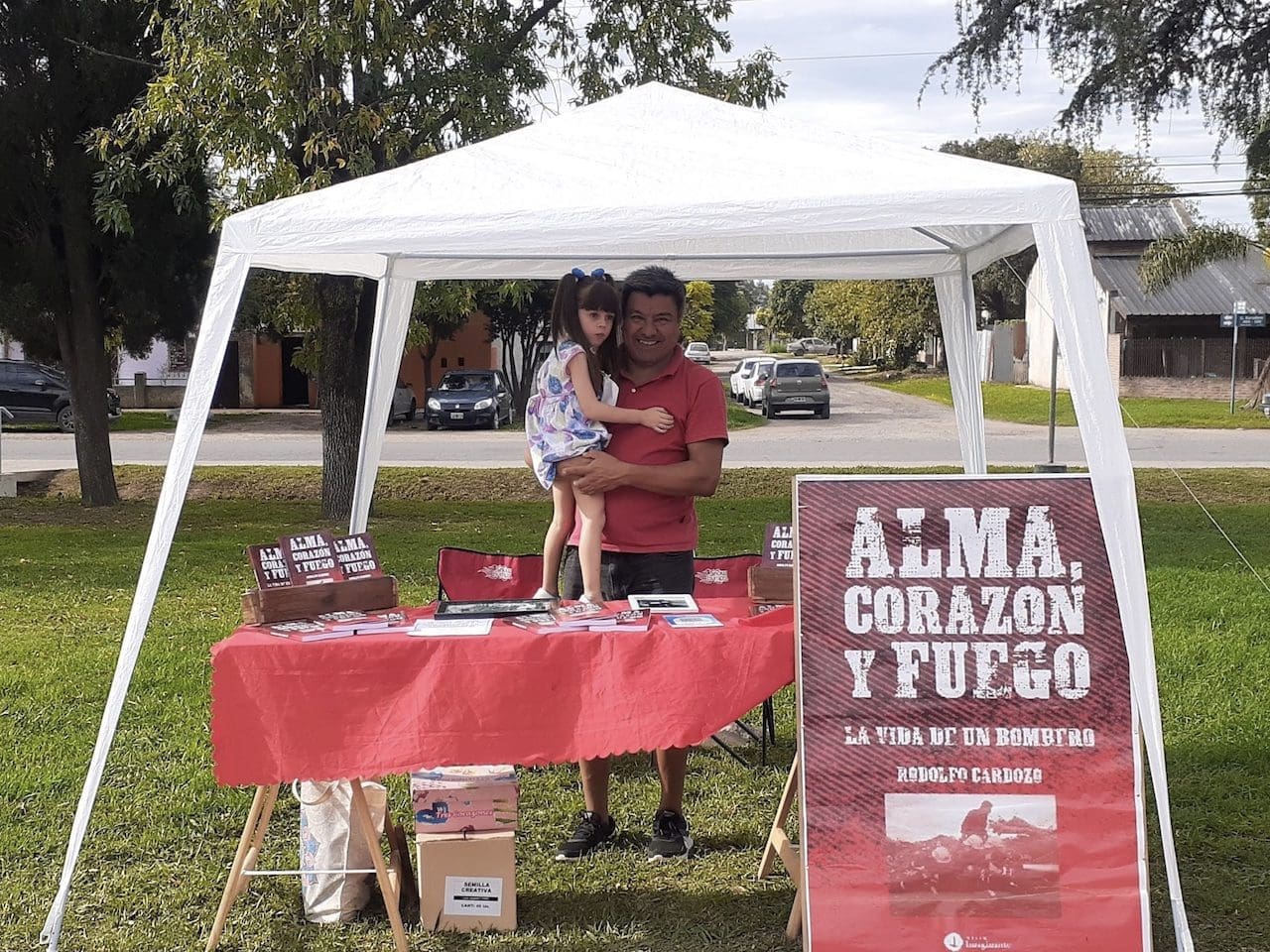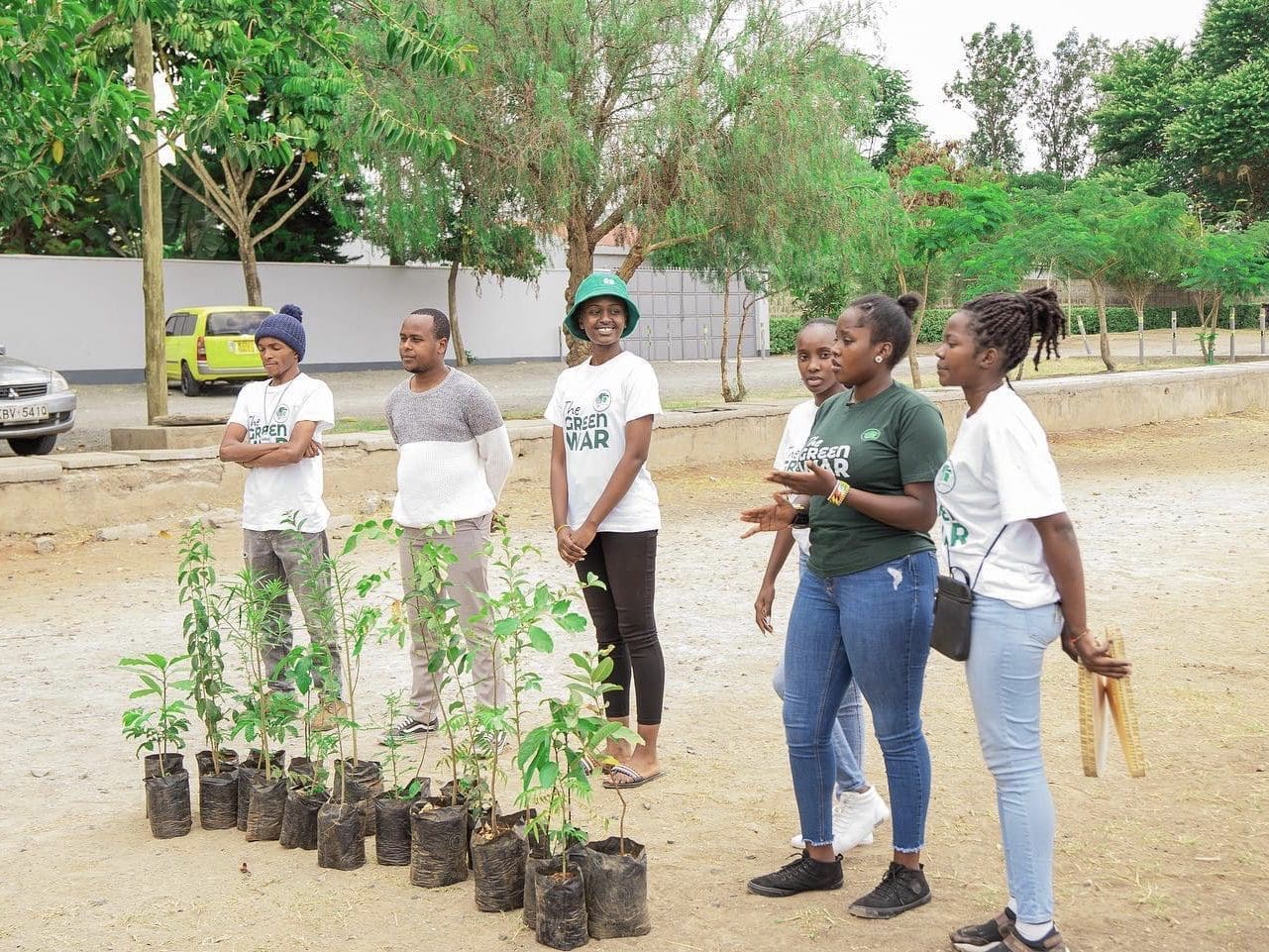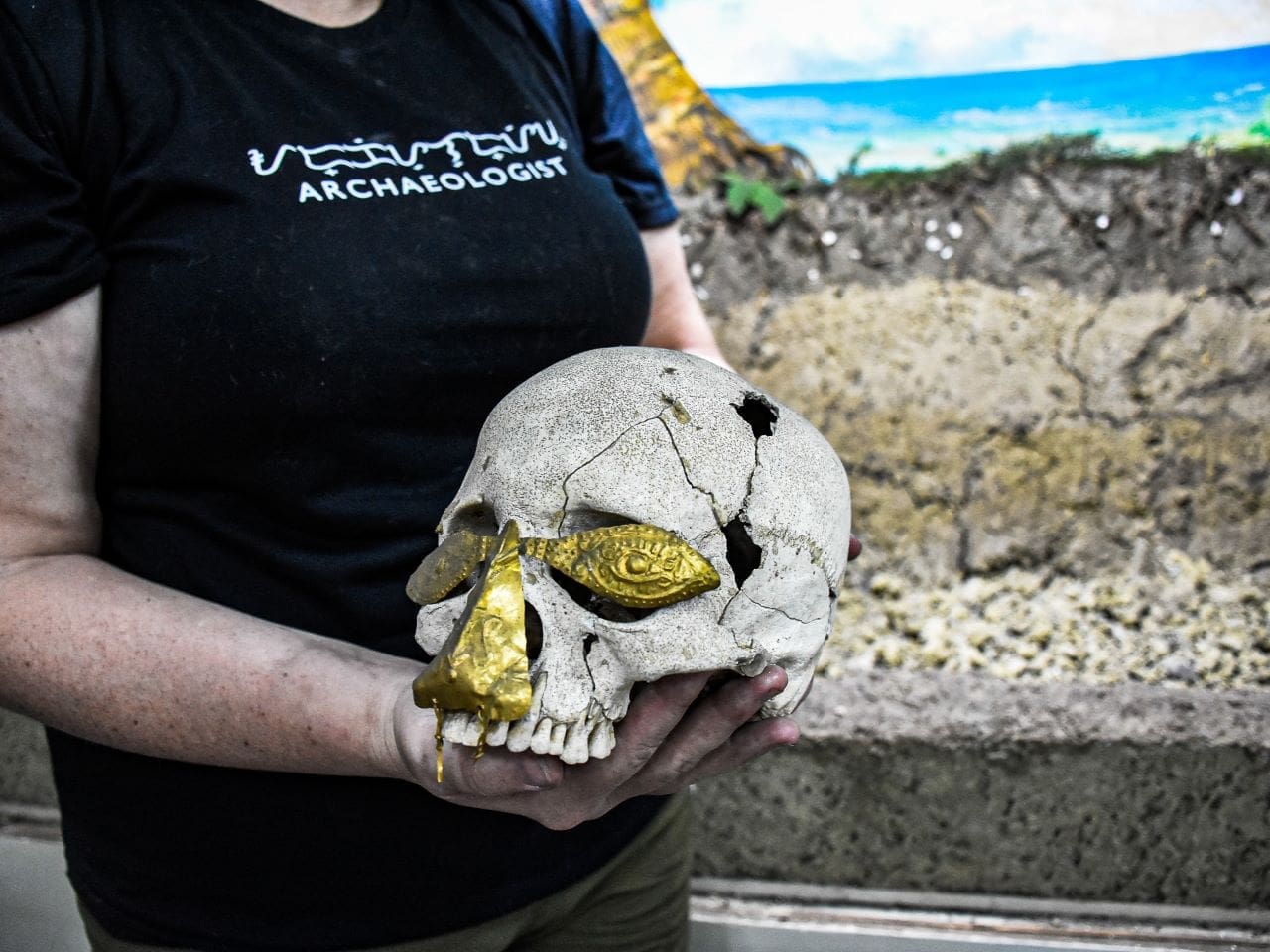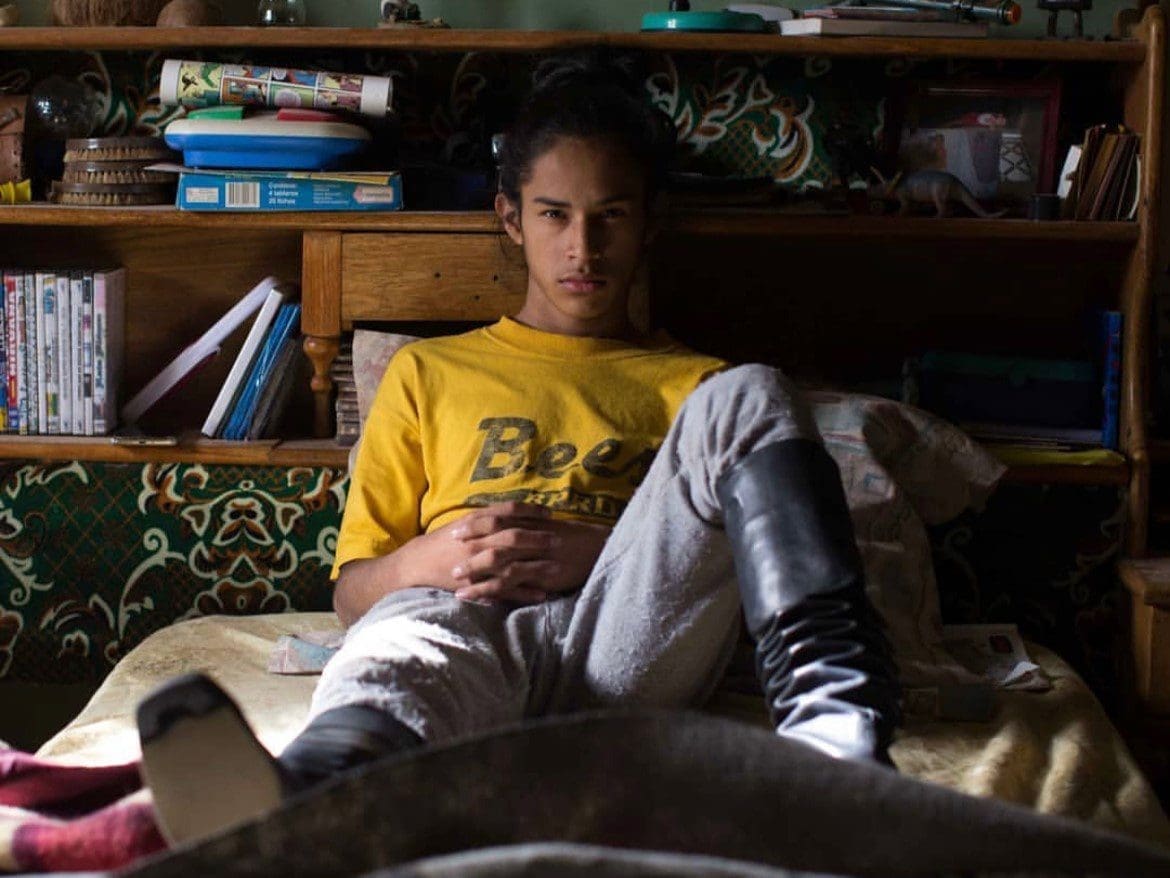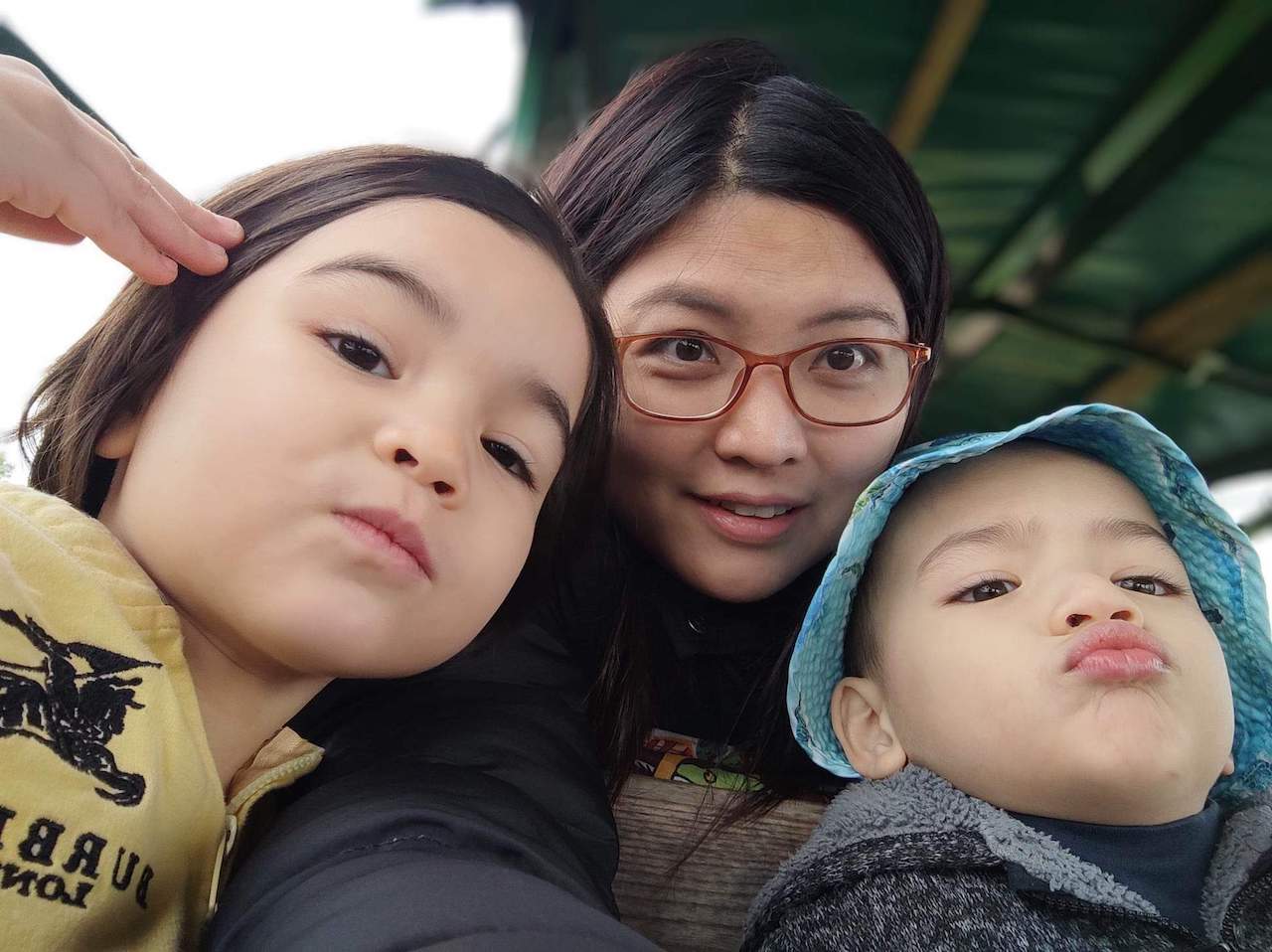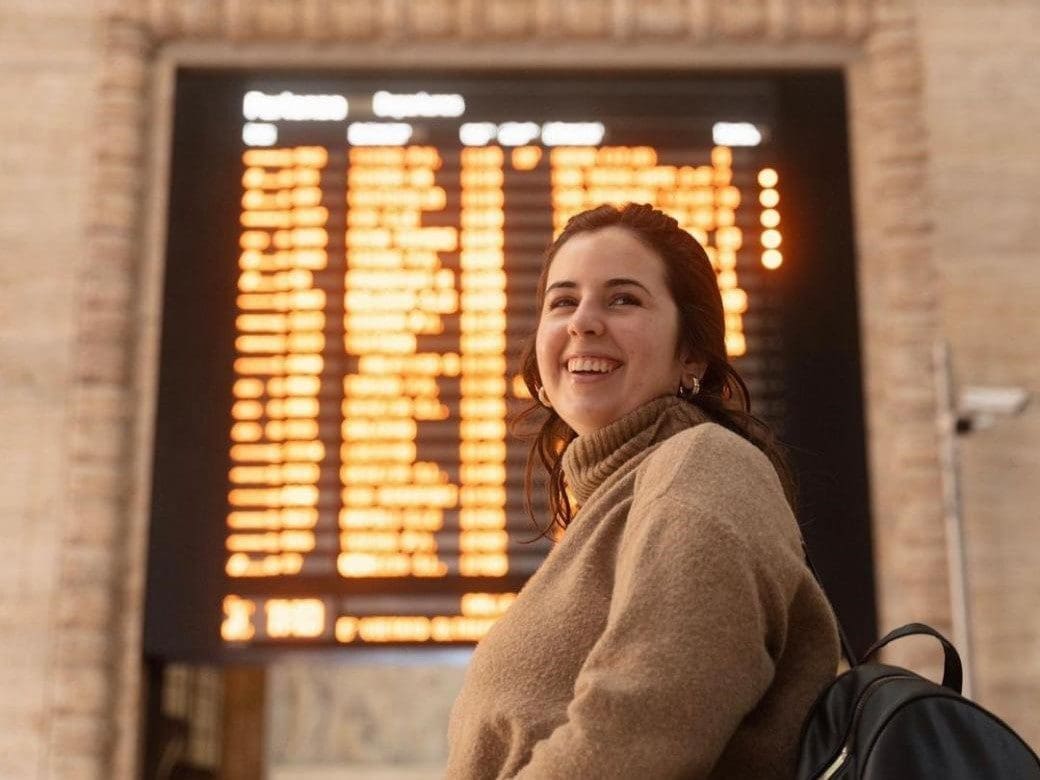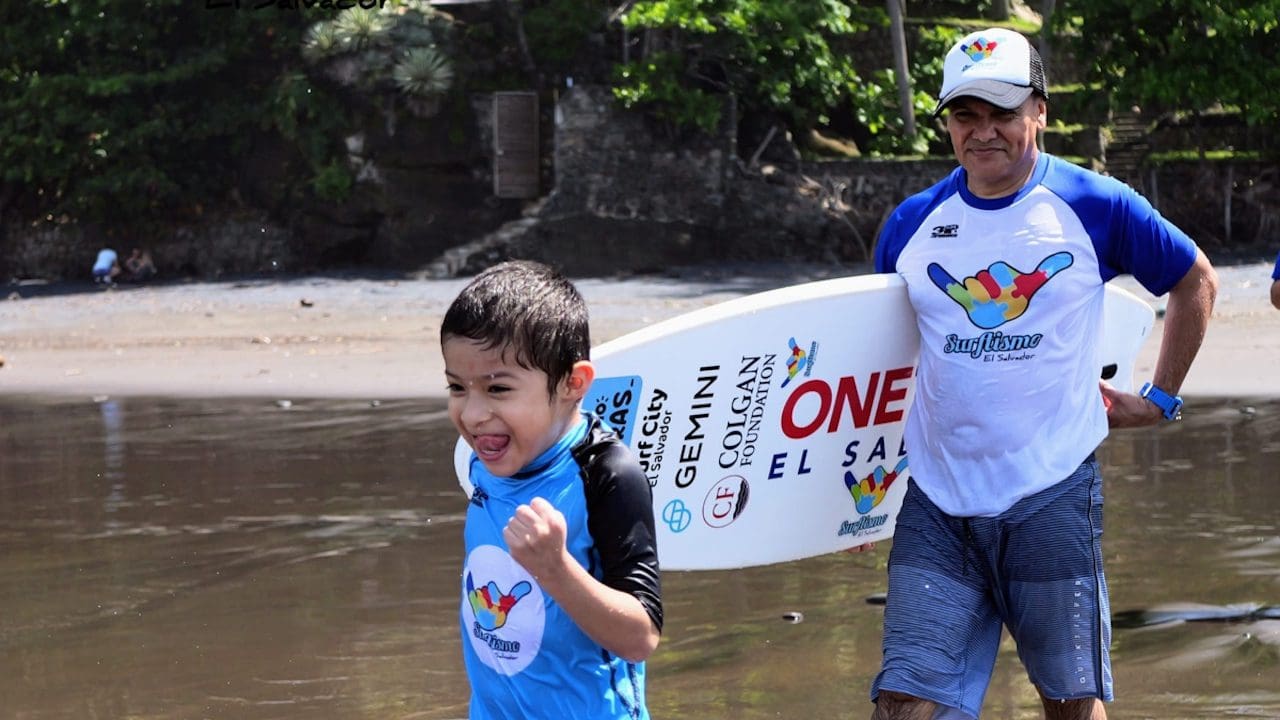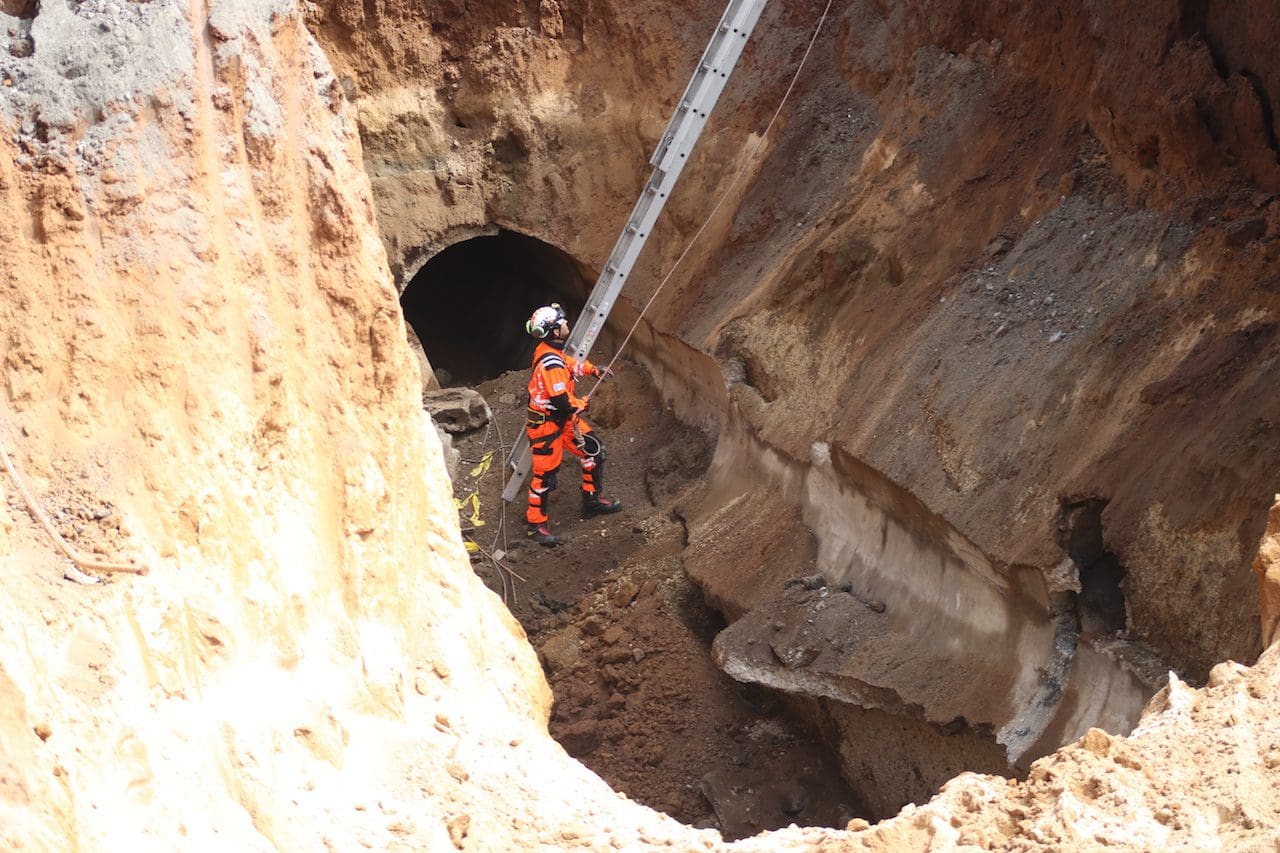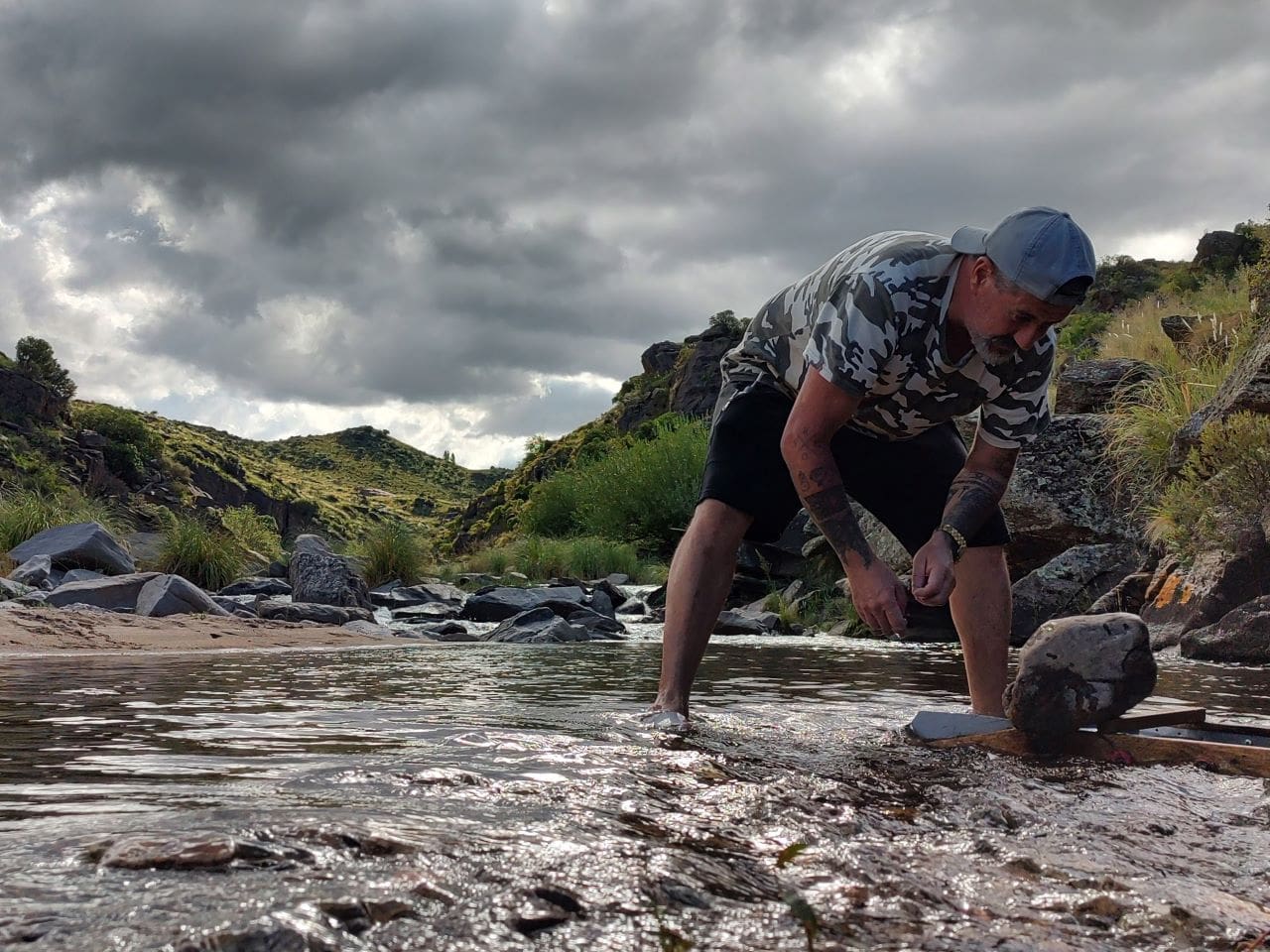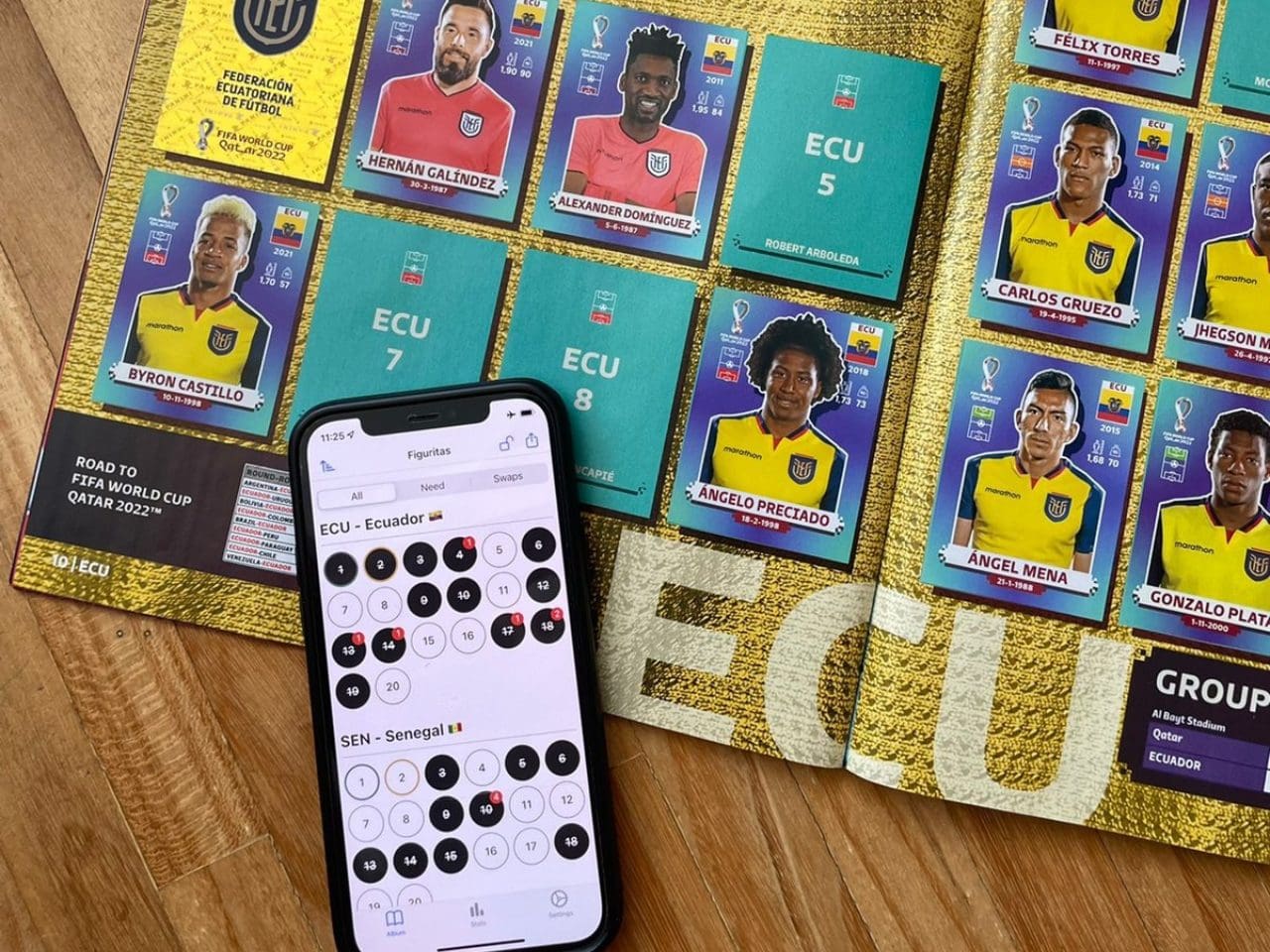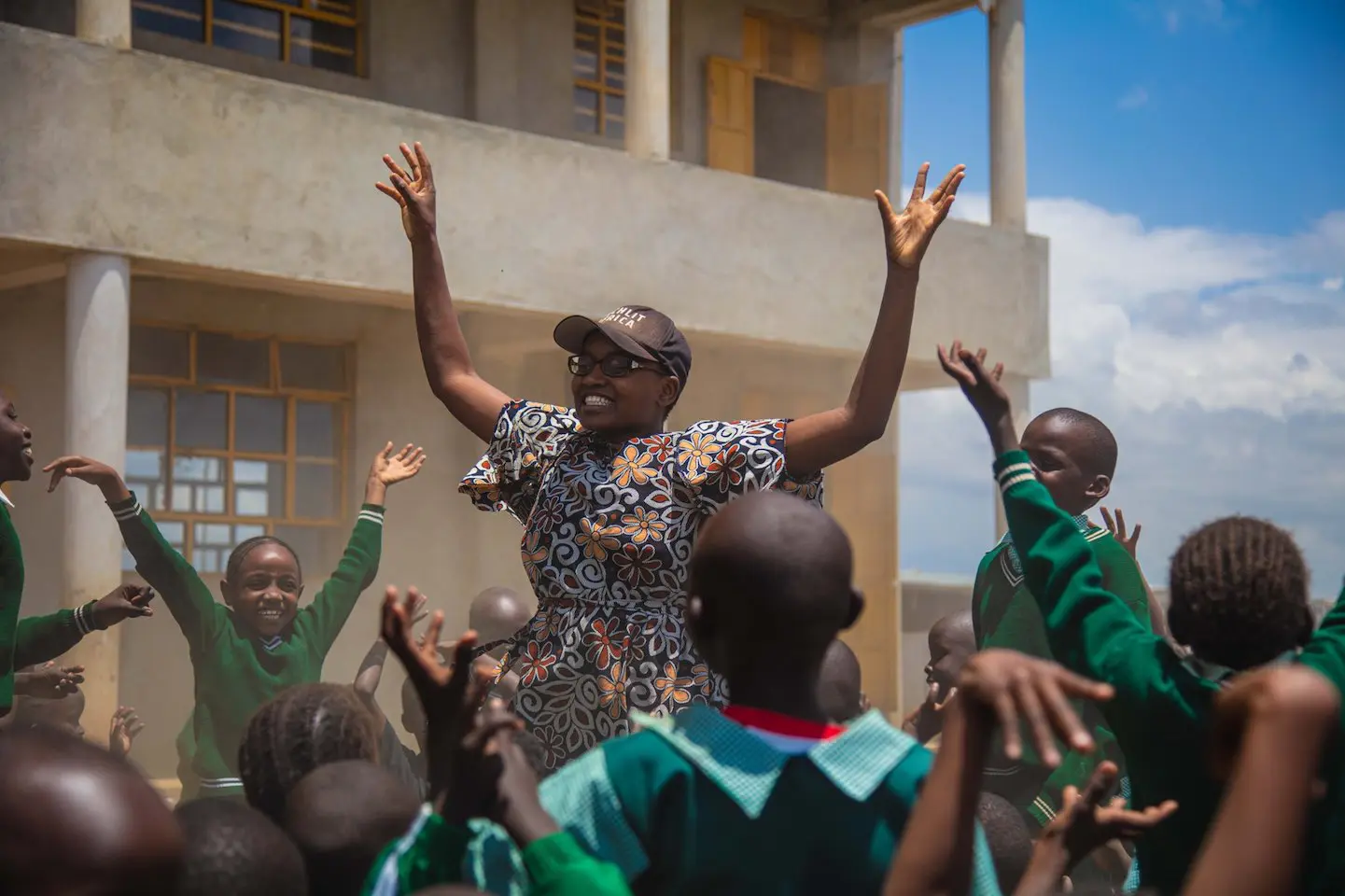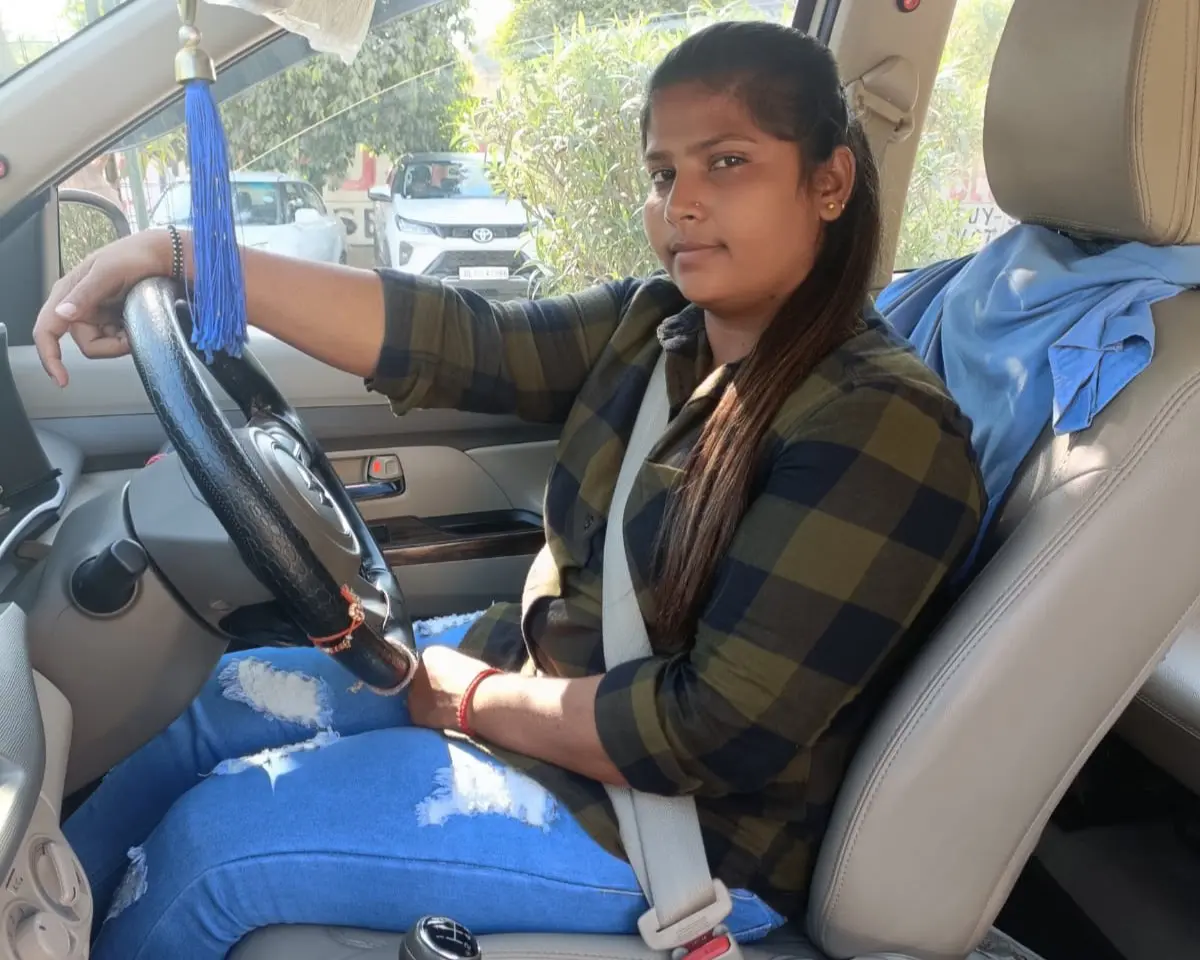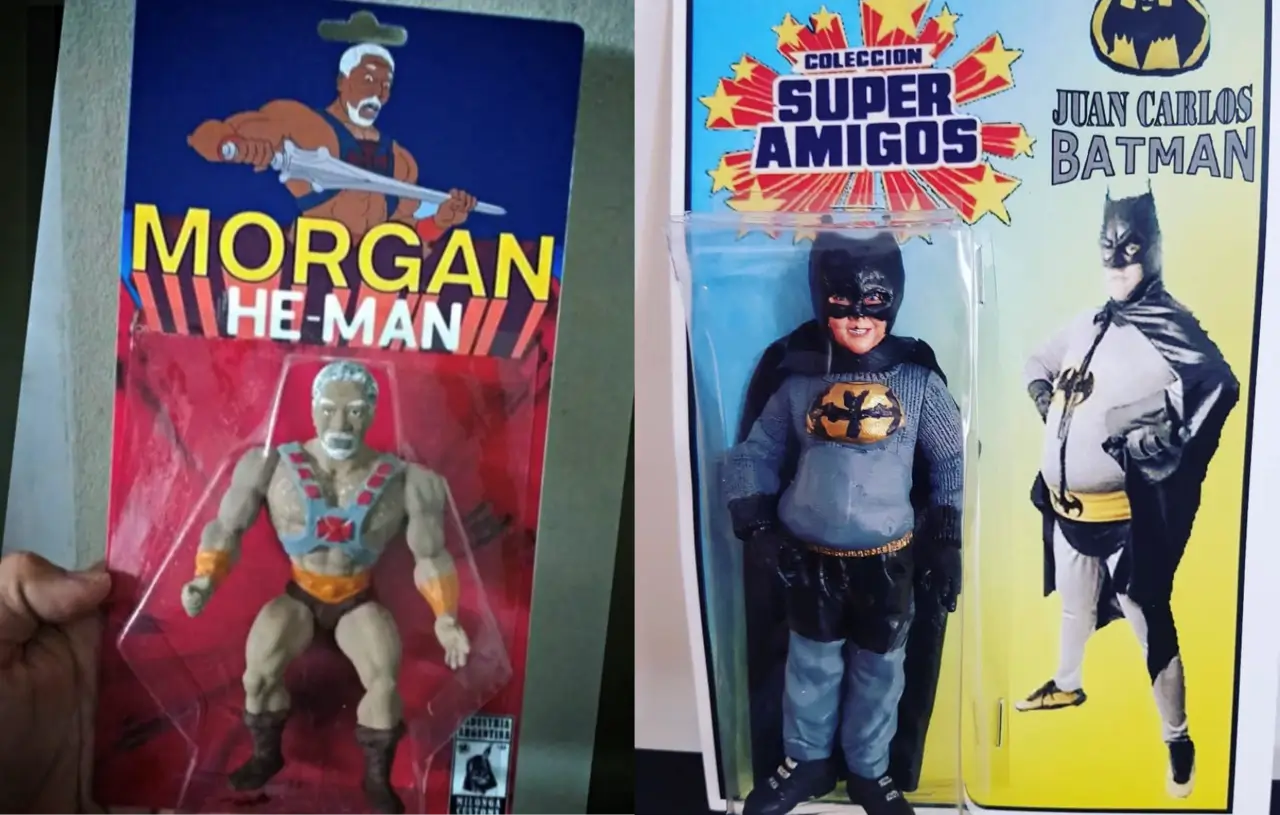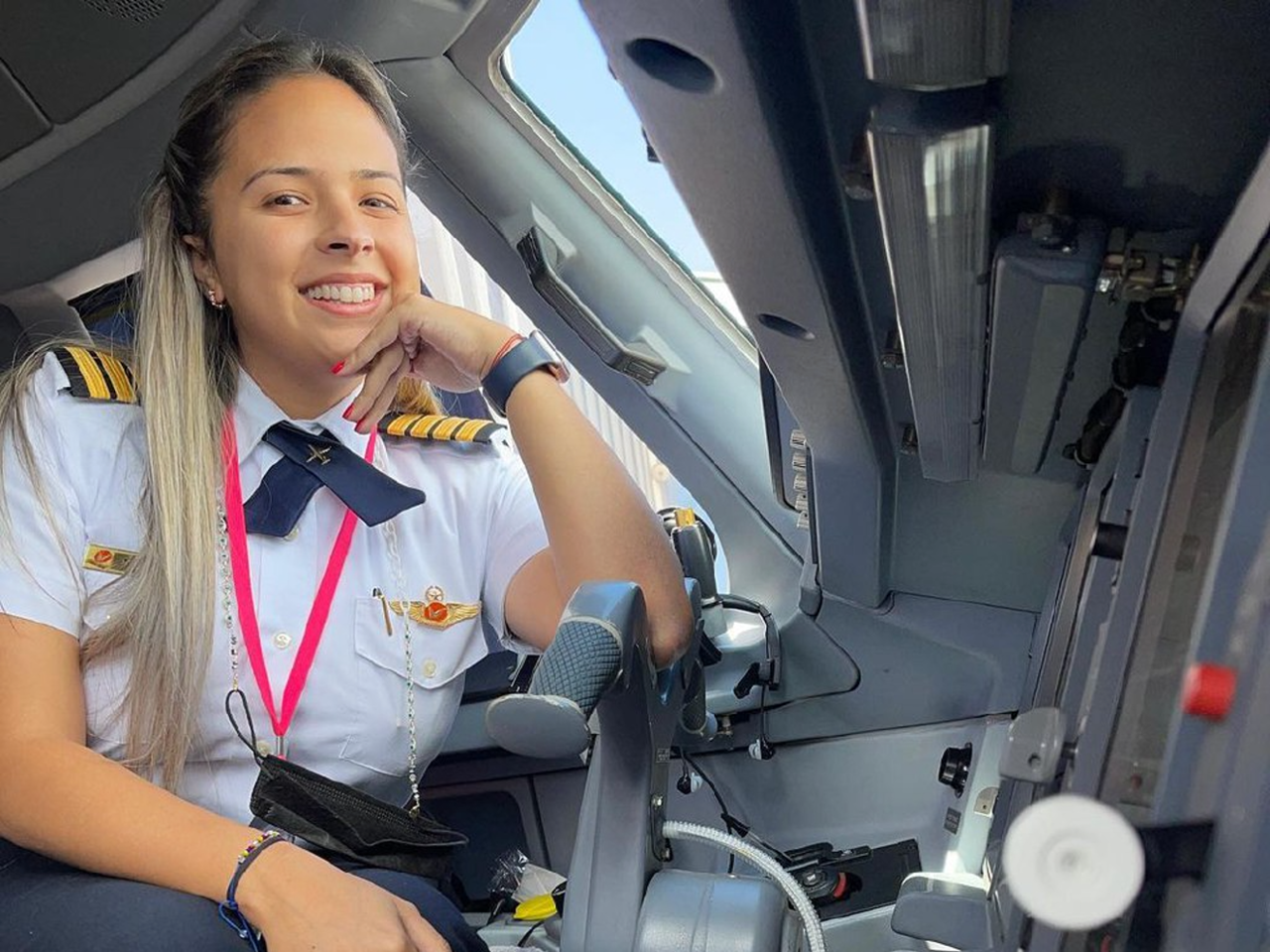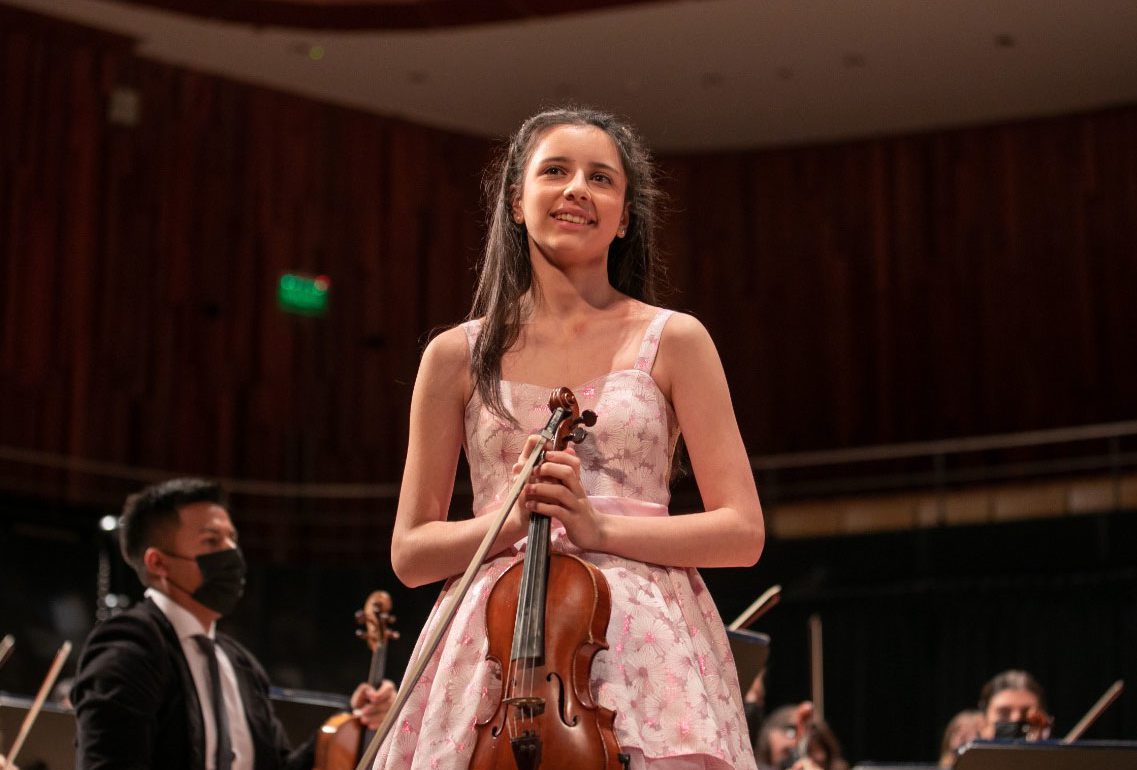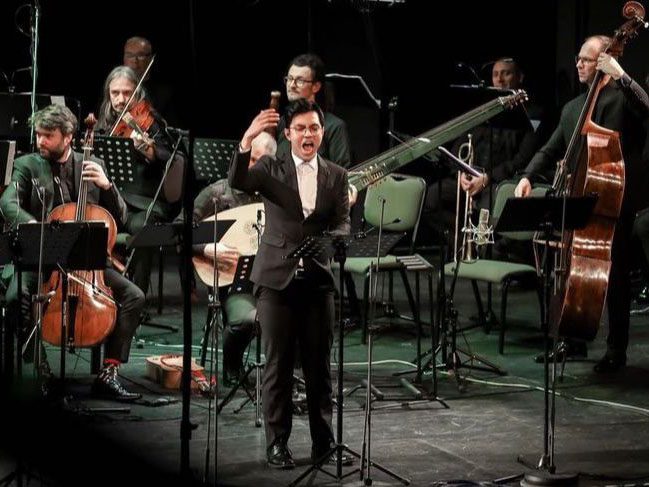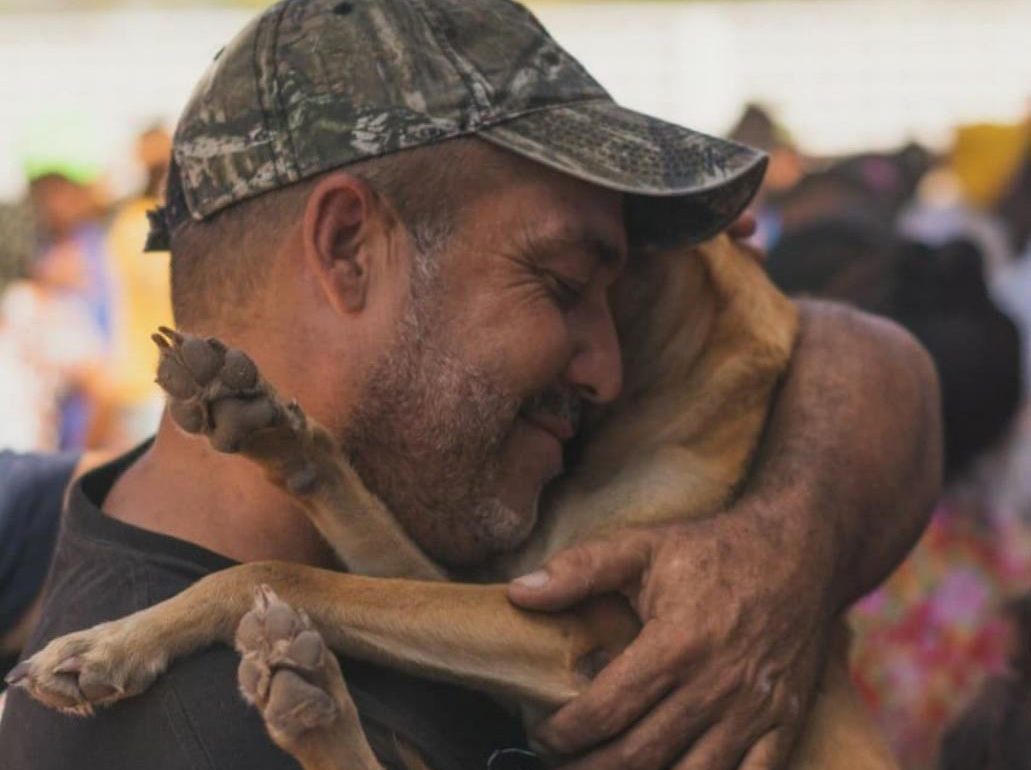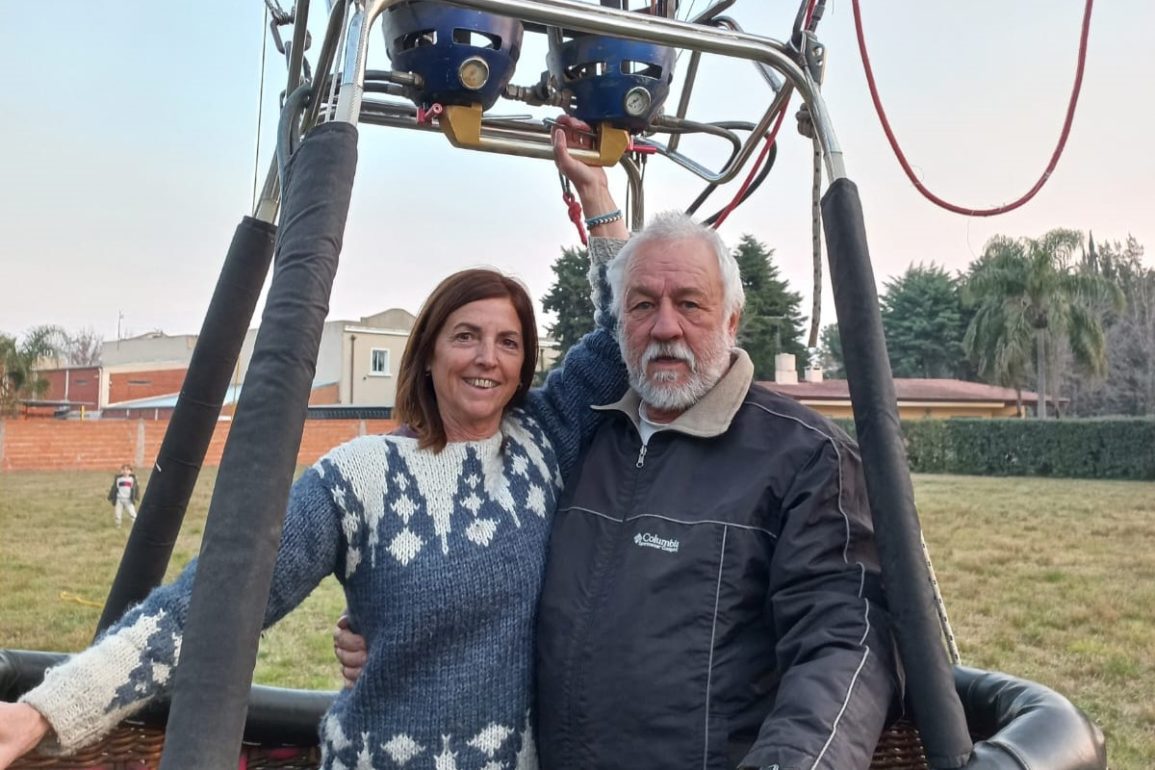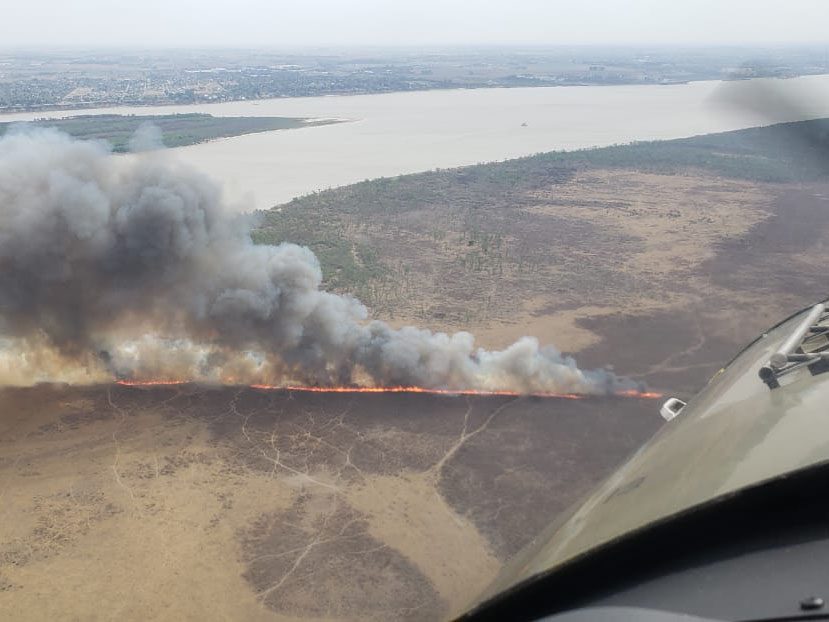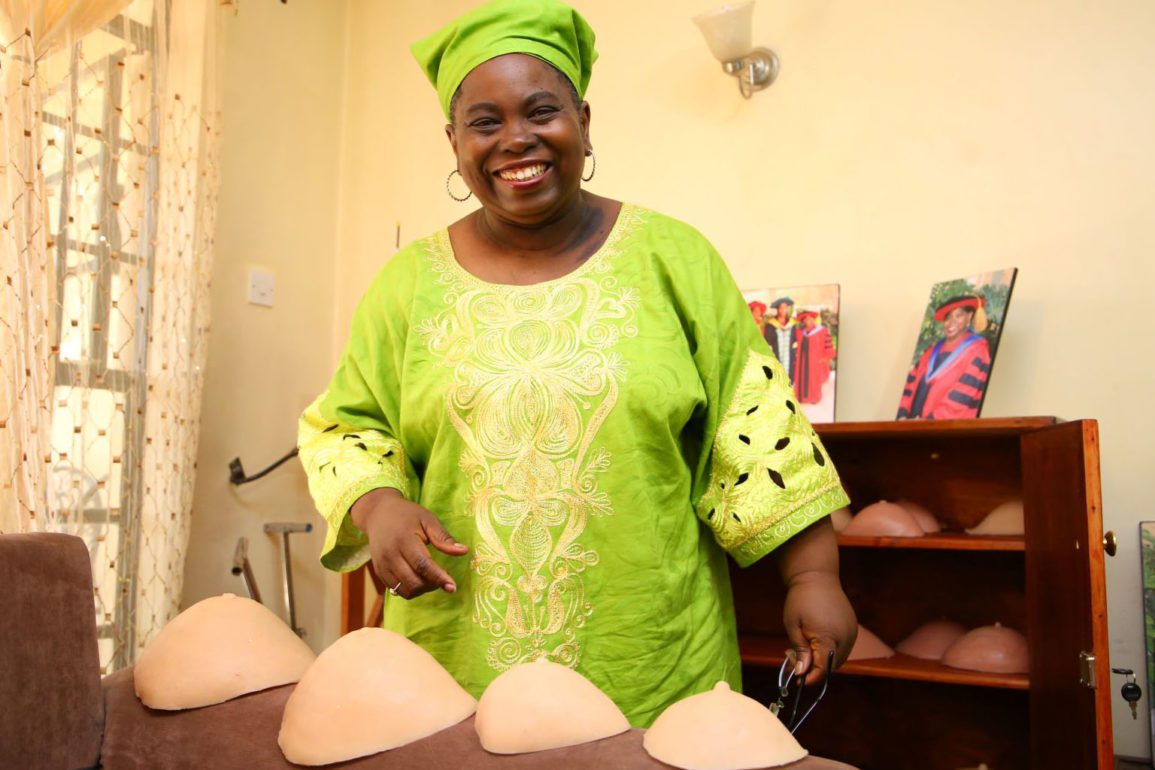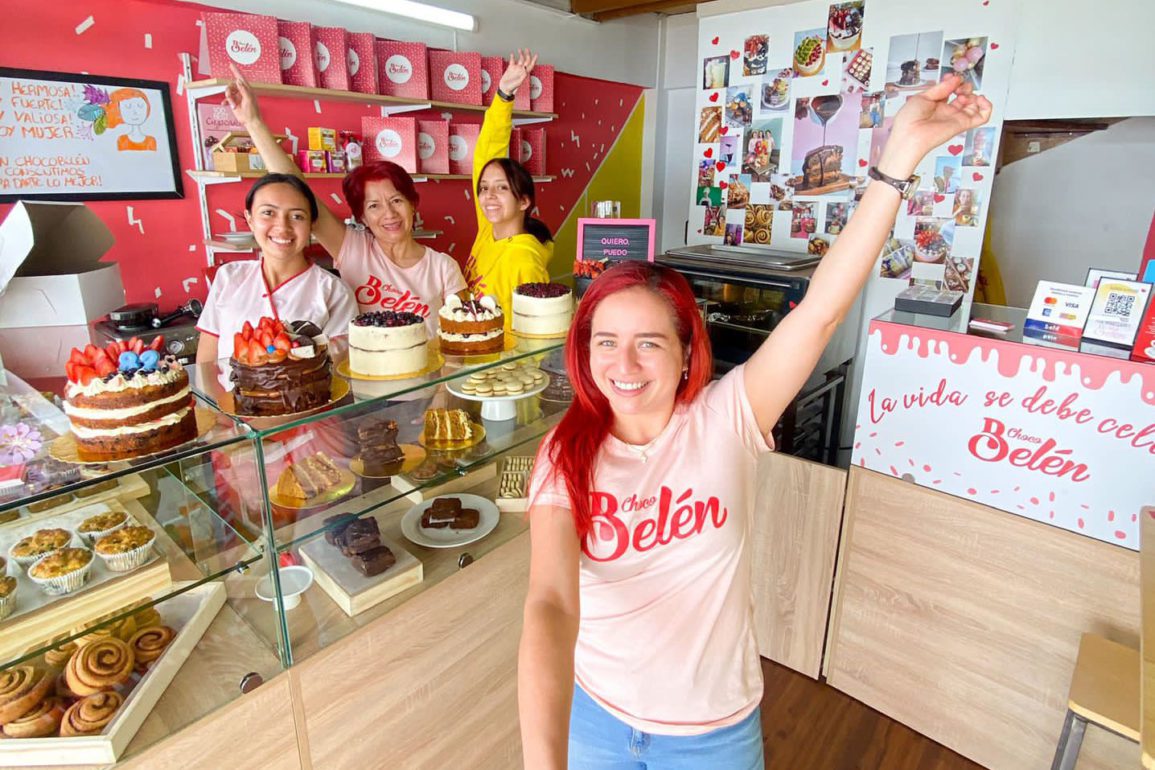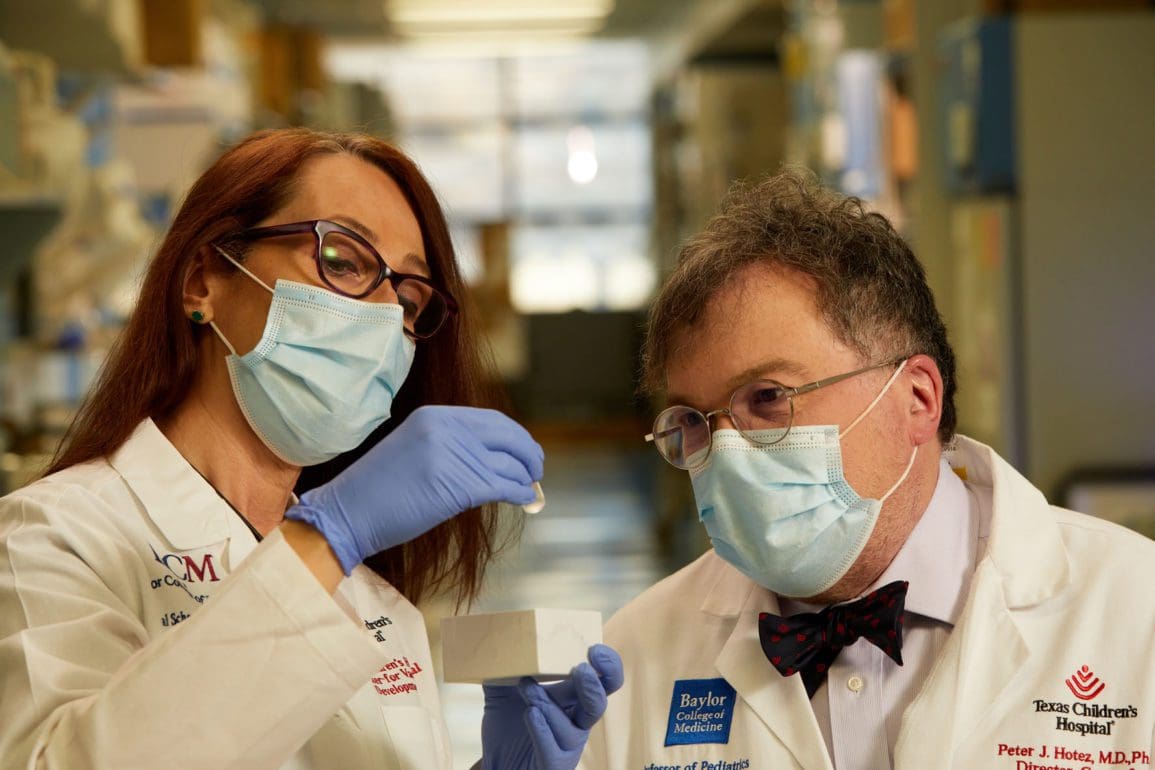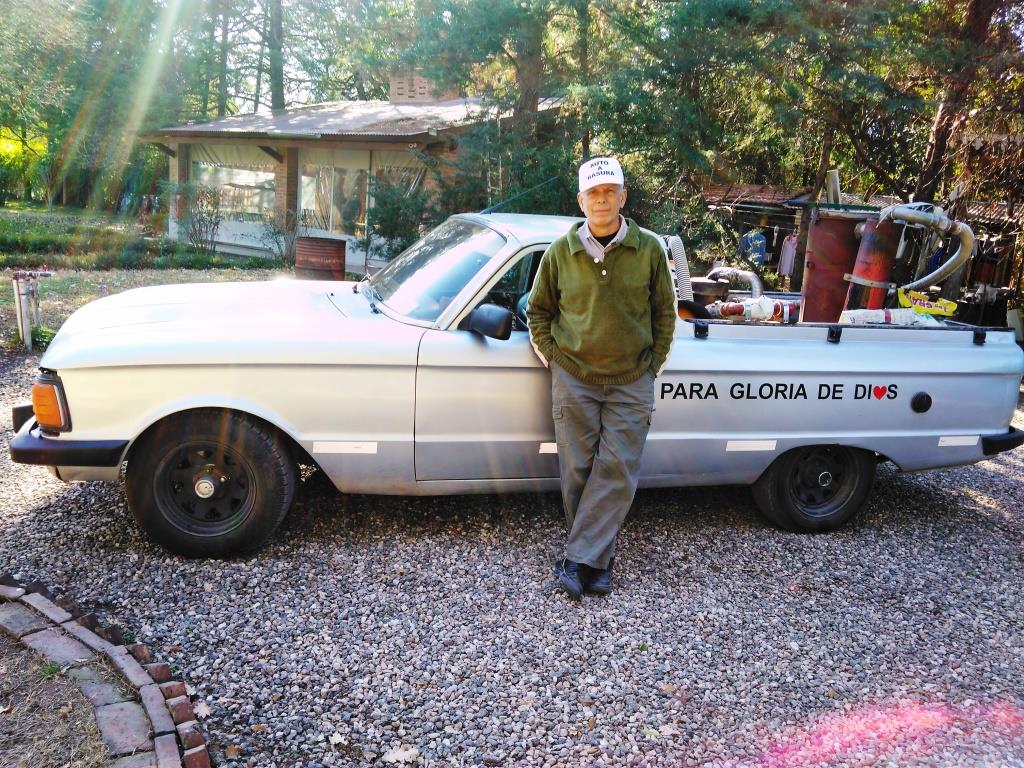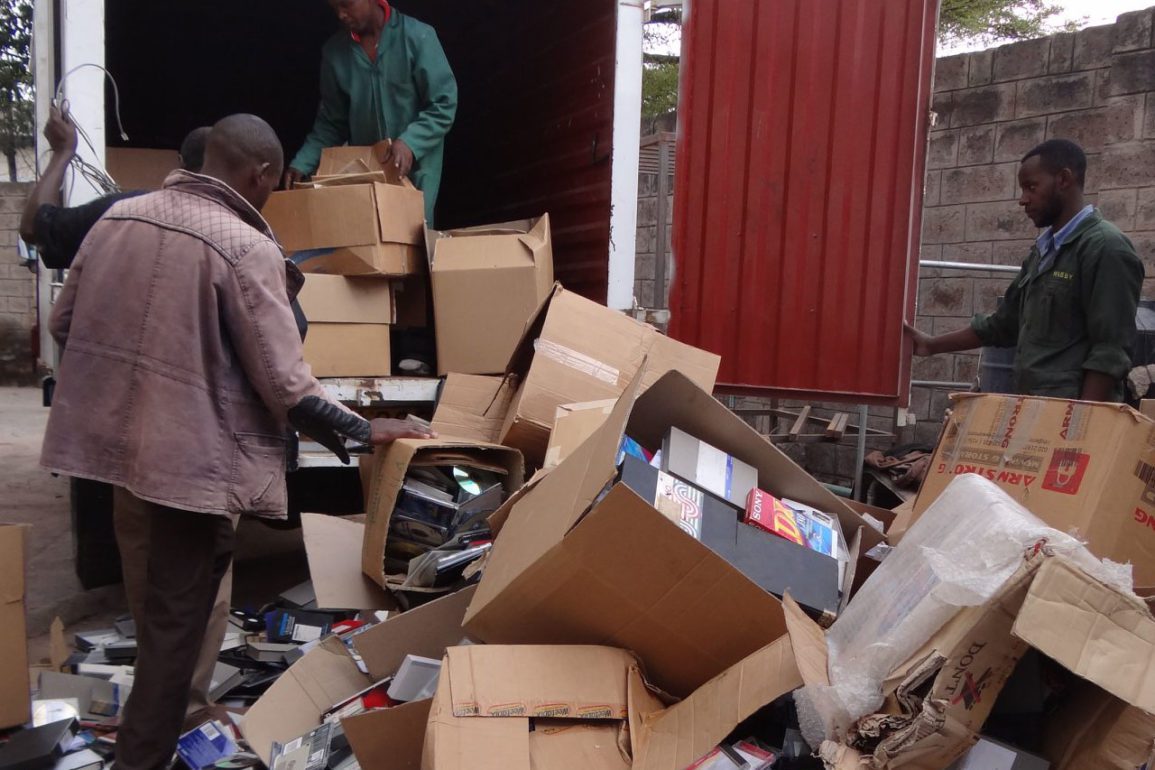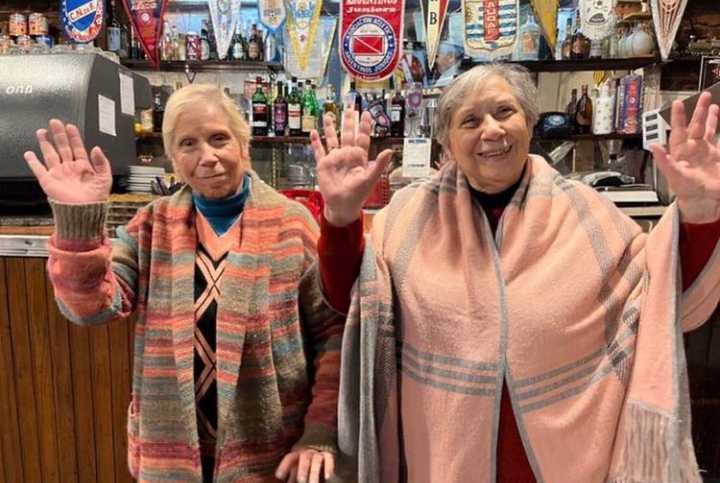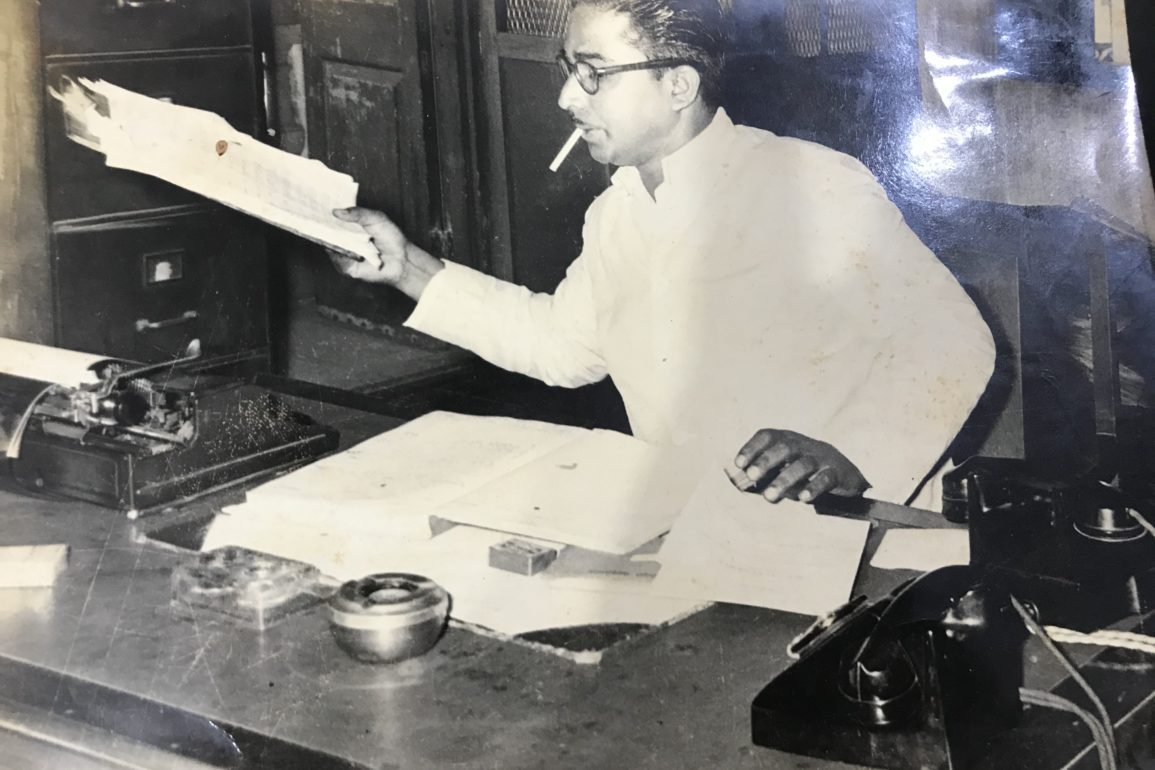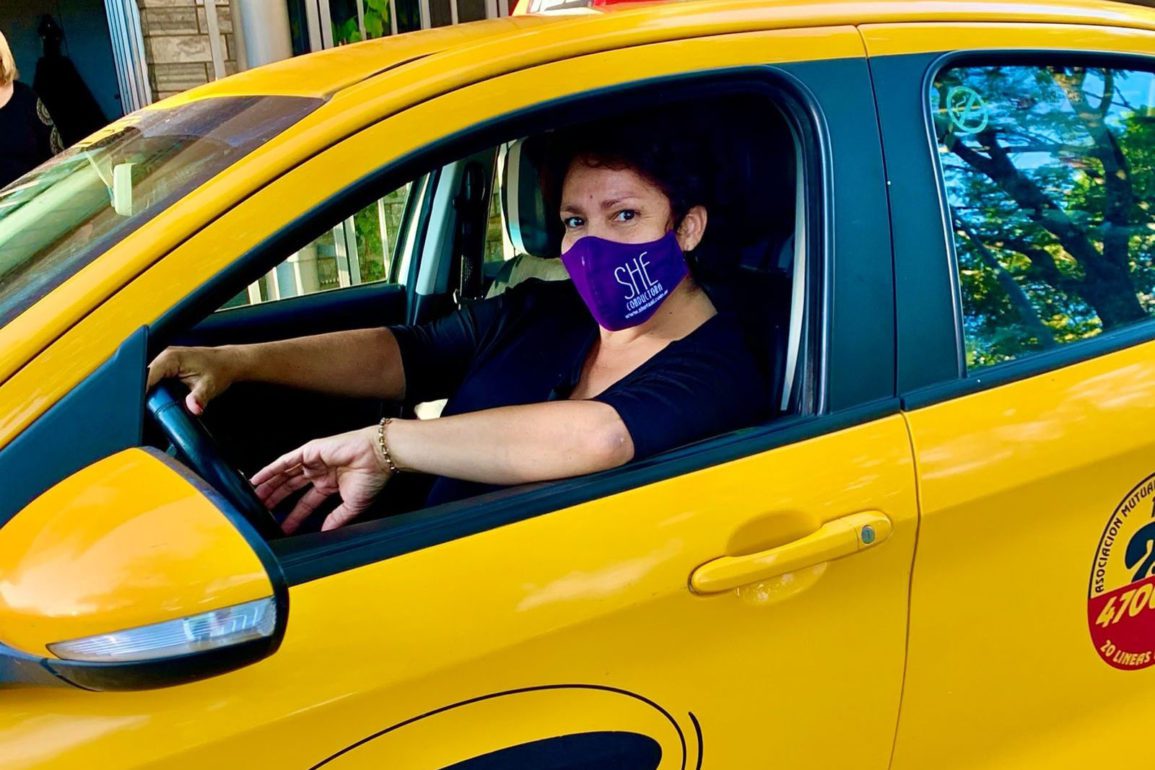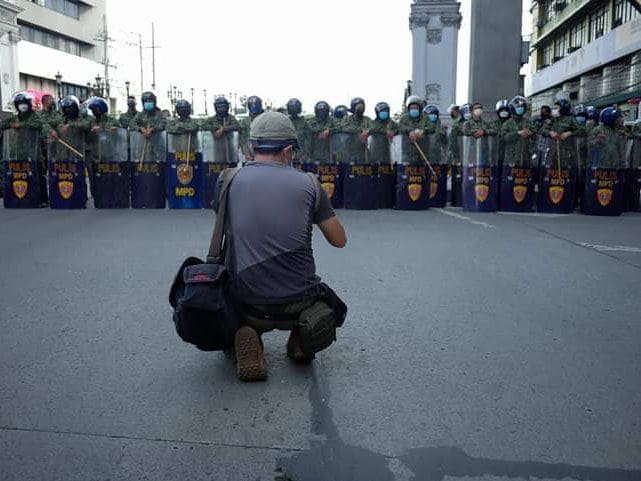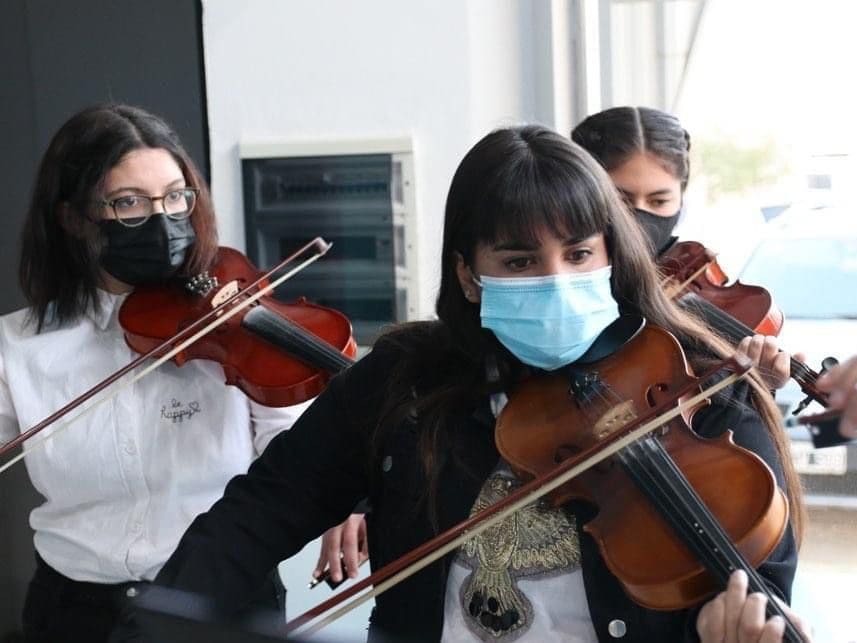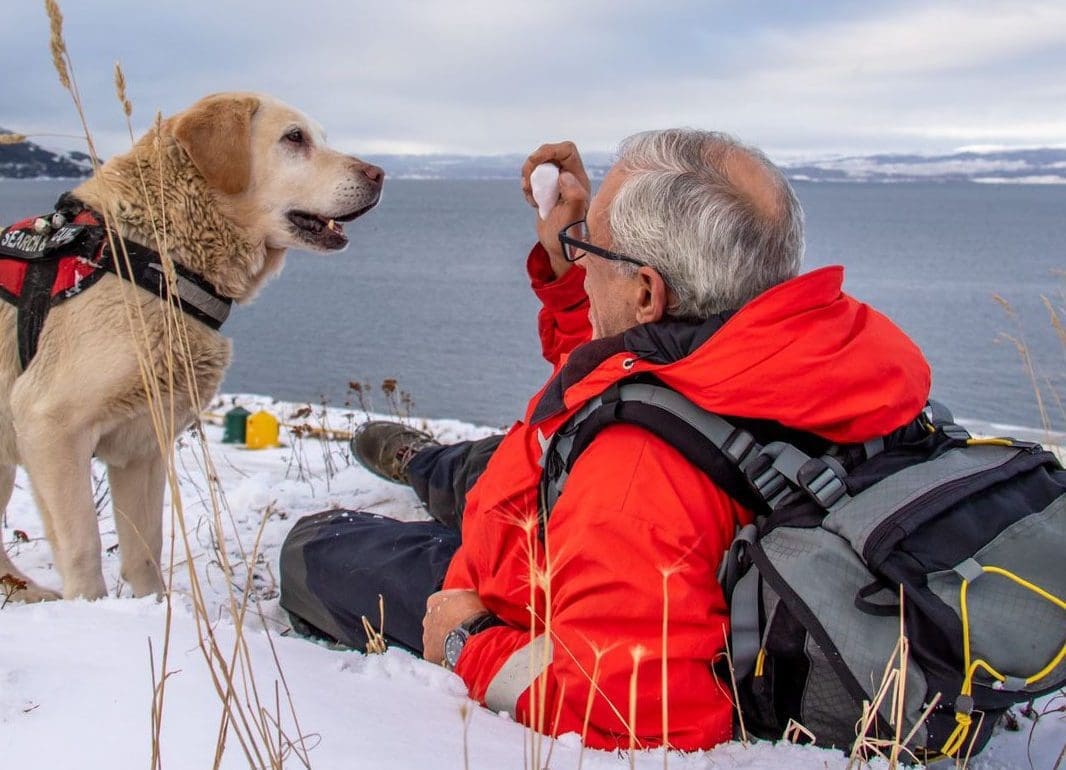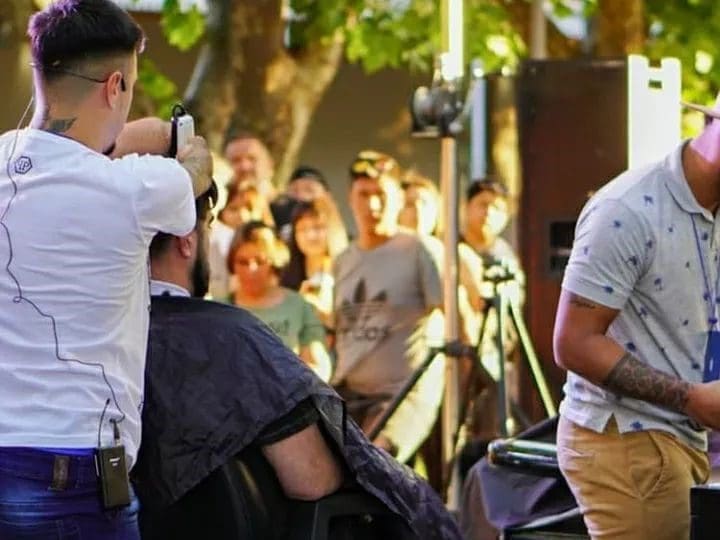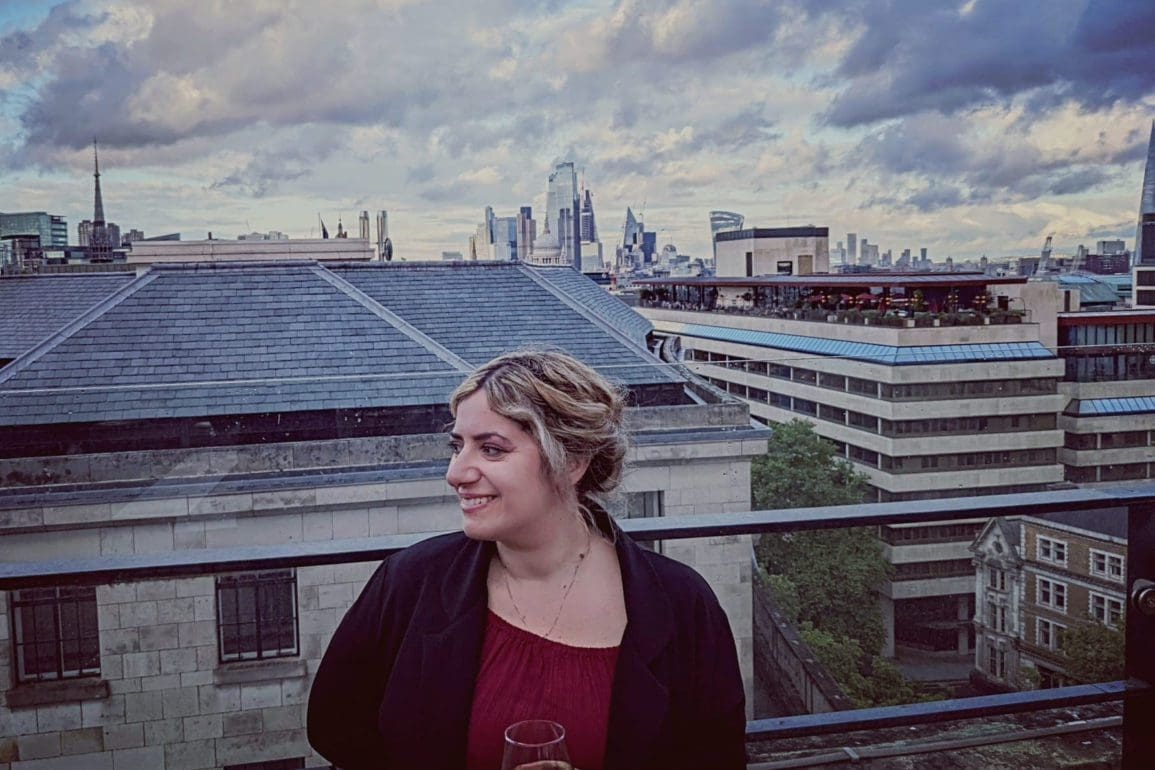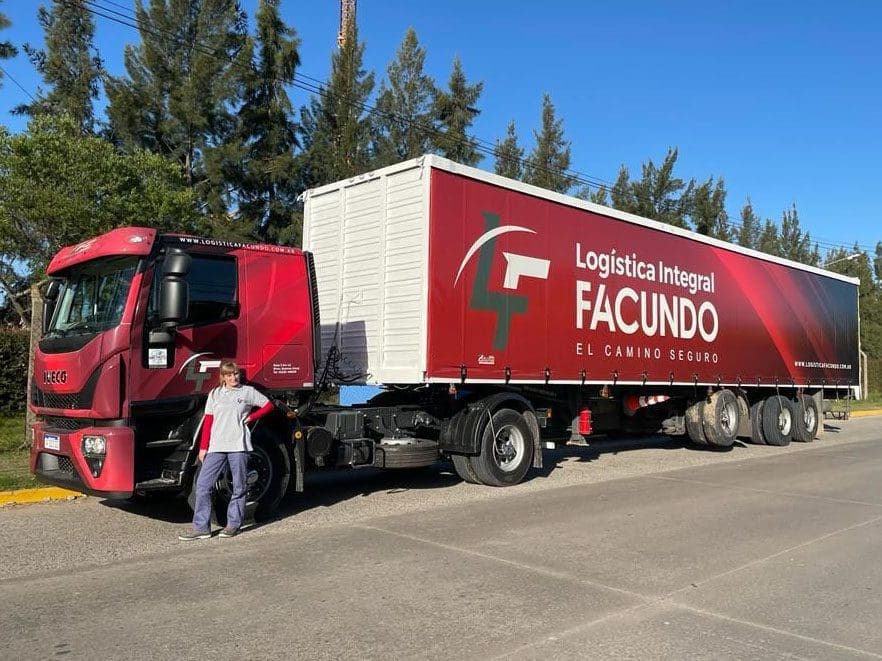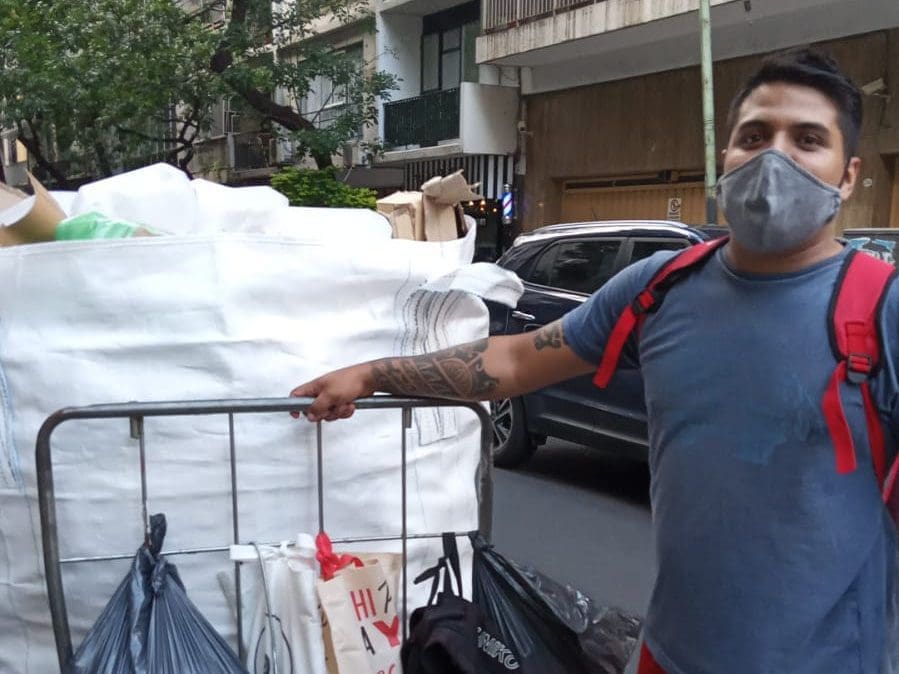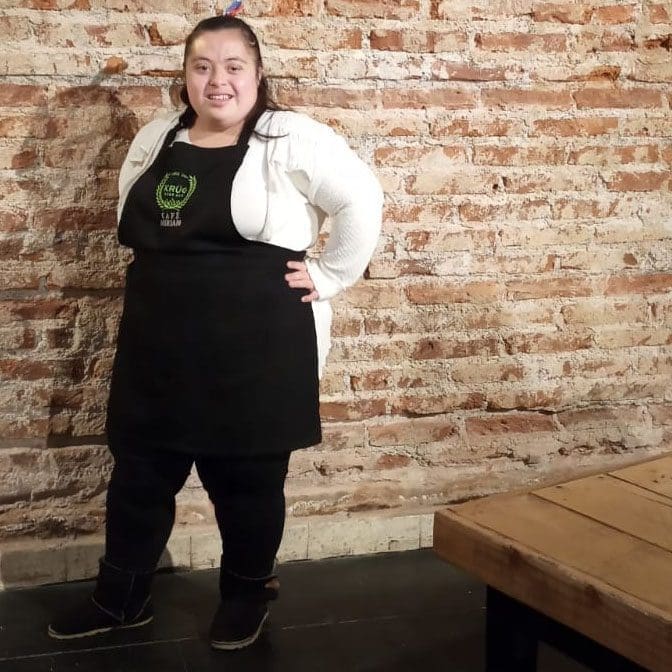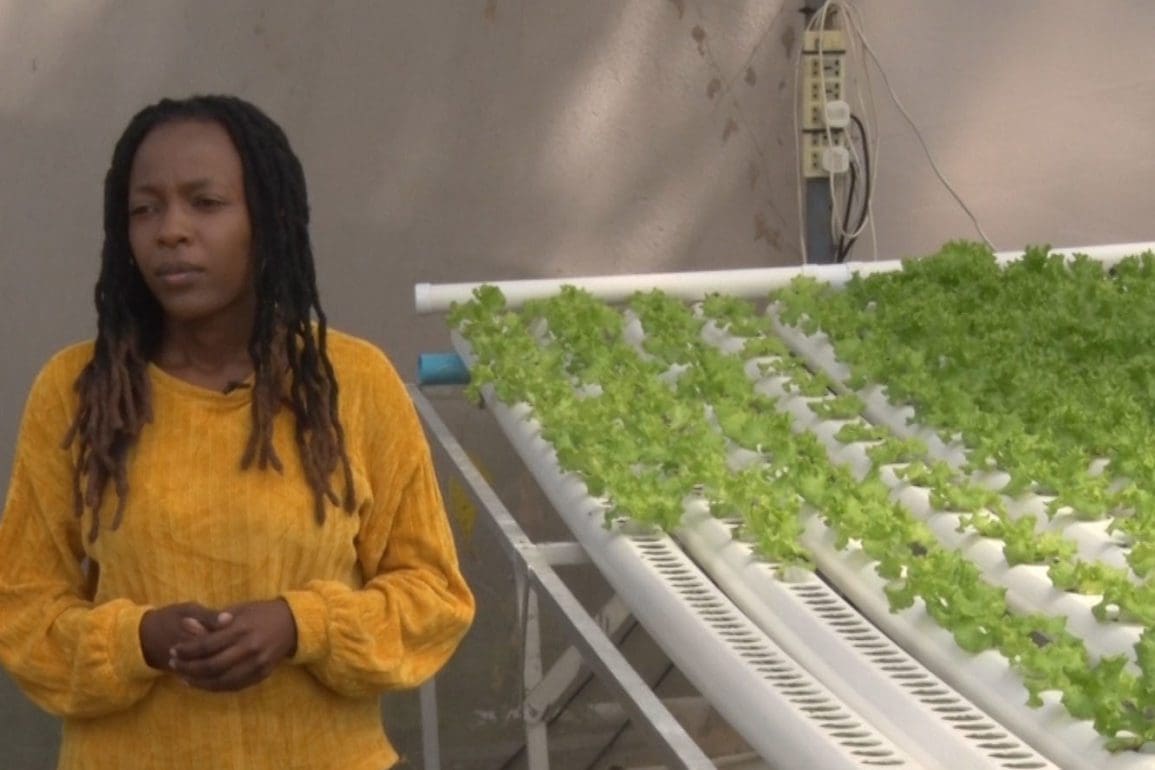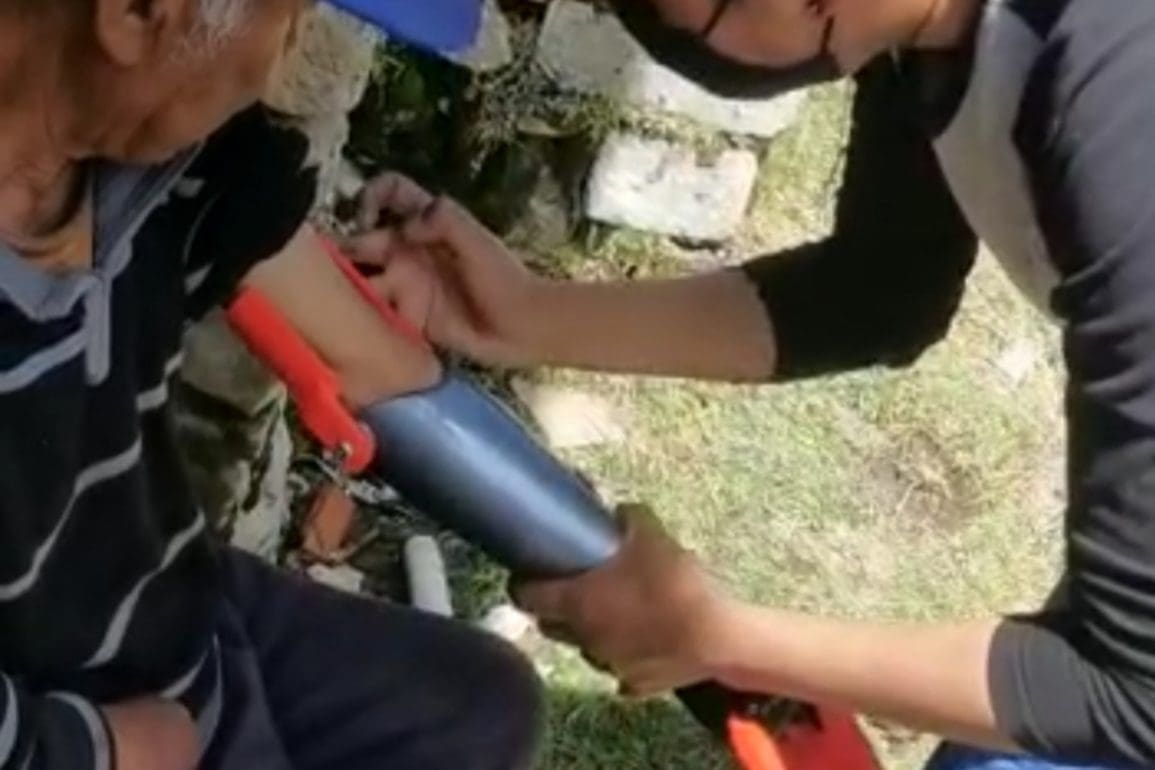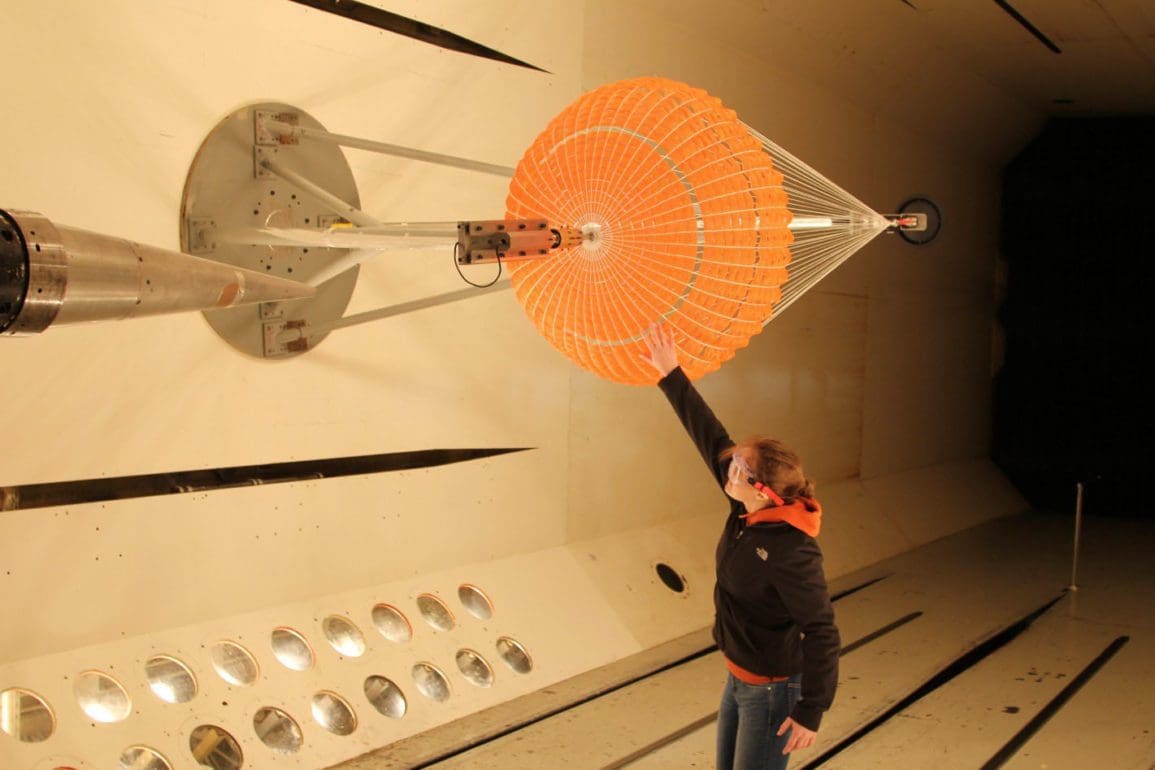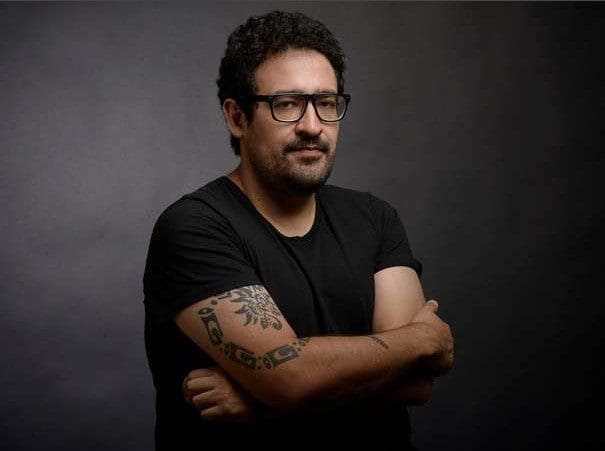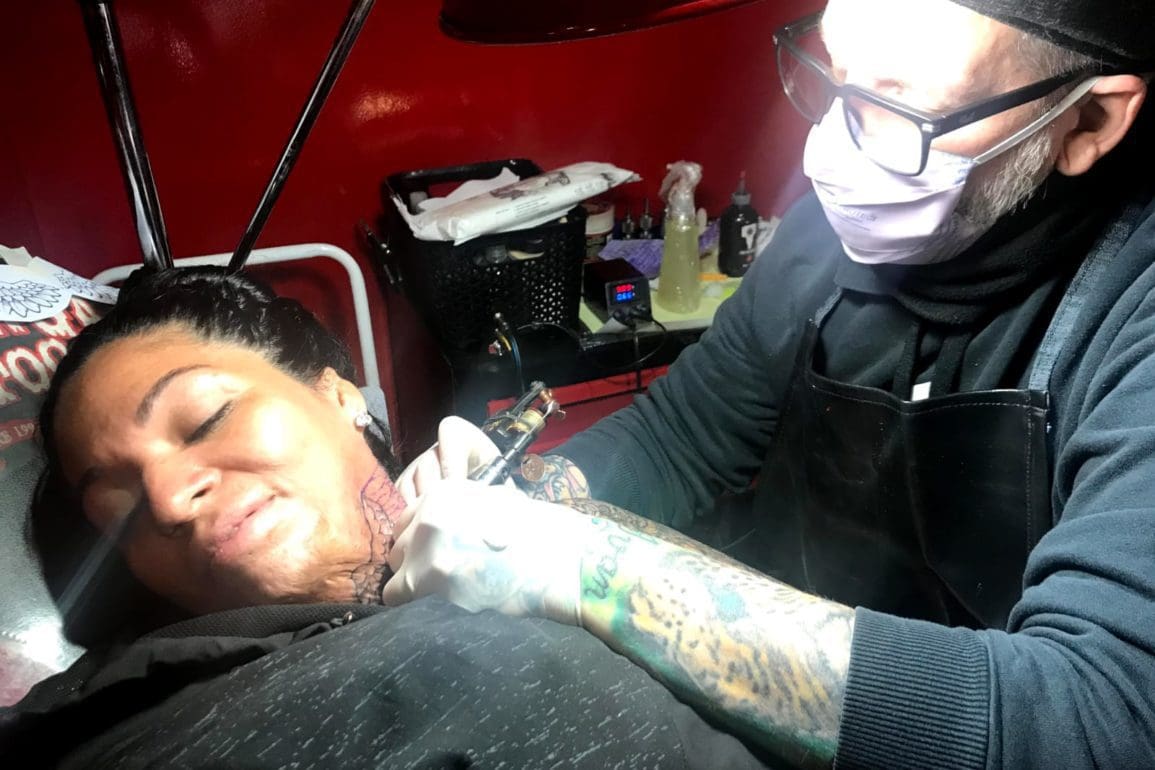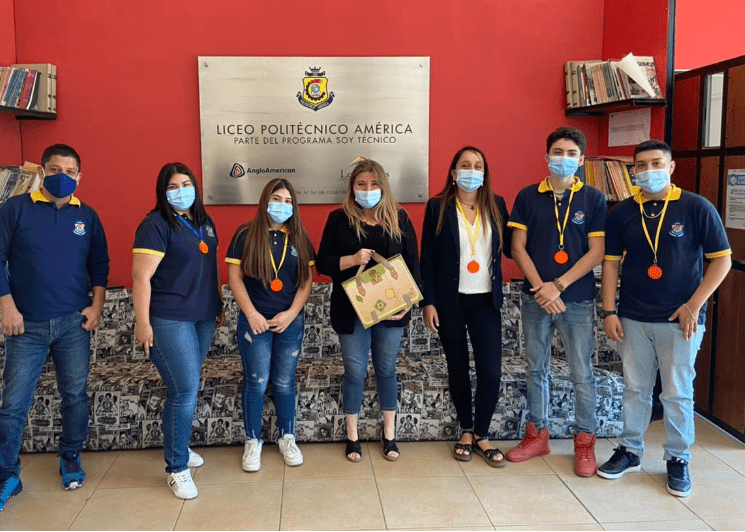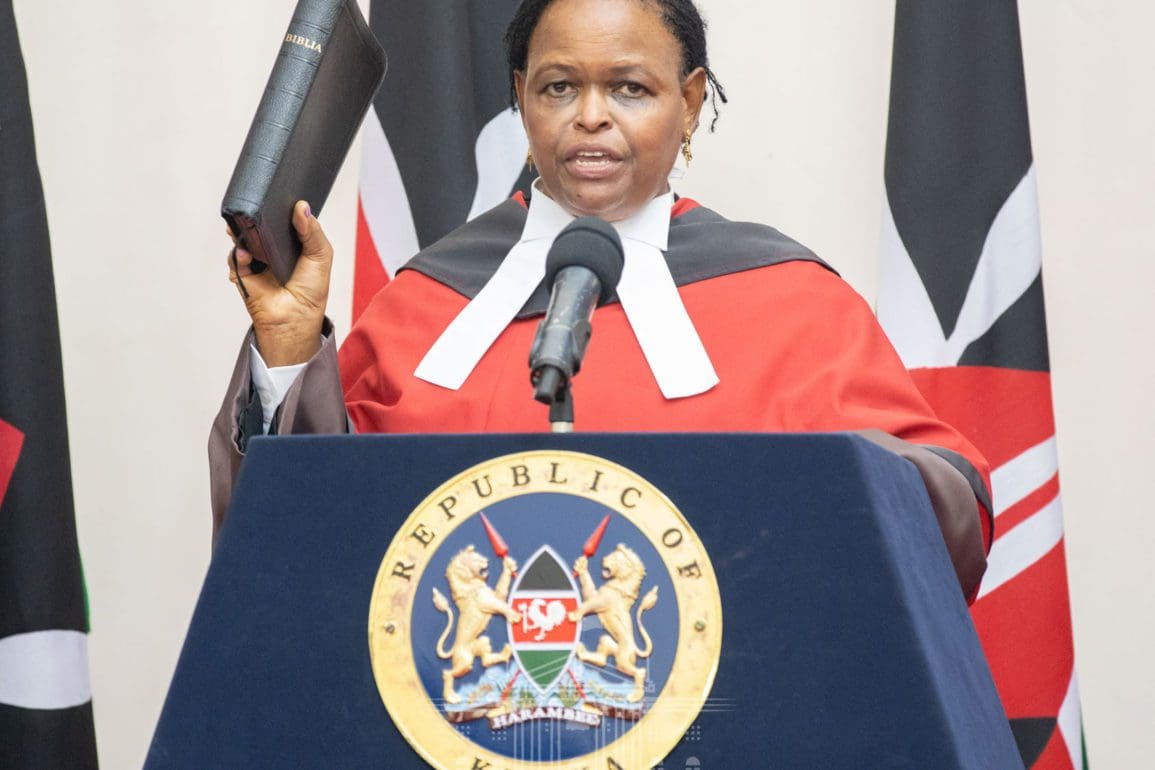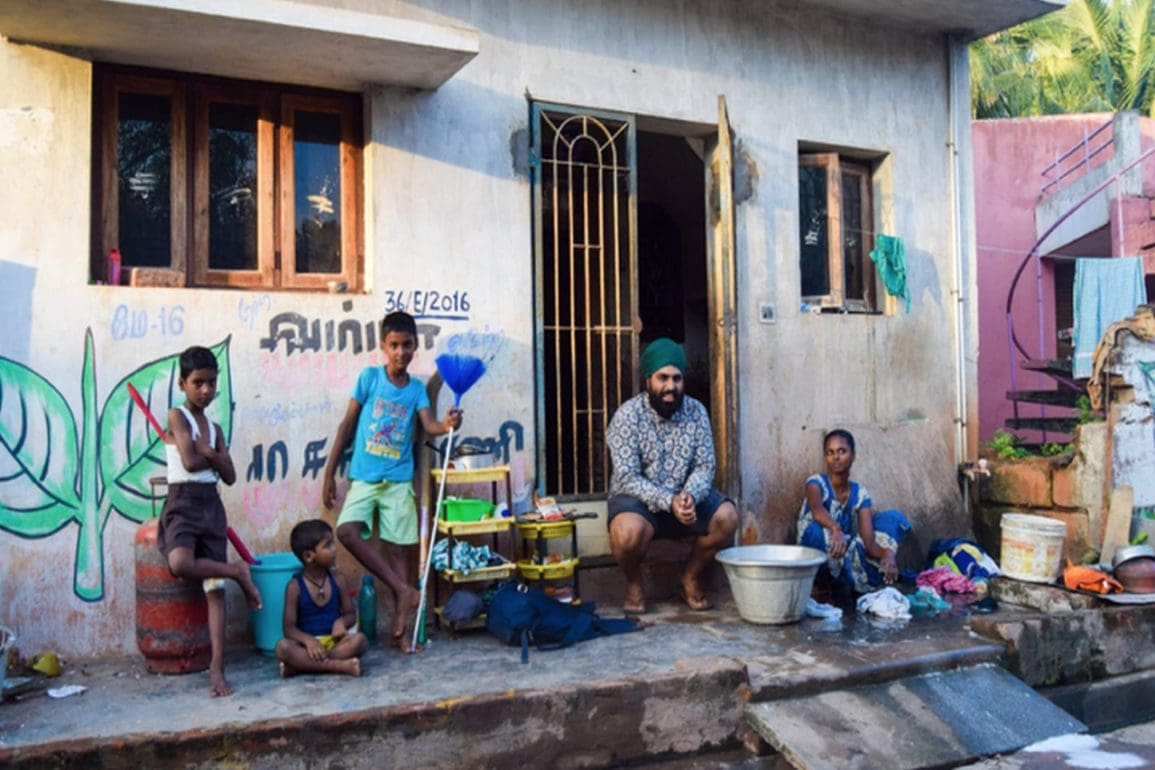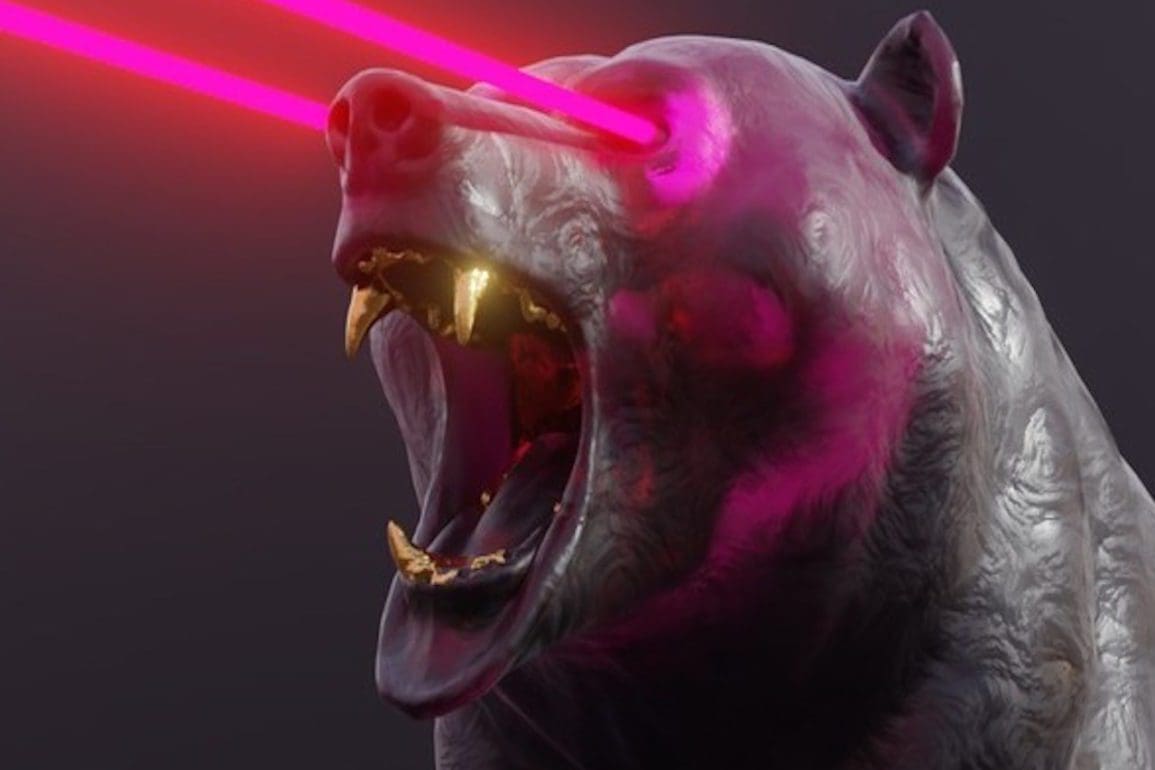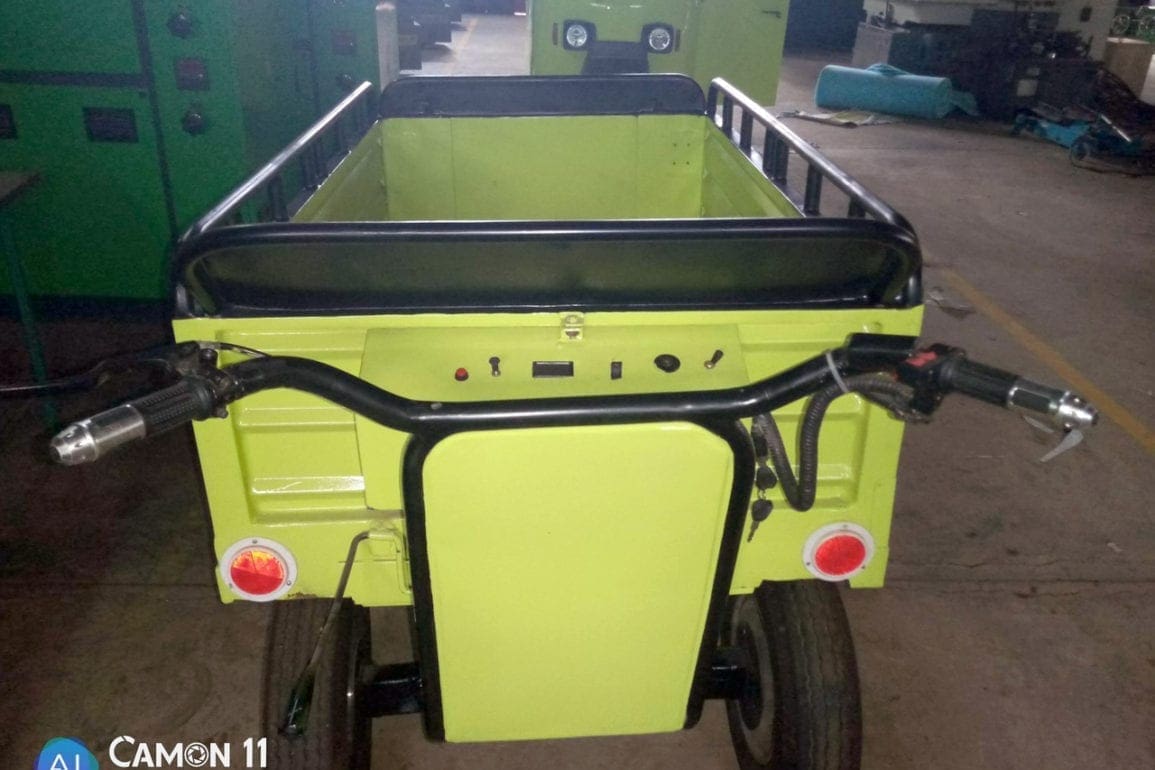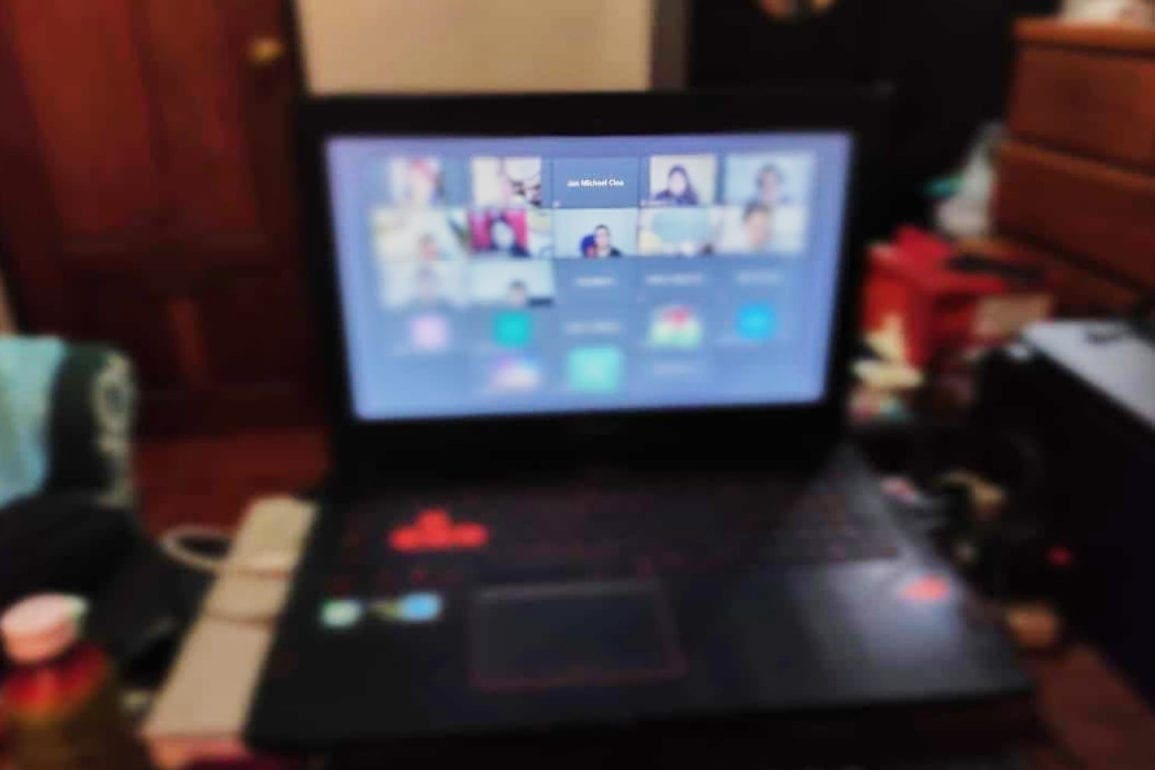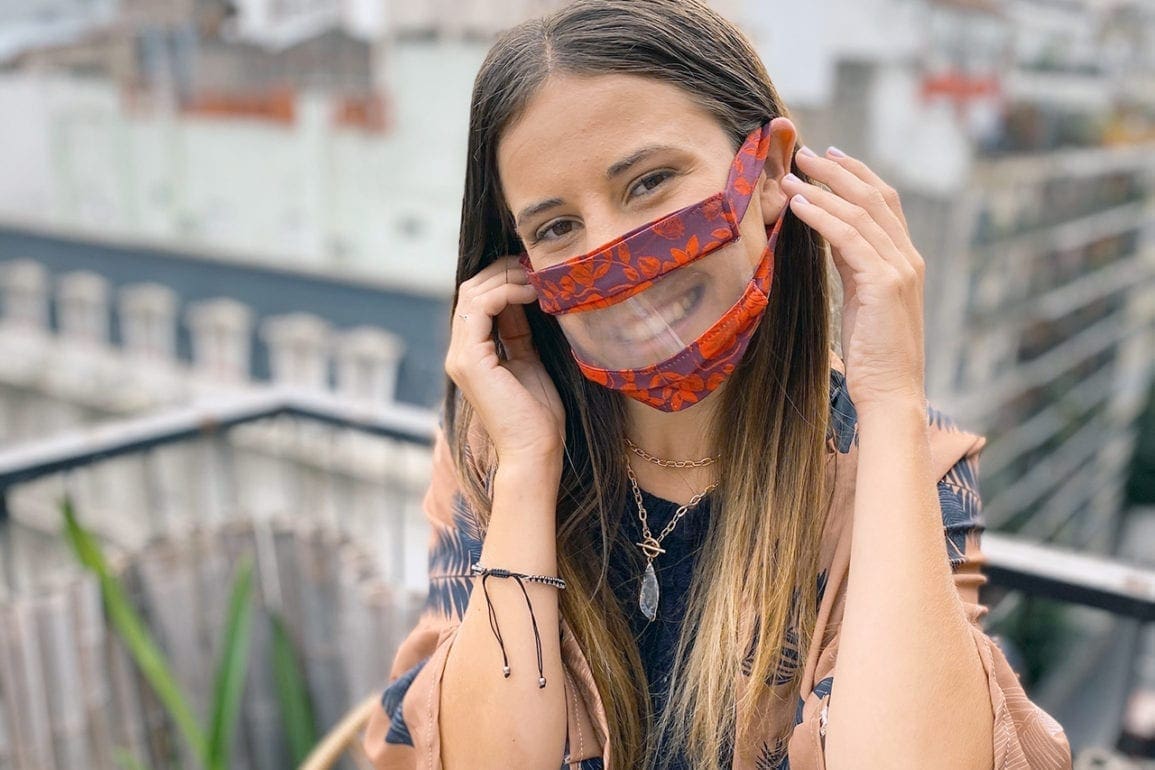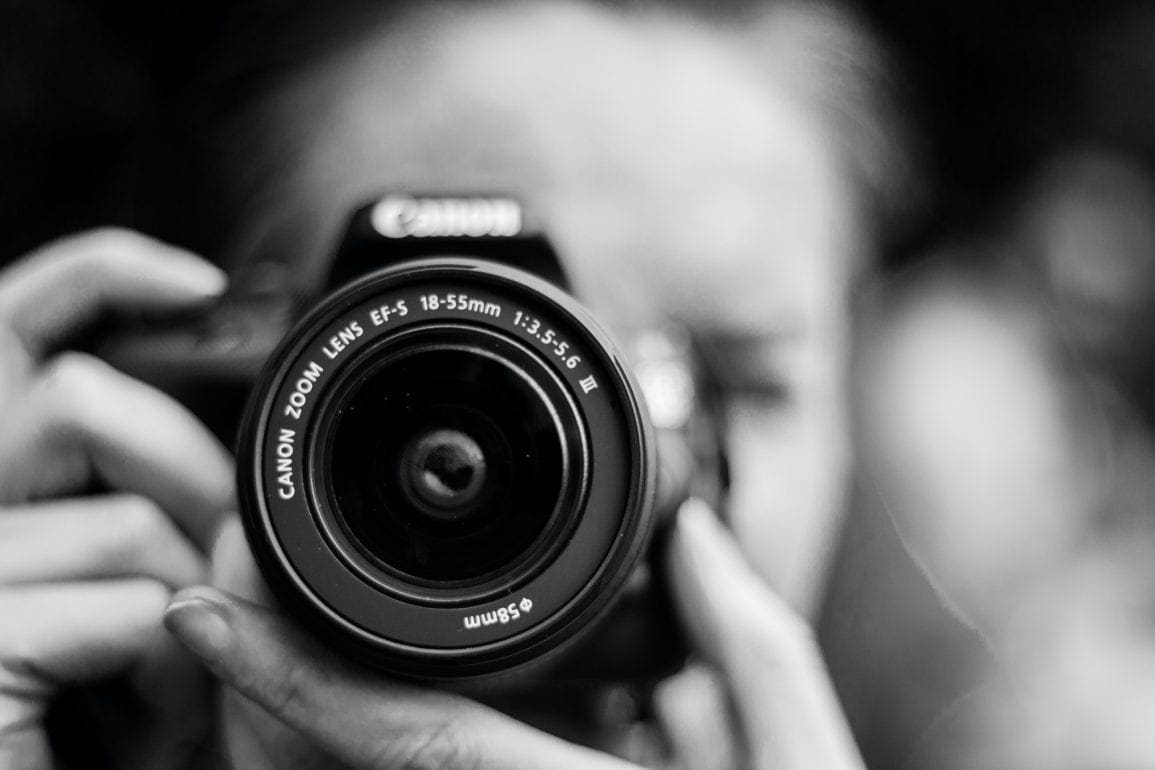I went from a kid, taking things apart and fixing them, to Argentina’s first aerospace engineer
As kids, my younger brother and I built mini cities for our figurines and staged fight scenes. Sometimes, the play fighting became so intense, we smashed our toys together and broke them. Our only option, if we wanted to continue playing, was to fix them ourselves.
- 1 year ago
March 11, 2023
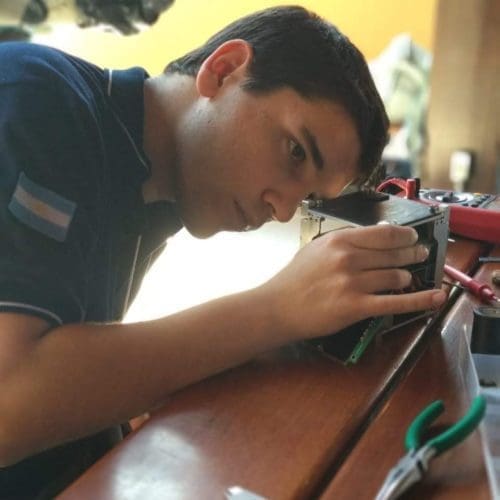
BUENOS AIRES, Argentina ꟷ I always knew I wanted to be an engineer. From childhood, I liked figuring out how things work. Aerospace fascinated me most because, from it, emerges the most cutting-edge technology out there. At that time in Argentina, no aerospace engineering program existed. Then something incredible happened.
During my final year of high school, I sat on the couch next to my dad watching a game of soccer. At halftime, an advertisement came on screen. The National University of San Martín (UNSAM) launched Argentina’s first aerospace engineering program! The very next day I went to the college to sign up. Filled with joy, I found exactly what I always wanted – and not in Mexico, Spain, or some other Spanish-speaking country. I found it in Argentina.
Read more inspiring Science & Tech stories from around the world at Orato World Media.
Had that moment not occurred, I would have enrolled in naval engineering and followed a very different path. Instead, at 25 years old, I became Argentina’s first aerospace engineer. Today, I get to work on the most complex designs in existence. I want to make things to help humanity get to other places; to work on interplanetary missions, and ultimately to expand human knowledge.
Starting out as a kid who took things apart
As kids, my younger brother and I built mini cities for our figurines and staged fight scenes. Sometimes, the play fighting became so intense, we smashed our toys together and broke them. Our only option, if we wanted to continue playing, was to fix them ourselves. This became my first experience learning the inner workings of something.
More opportunities like this arose, and my passion grew. I often stood next to my father as he fixed things at home. I watched him work away, learning all I could about the tools he used. When my brother and I would get angry from losing a soccer game on the PlayStation, we took it out on the poor joysticks. Time and again, dad fixed them as I stood by and watched.
On another occasion a recording device I won in a raffle broke, so I opened it up. I studied the mechanics inside the device until I discovered the problem. That early, I had no idea how to solder metal together or use a resistor to limit electrical flow. I simply looked at what appeared in front of me and manipulated it. When I fixed the device, something important happened. I became overwhelmed with joy. As though I designed it myself, a great sense of accomplishment filled me.
At 13 years old, I asked my parents to enroll me in a technical school. It had an automotive orientation and gave me the opportunity to work in tin smithing, carpentry, and turnery [the process of making something on a rotating lathe]. I absolutely loved it, and I found my path.
Only five out of 300 make it through the program
From the moment I began my studies at UNSAM in aerospace engineering, I acquired an increasing passion for space and technology. The launches completed by SpaceX, the Space Exploration Technologies Corporation, do not surprise me at all. [SpaceX works closely with NASA to launch satellites into Earth’s orbit and to deliver cargo and astronauts to the International Space Station. Unlike NASA, SpaceX creates reusable rocket launchers, instead of the ones that fall into the ocean after expending their fuel.]
When I consider the technology they created to dock the ship to the space station or the launcher, which lands on an aircraft carrier at a precise location, I feel thrilled. Those technologies remain profoundly complex and, until now, no one knew how to invent them. This is what I like the most about my work – seeing new and innovative technologies change the way we do things.
Achieving my goal to be Argentina’s first graduate from the aerospace engineering program filled me with pride. In November 2022, I successfully defended my thesis. Only five of the 300 people who signed up for the program made it to that point.
The entire week leading to my thesis presentation, my nerves overwhelmed me. Riding in my parents’ car to school, I sat in silence, listening to music and taking long, deep breaths. I walked several blocks, suit in hand, to the location. The sun beat down on me and when I arrived, sweat poured off my skin from the heat and my nerves.
After watching the live launch of SAOCOM’s satellite, I joined the team
As soon as I got inside, the university’s public relations team asked to interview me. My nervousness worsened at the magnitude of the moment. Inside the room where I would present and defend my thesis, I saw a large crowd. My family, friends, teachers, classmates, and administrators all watched. I went first and felt enormous pressure, but when I began to speak, all of that disappeared. The words began to flow from my mouth.
I looked around the room at the happy faces in the crowd and their energy gave me the fuel I needed to keep going. I felt great affection that day, as I looked upon all of the people who accompanied me on my journey. When I finished the thesis, I looked over at the program director Roberto Yasielski. A deeply knowledgeable man, he taught us everything we knew and built a spectacular program. Yet, he can be very critical and tough. He does not hand out praise easily. When he gave a small gesture, indicating I did well, I knew I passed.
My mother, father, grandparents, the director, and deputy director all came forward and I hugged each and every one. My fellow classmates – who endured the program with me – became close friends by the end of the program. We forged lifelong relationships because we all wanted to listen and learn everything we could. Going above and beyond, we attended talks of all kinds, conducted extracurricular projects, and designed rockets and balloons. We watched the live launch of the SAOCOM 1A satellite. Witnessing the excitement of the workers sweep through the operations center thrilled me.
[Since becoming the first graduate of Argentina’s inaugural aerospace engineering program at the National University of San Martín, Nicolás joined the team at SAOCOM, an organization in Argentina which uses observation satellites owned by the country’s space agency to observe Earth and provide disaster monitoring.]
